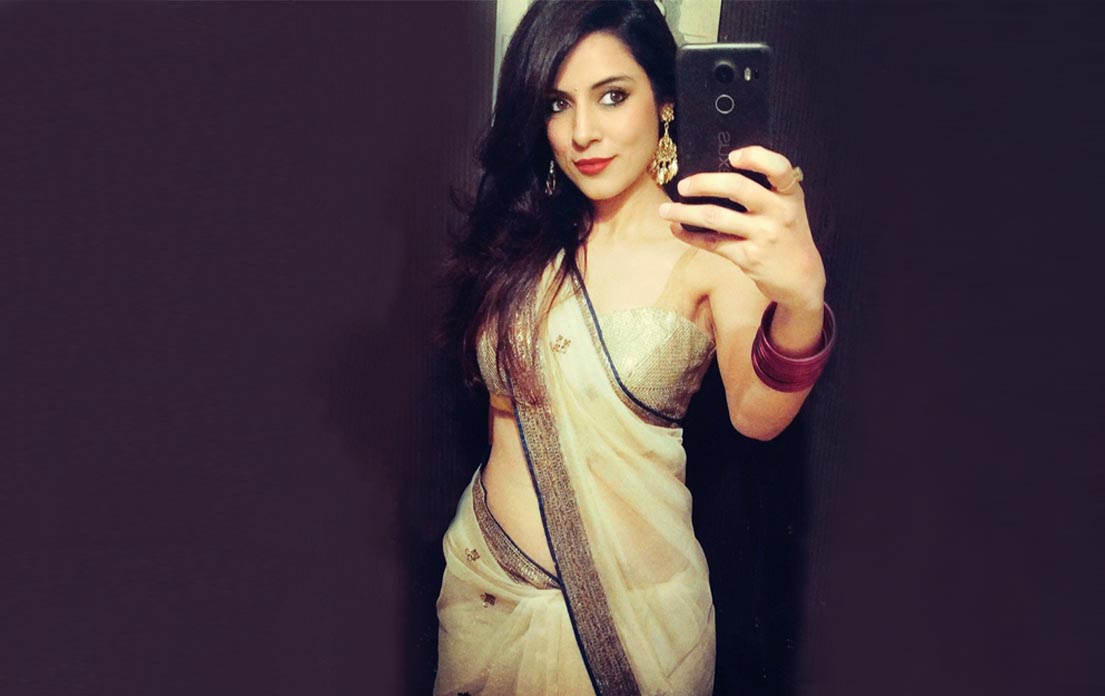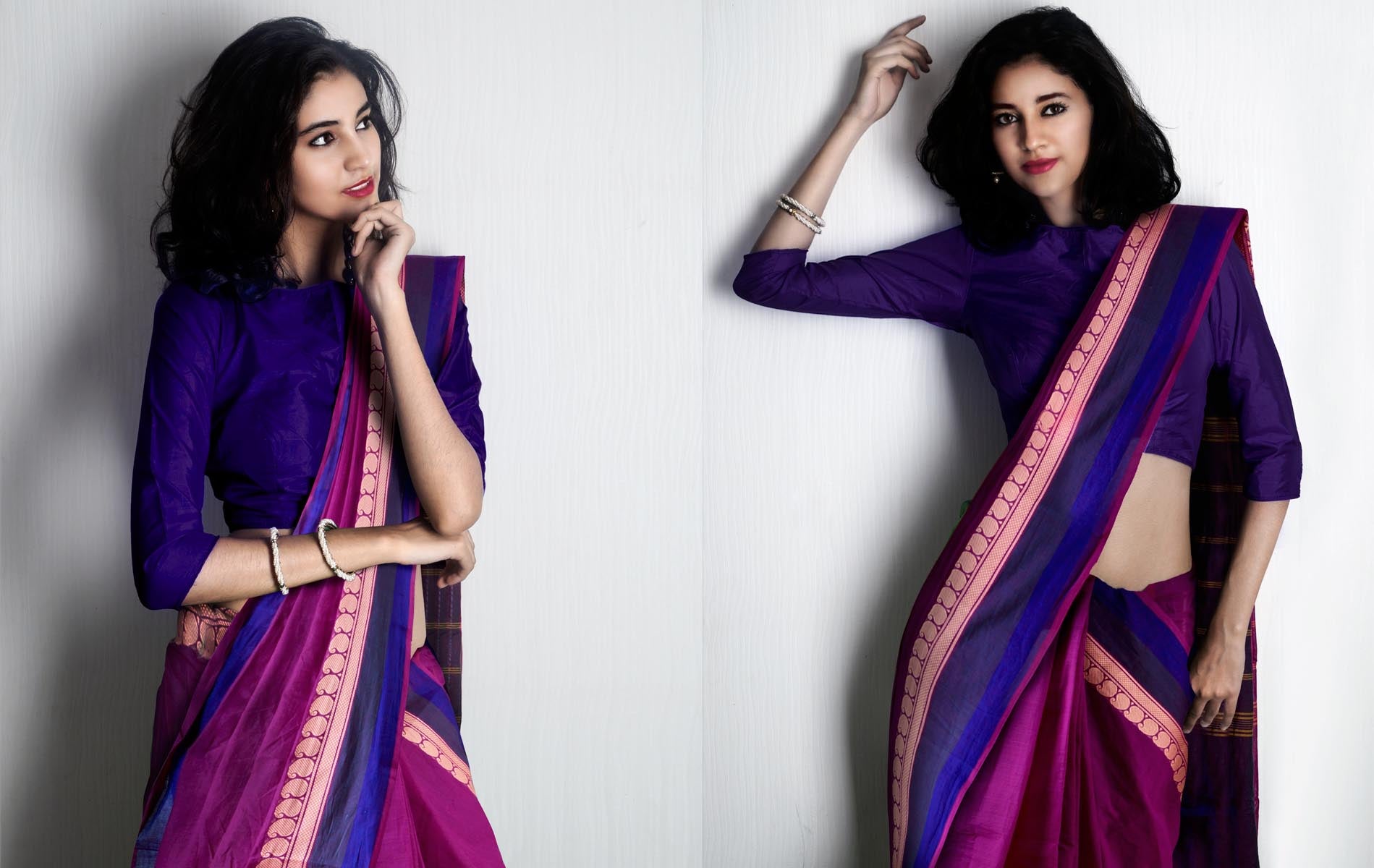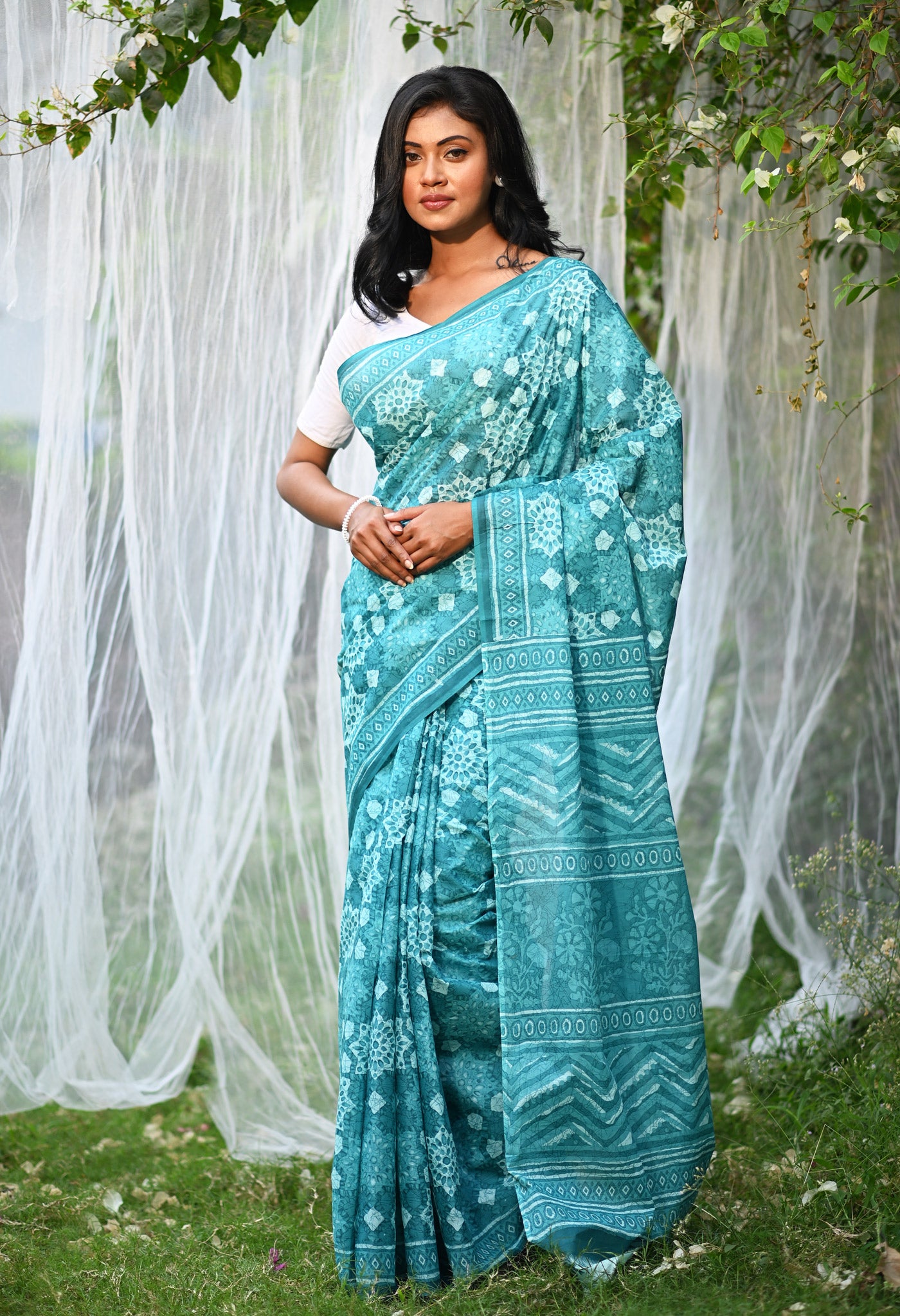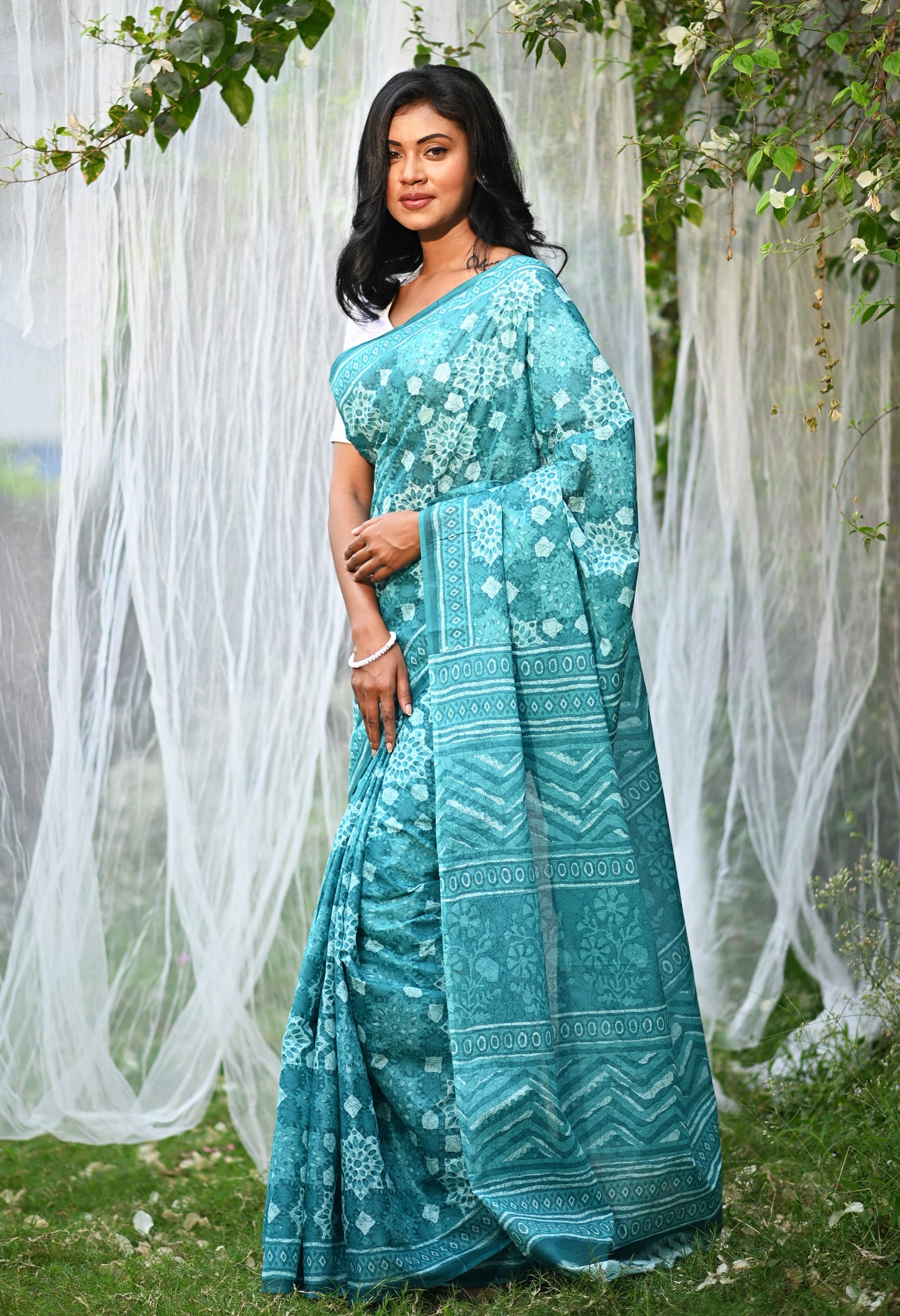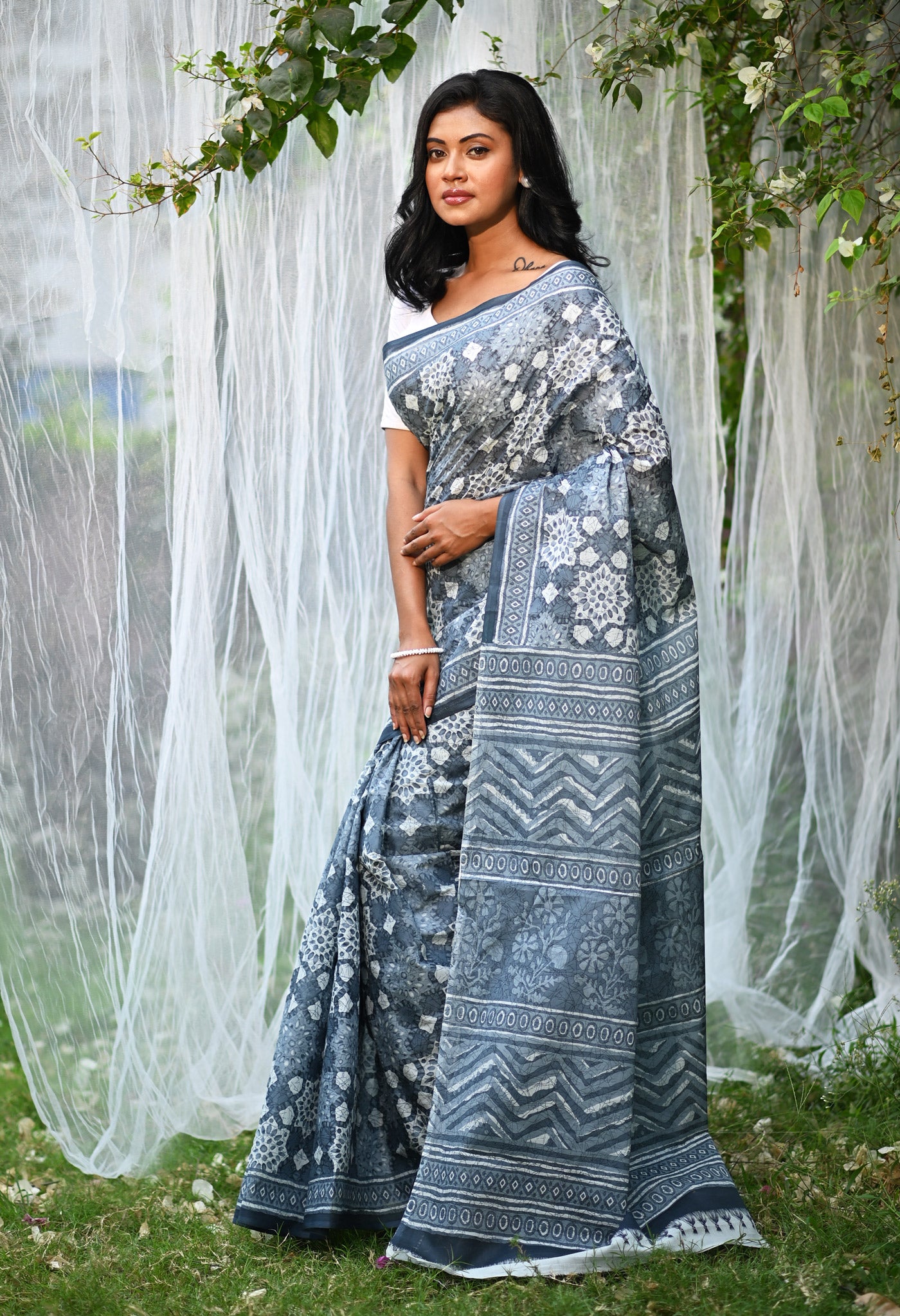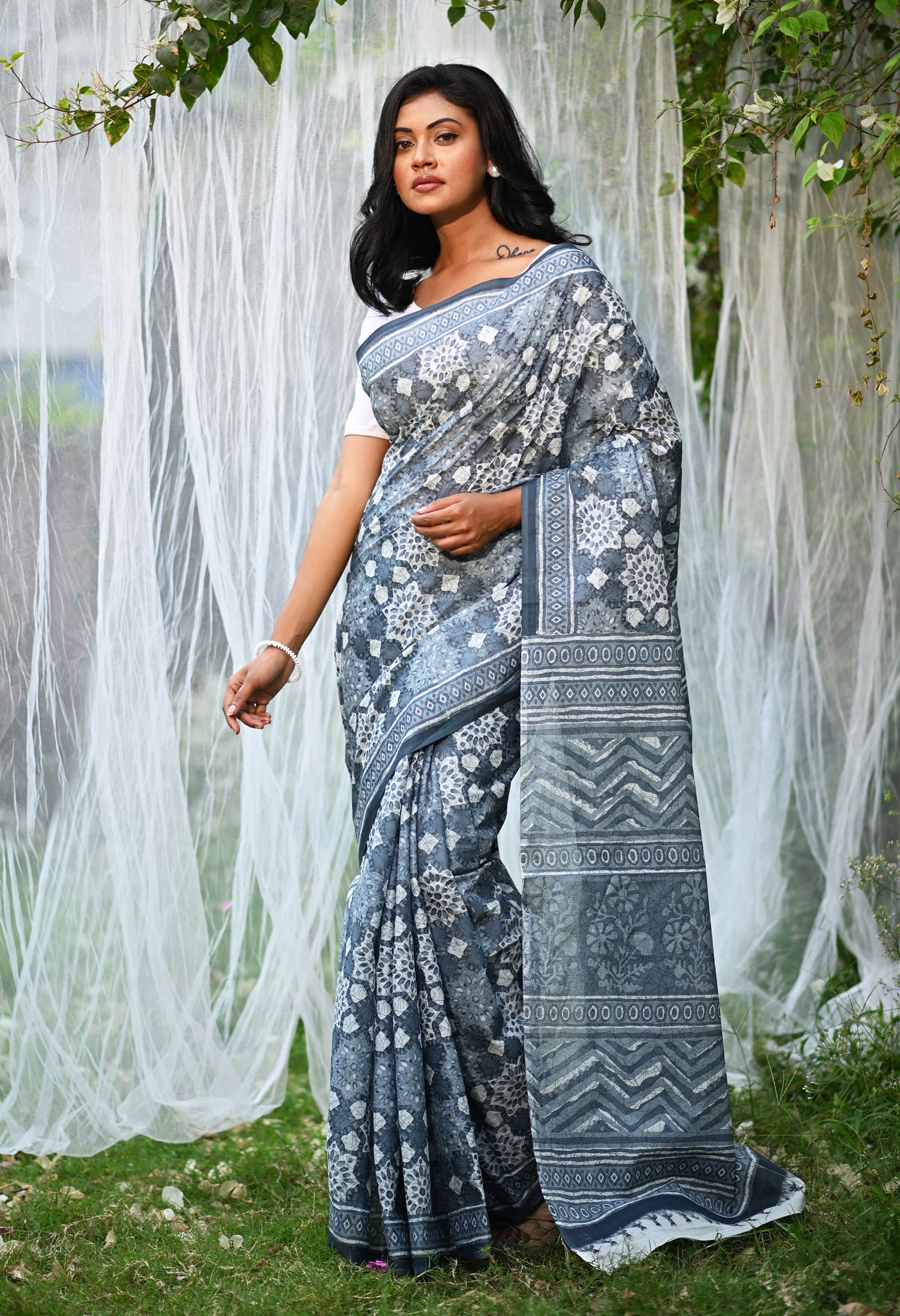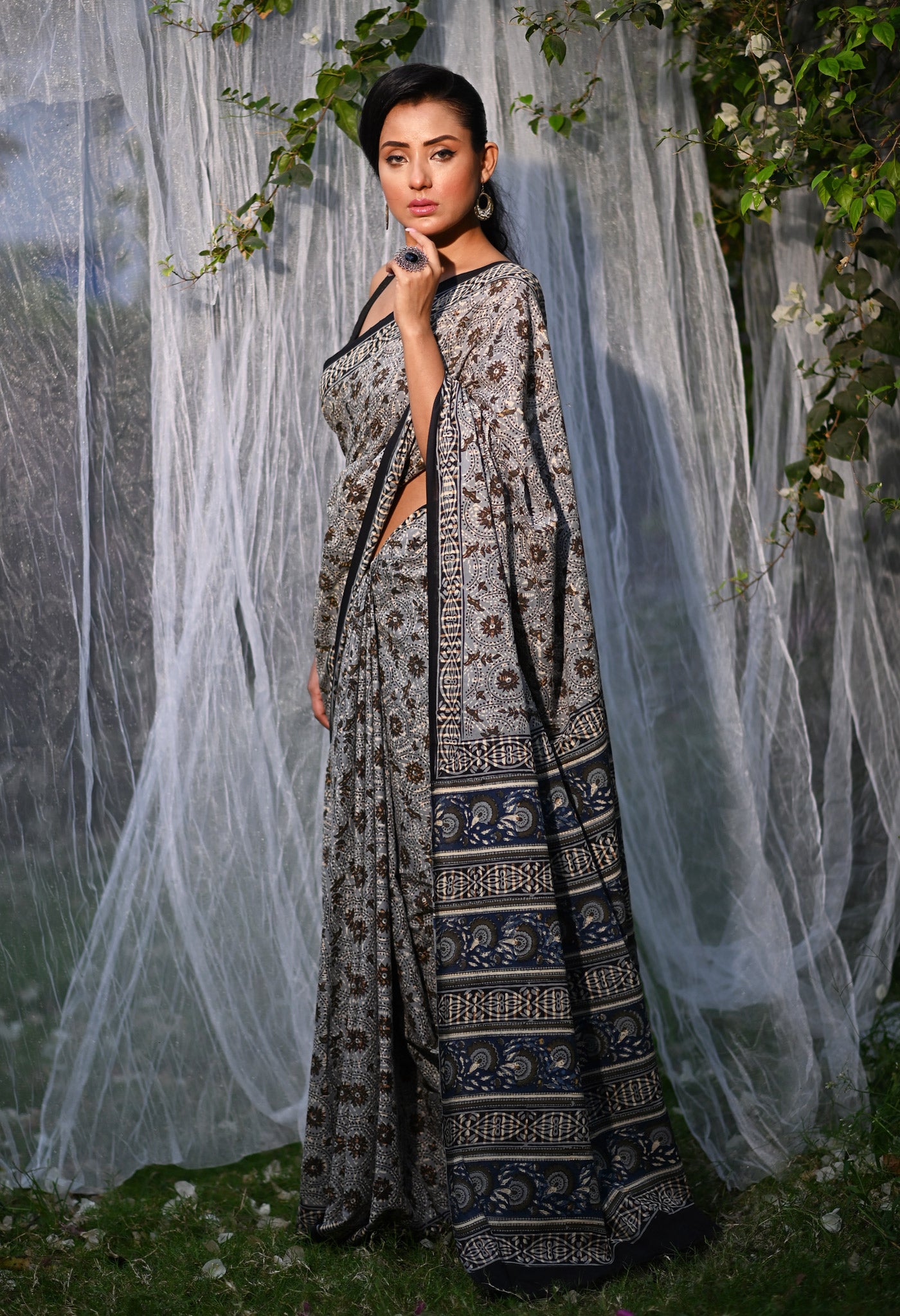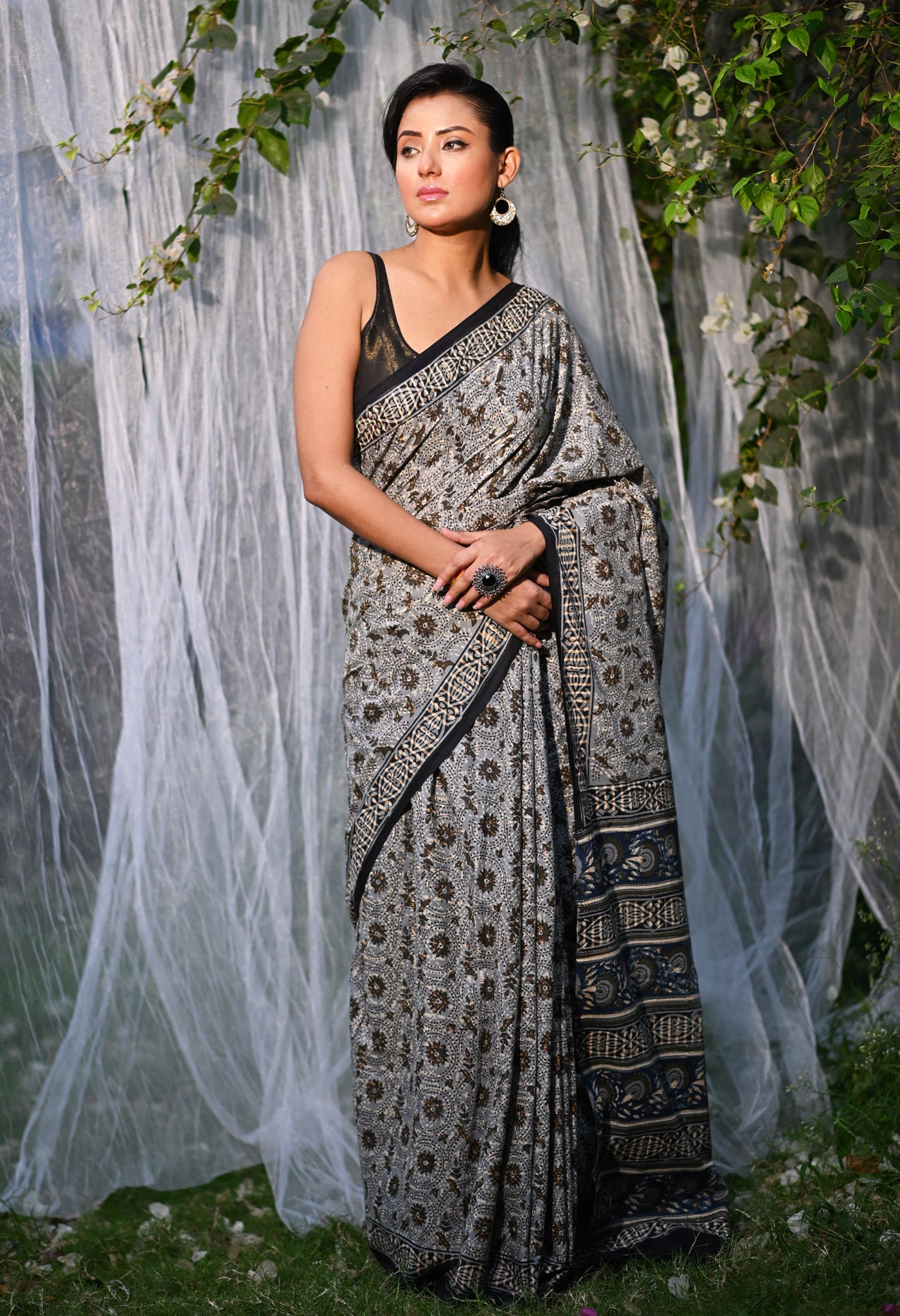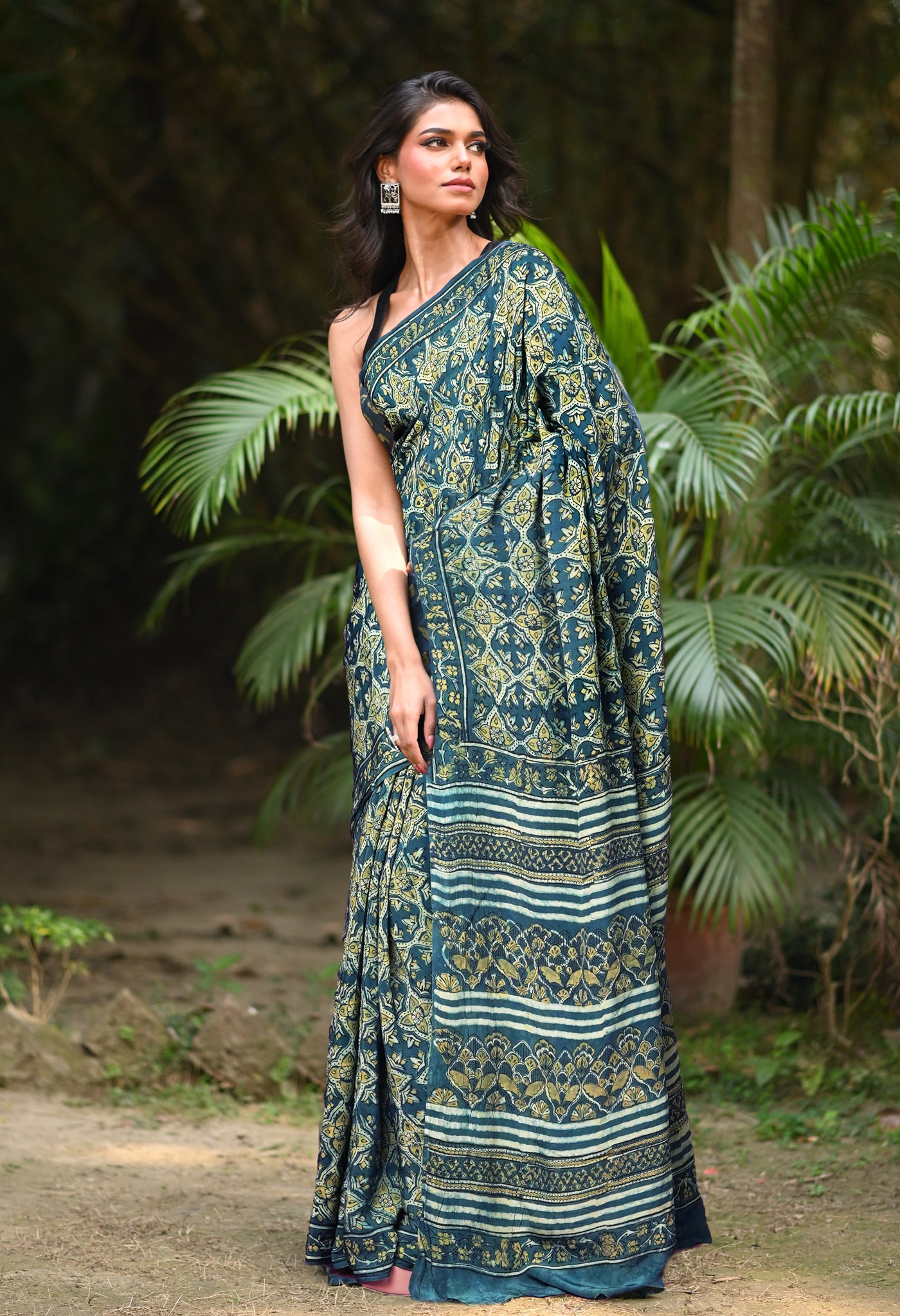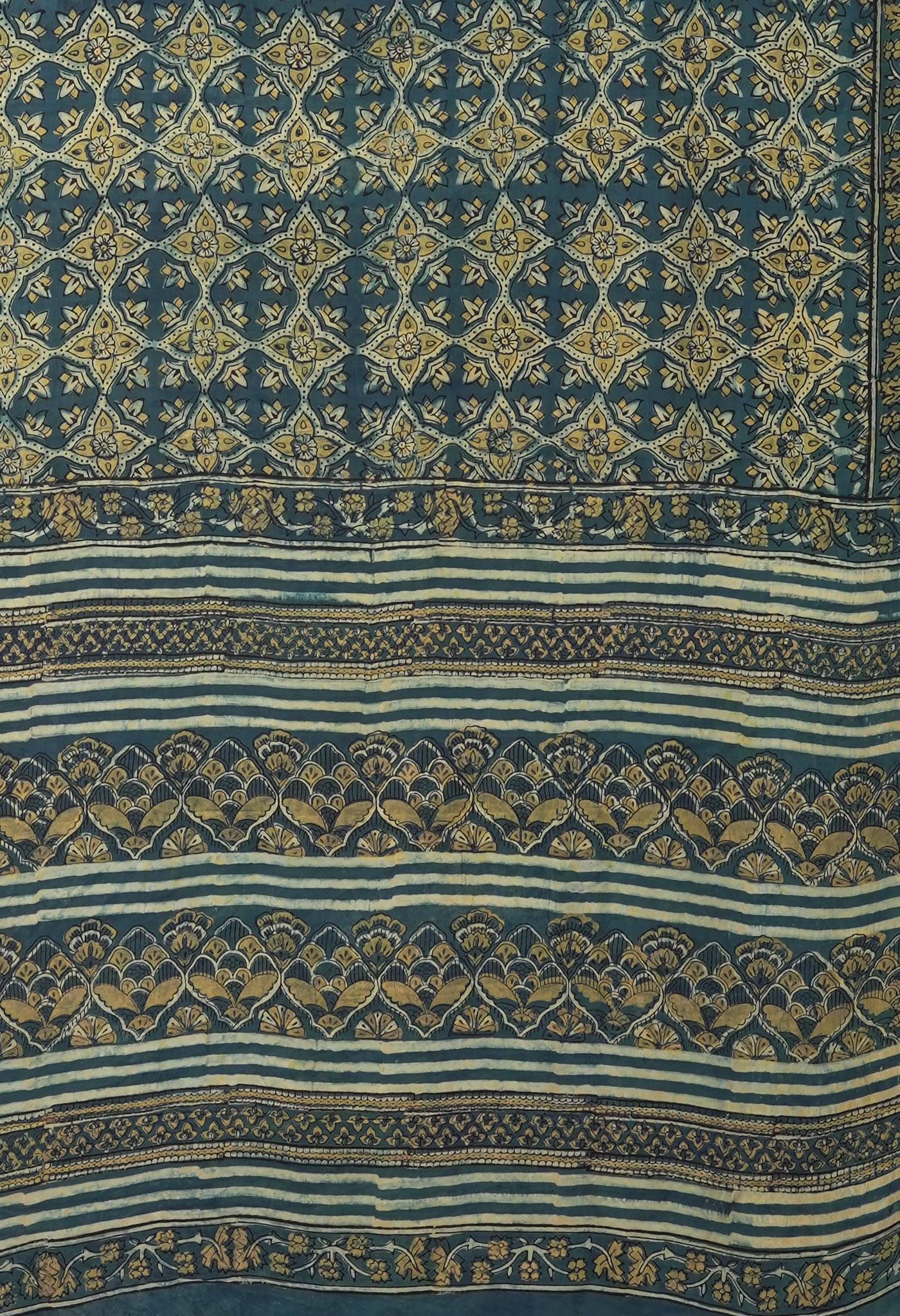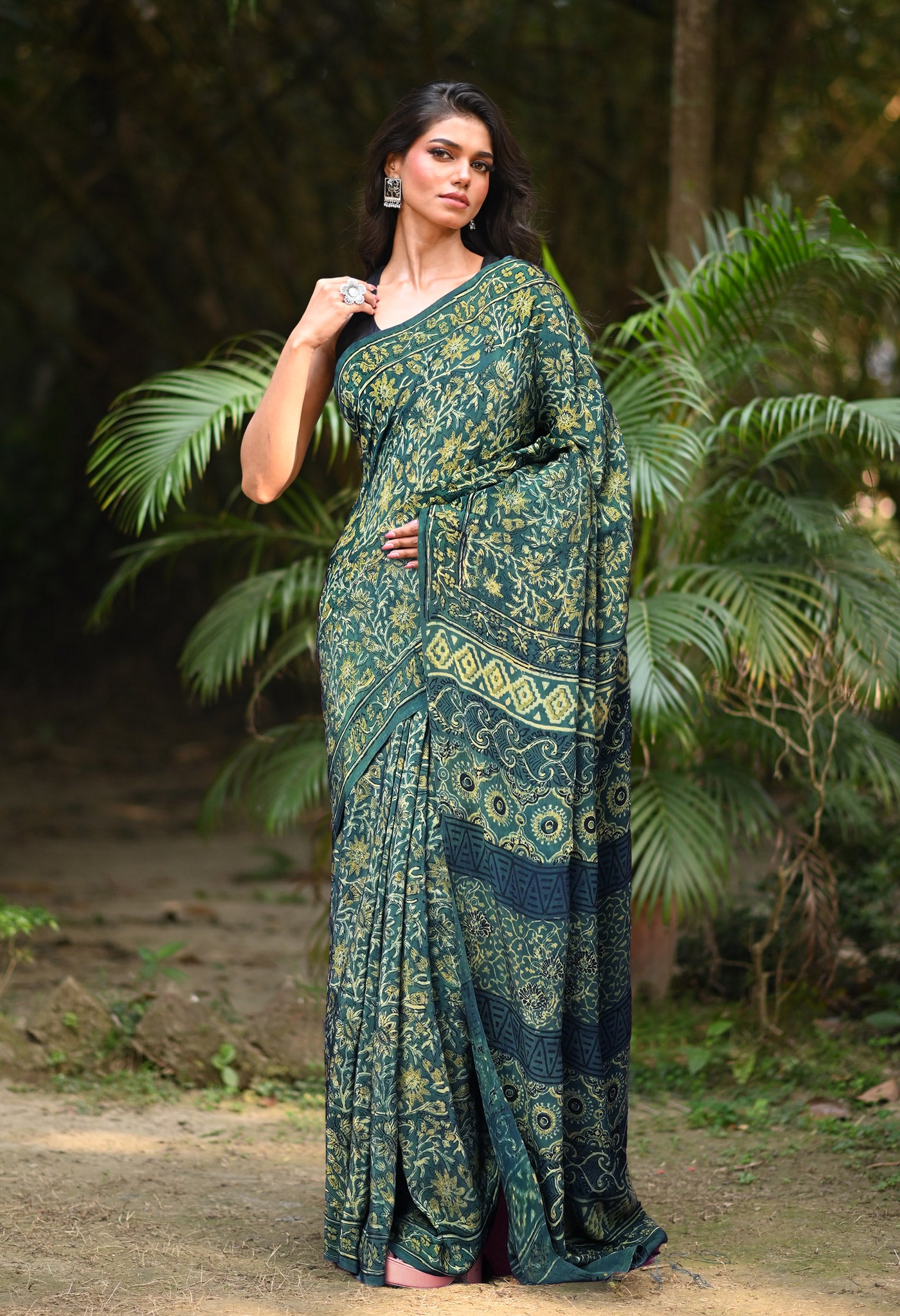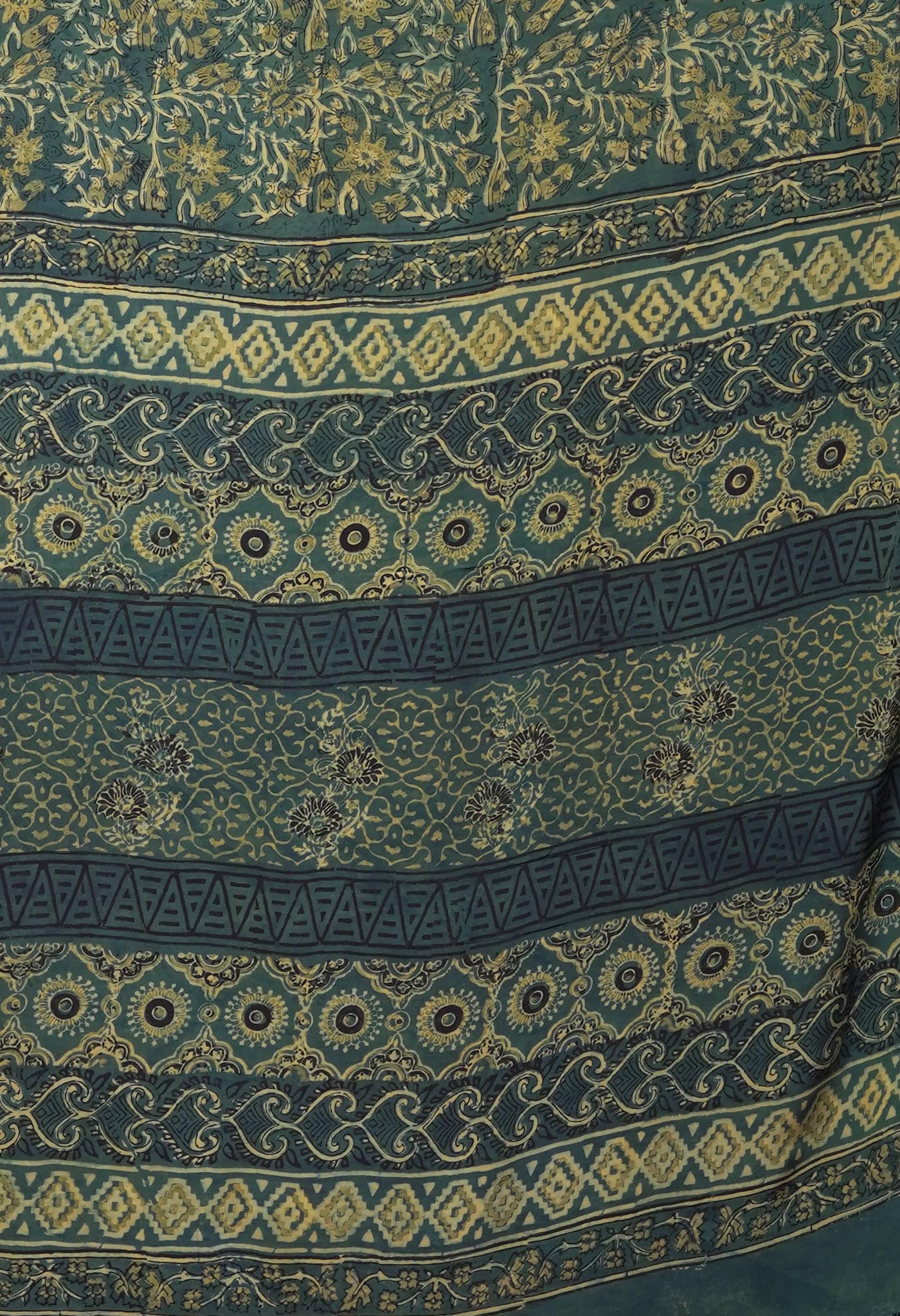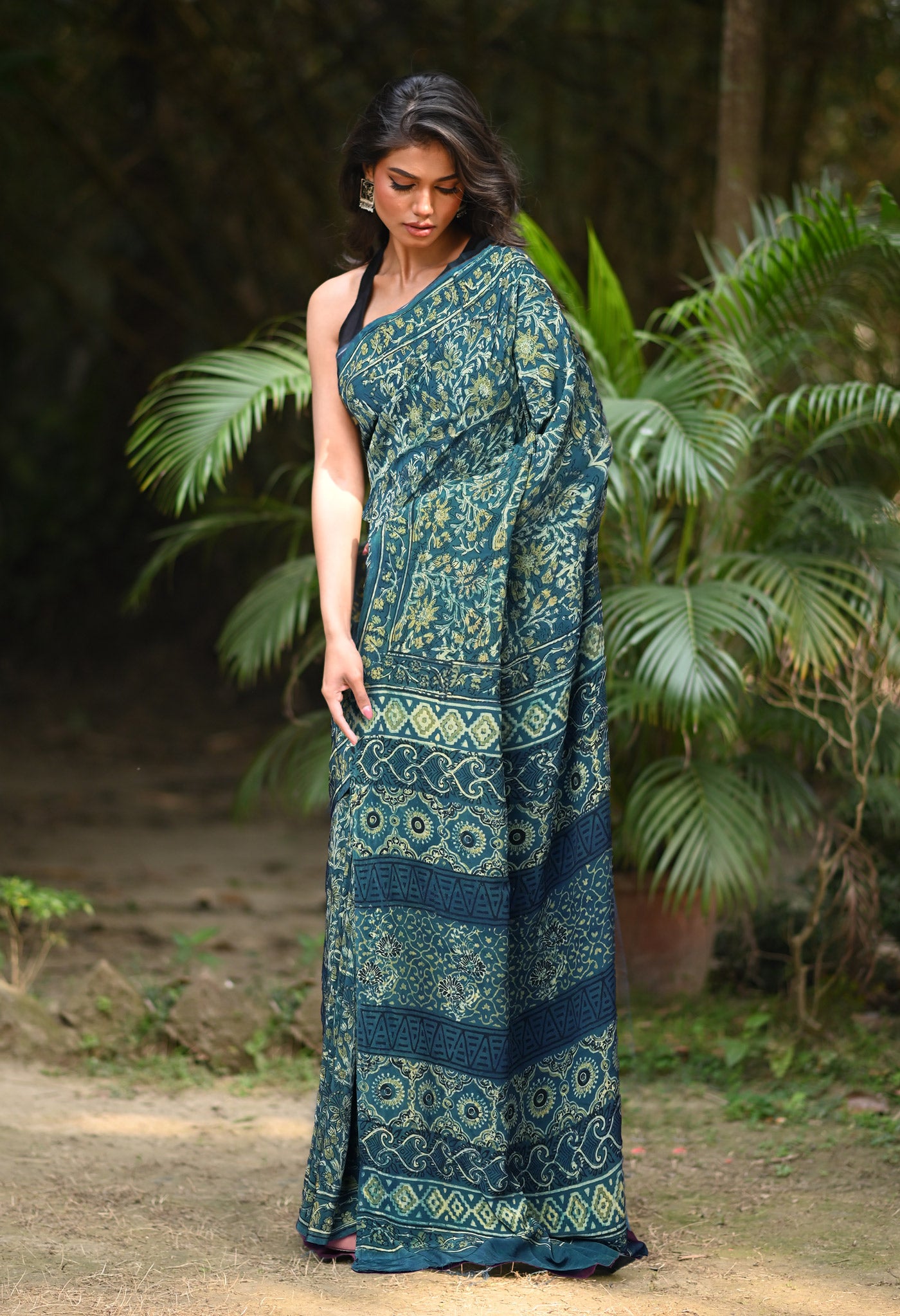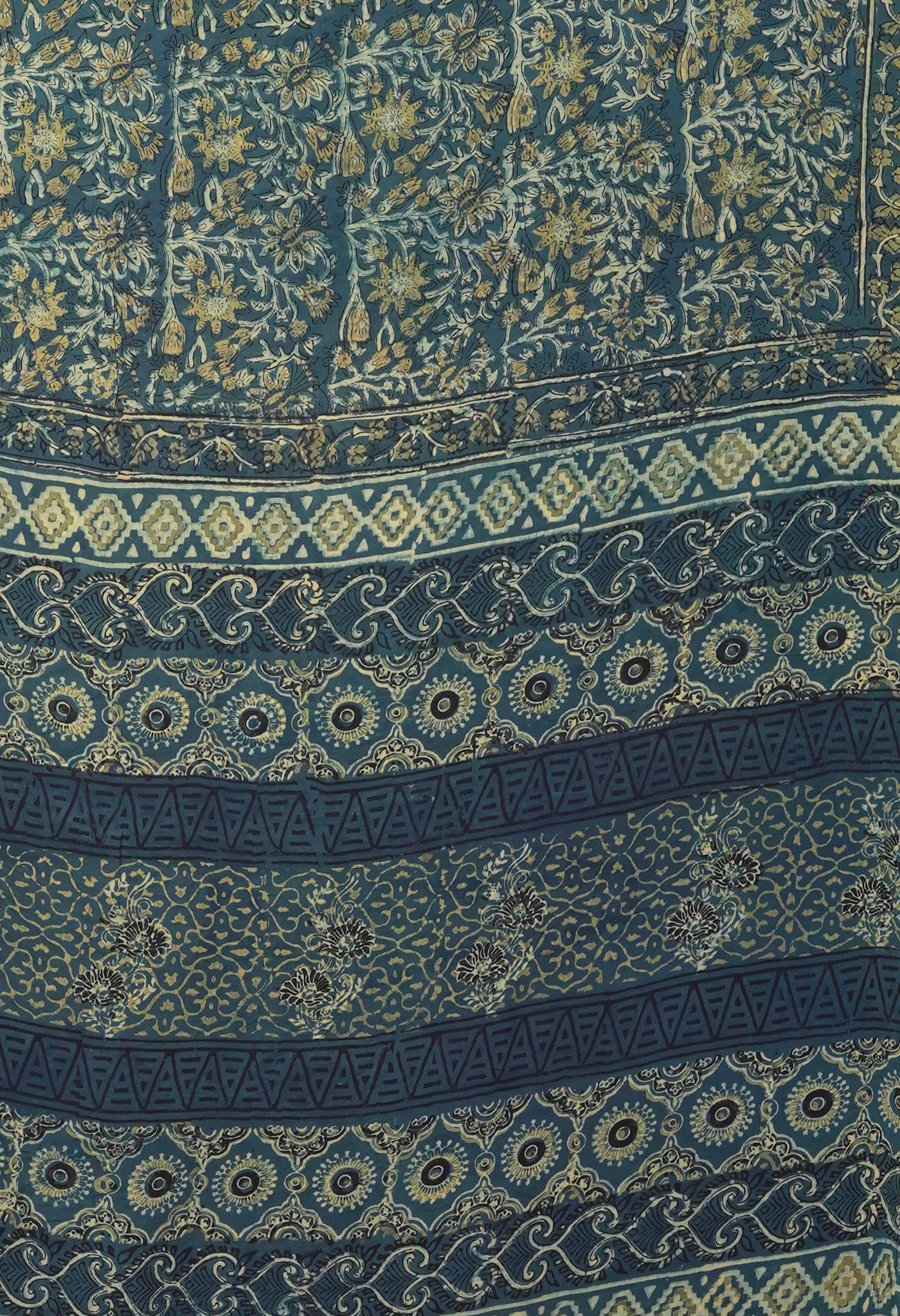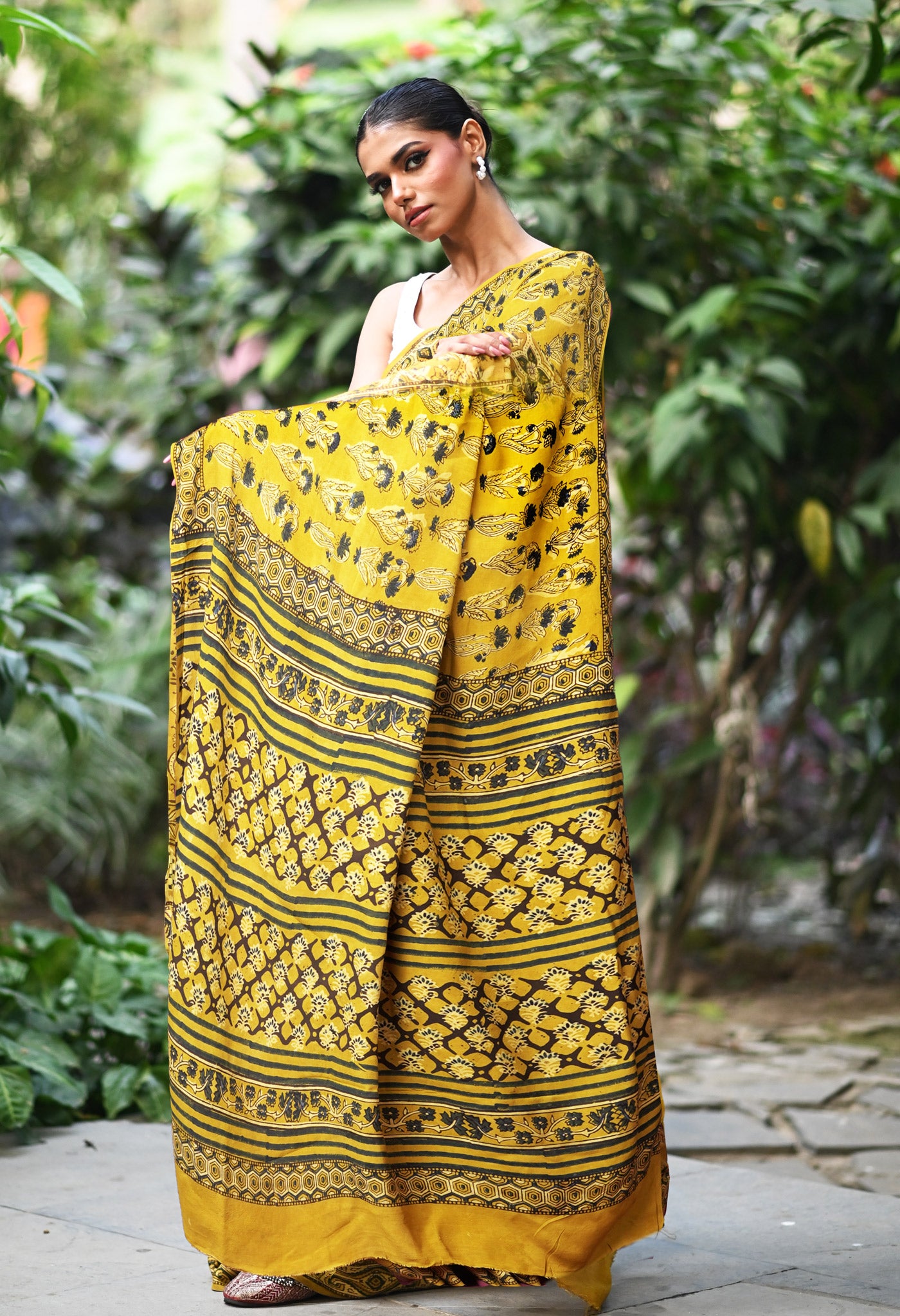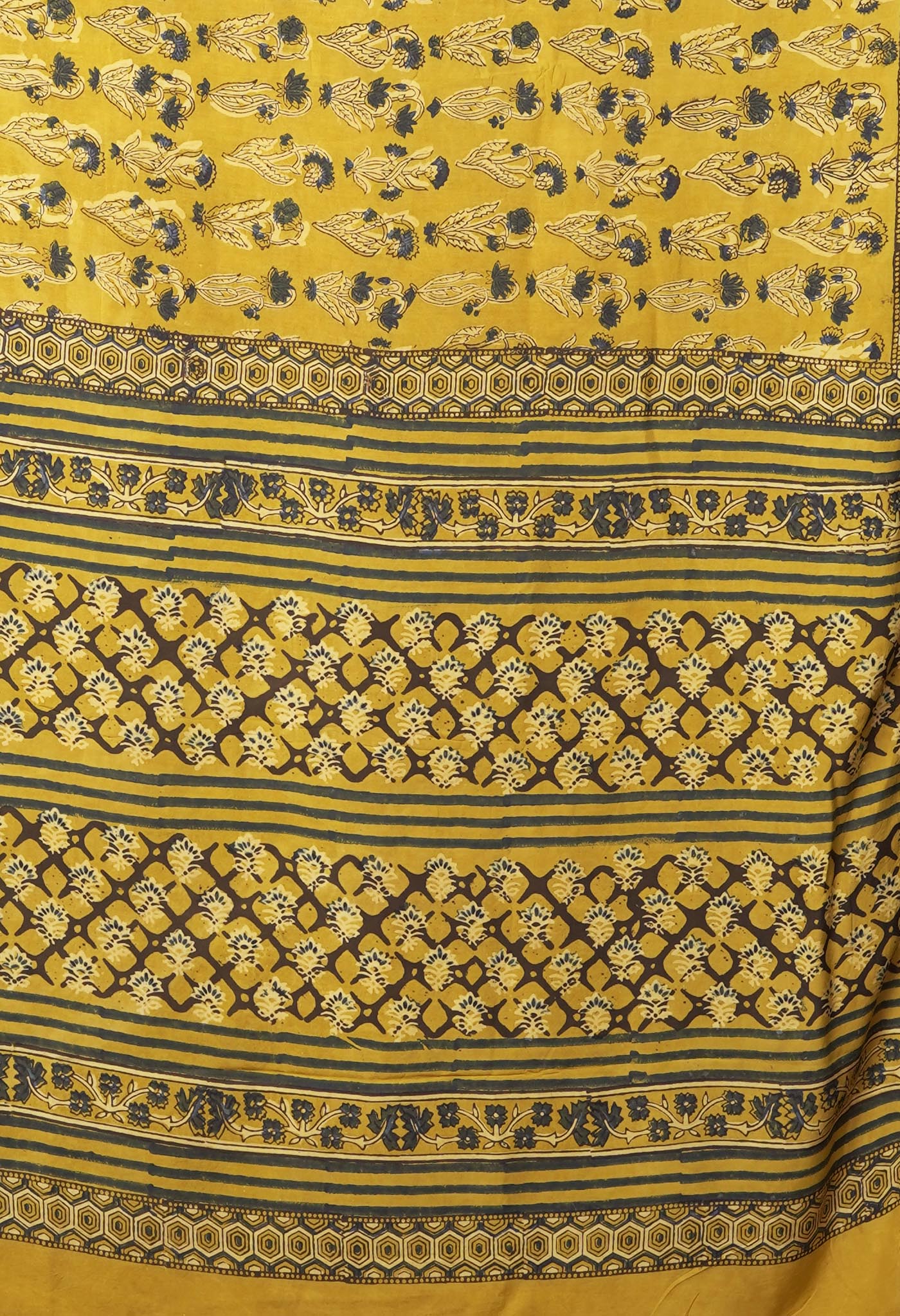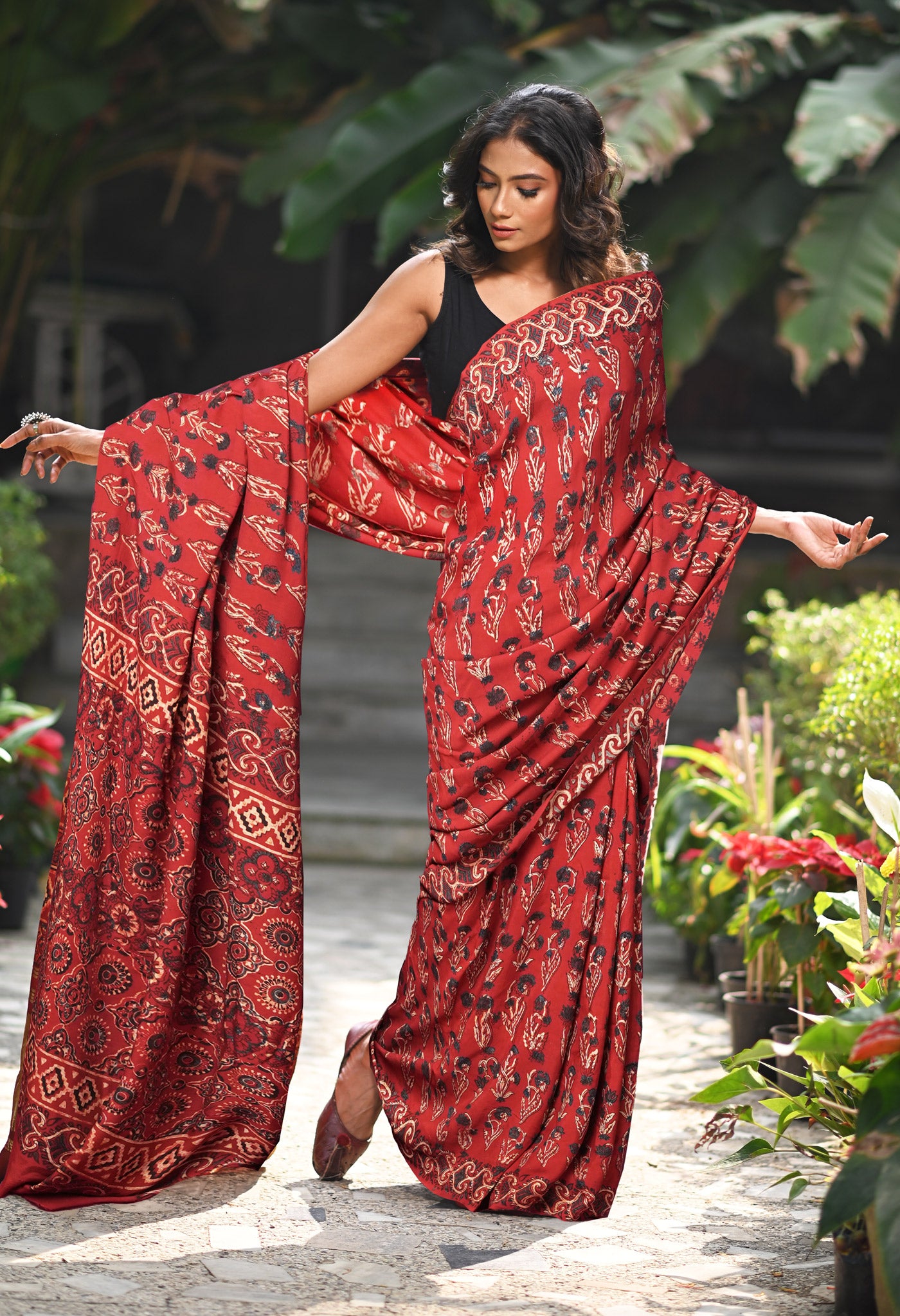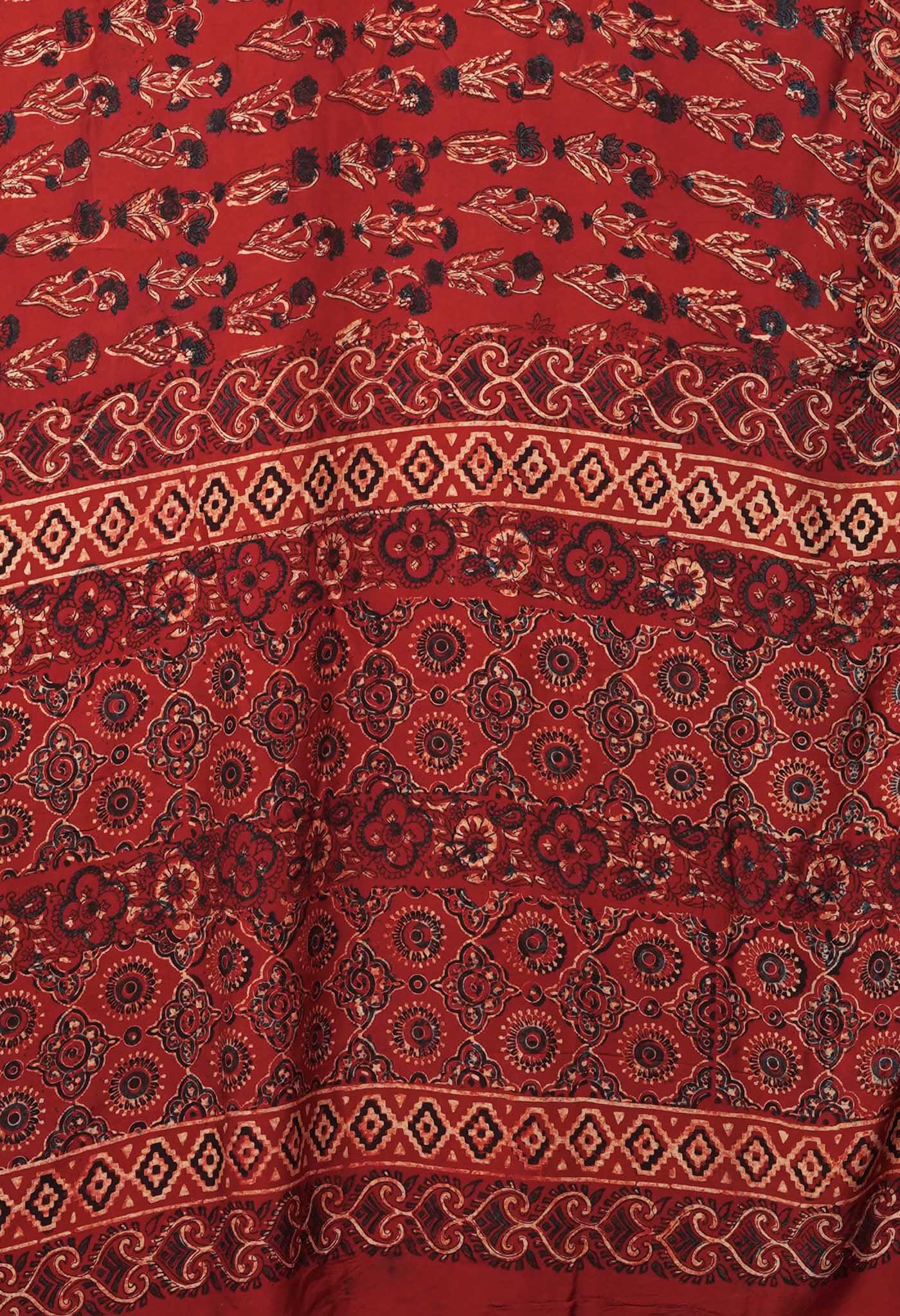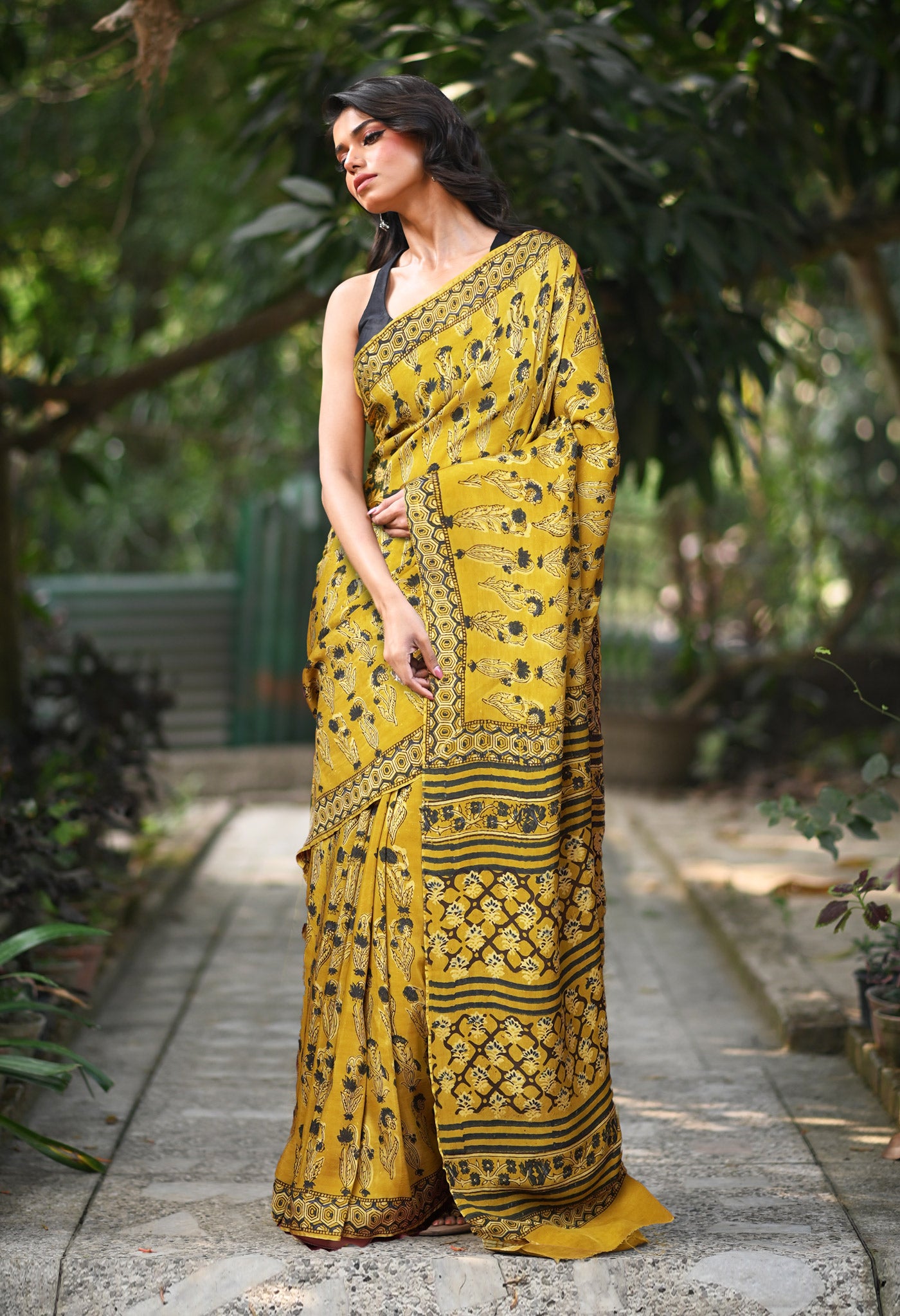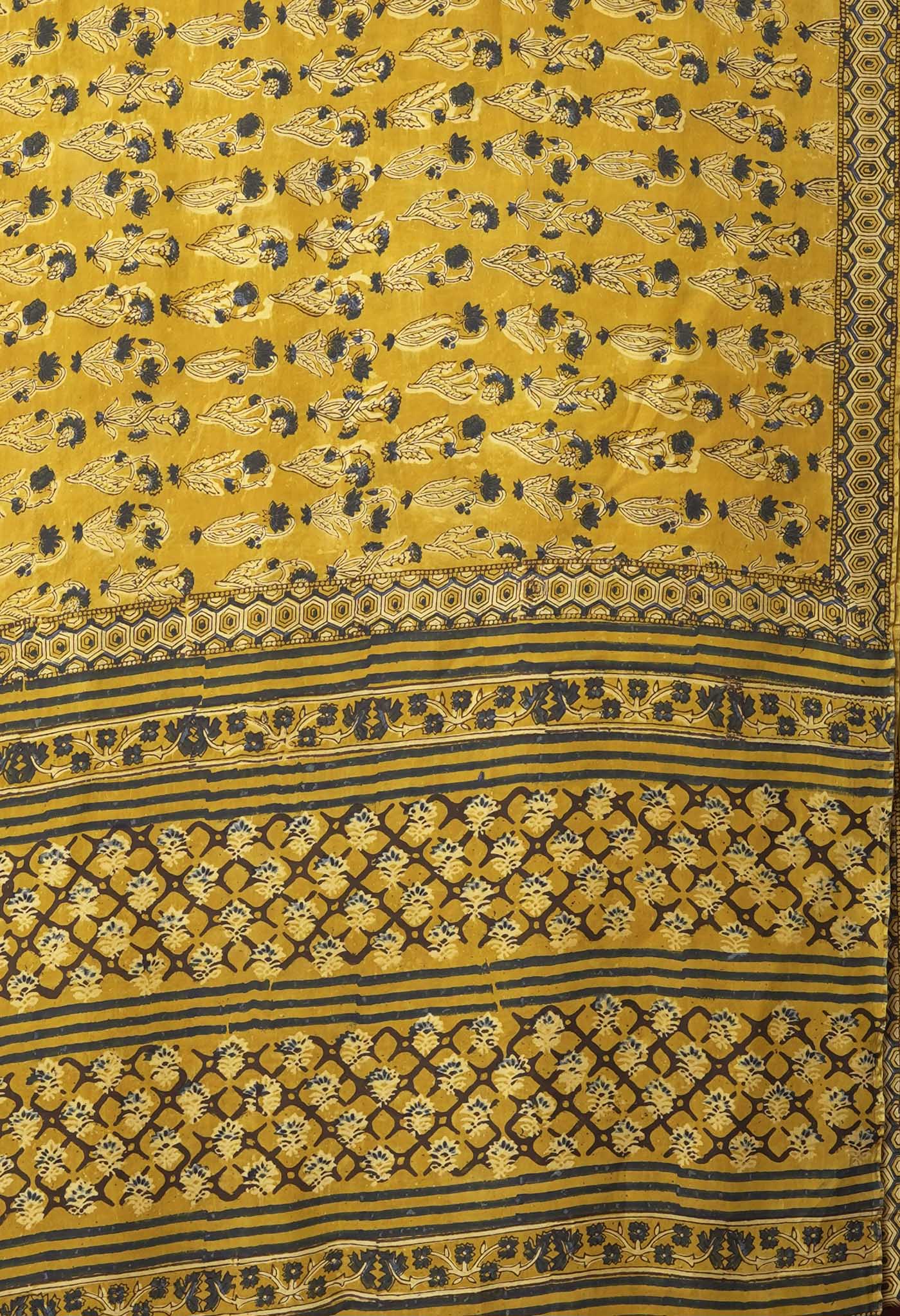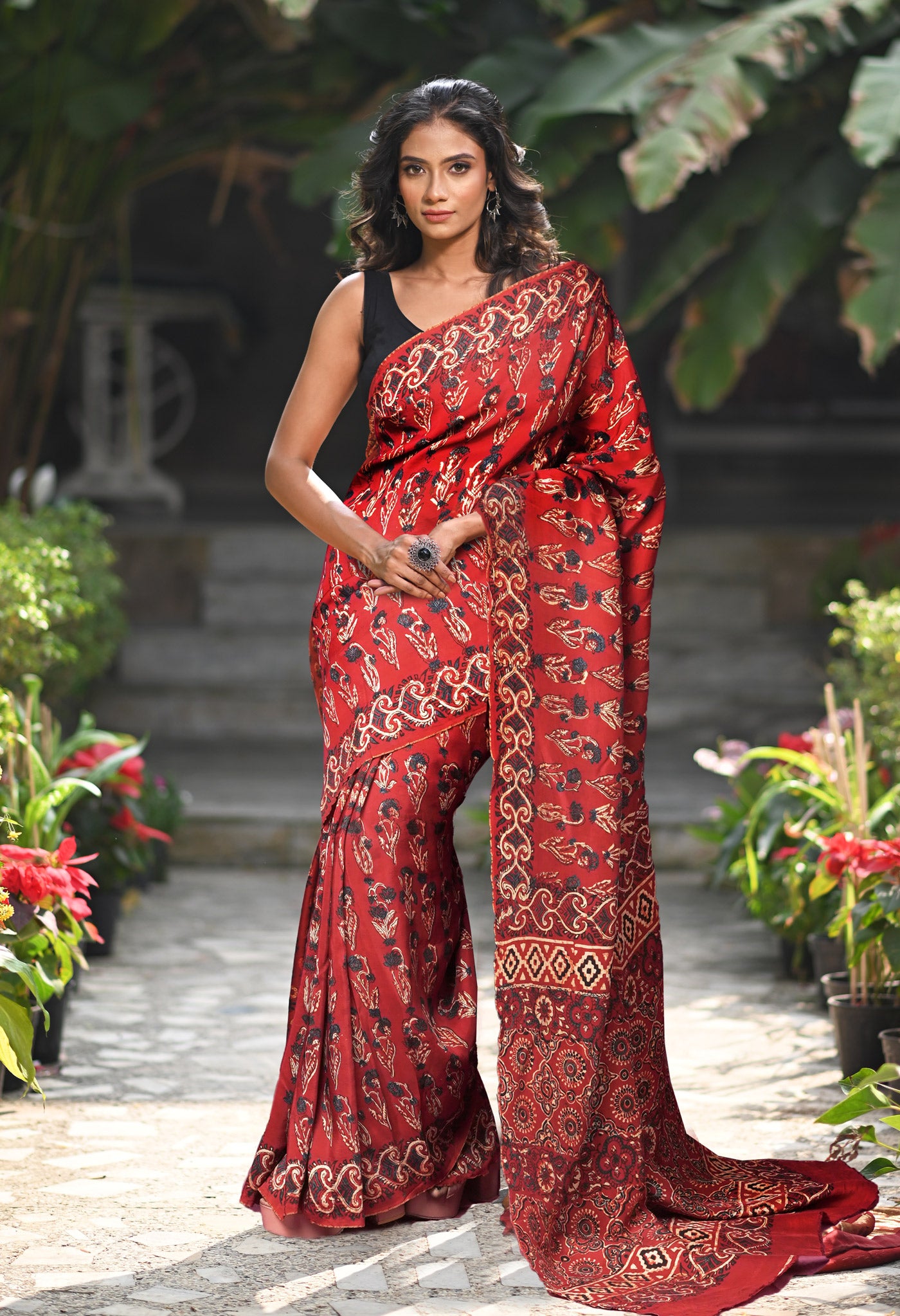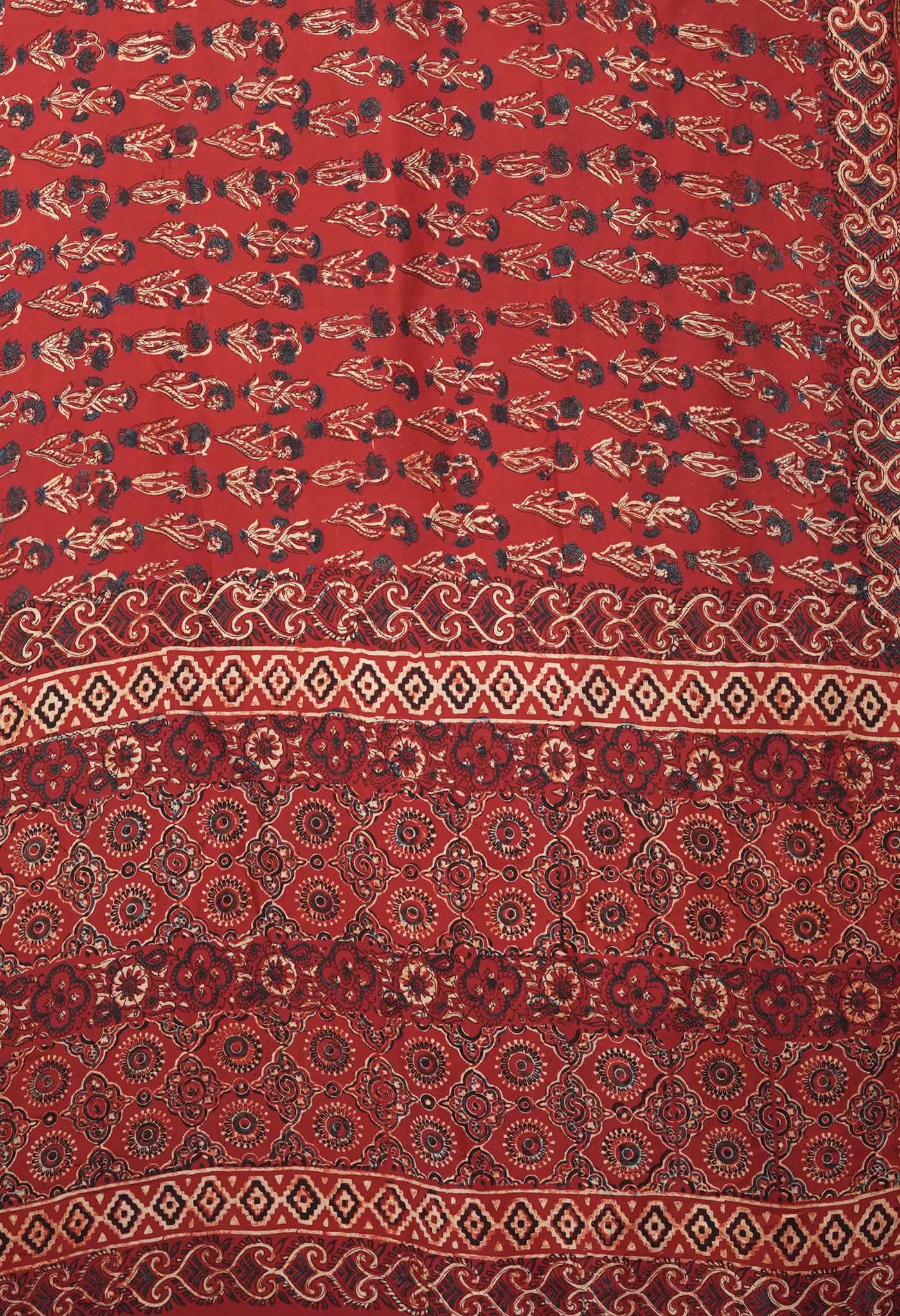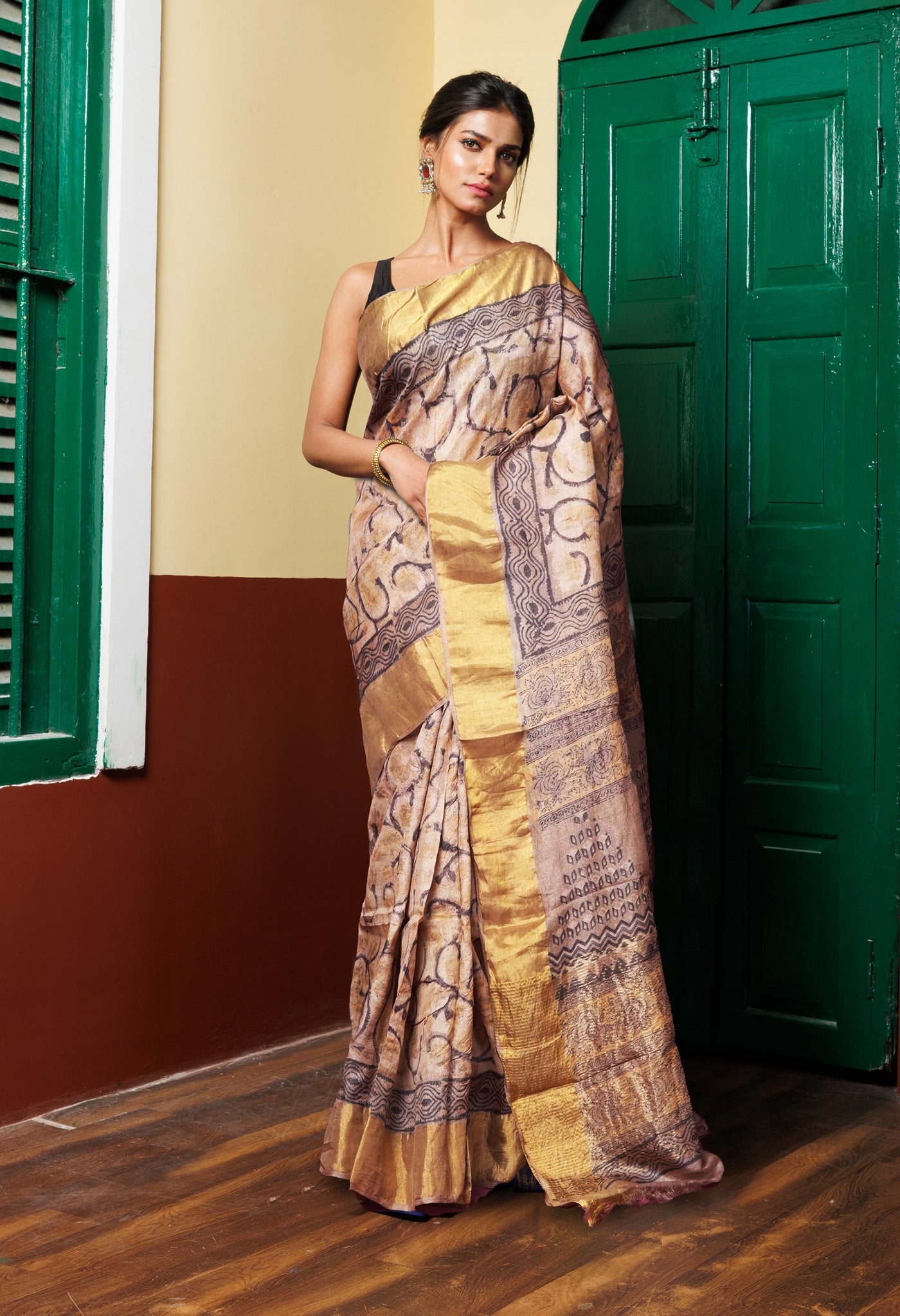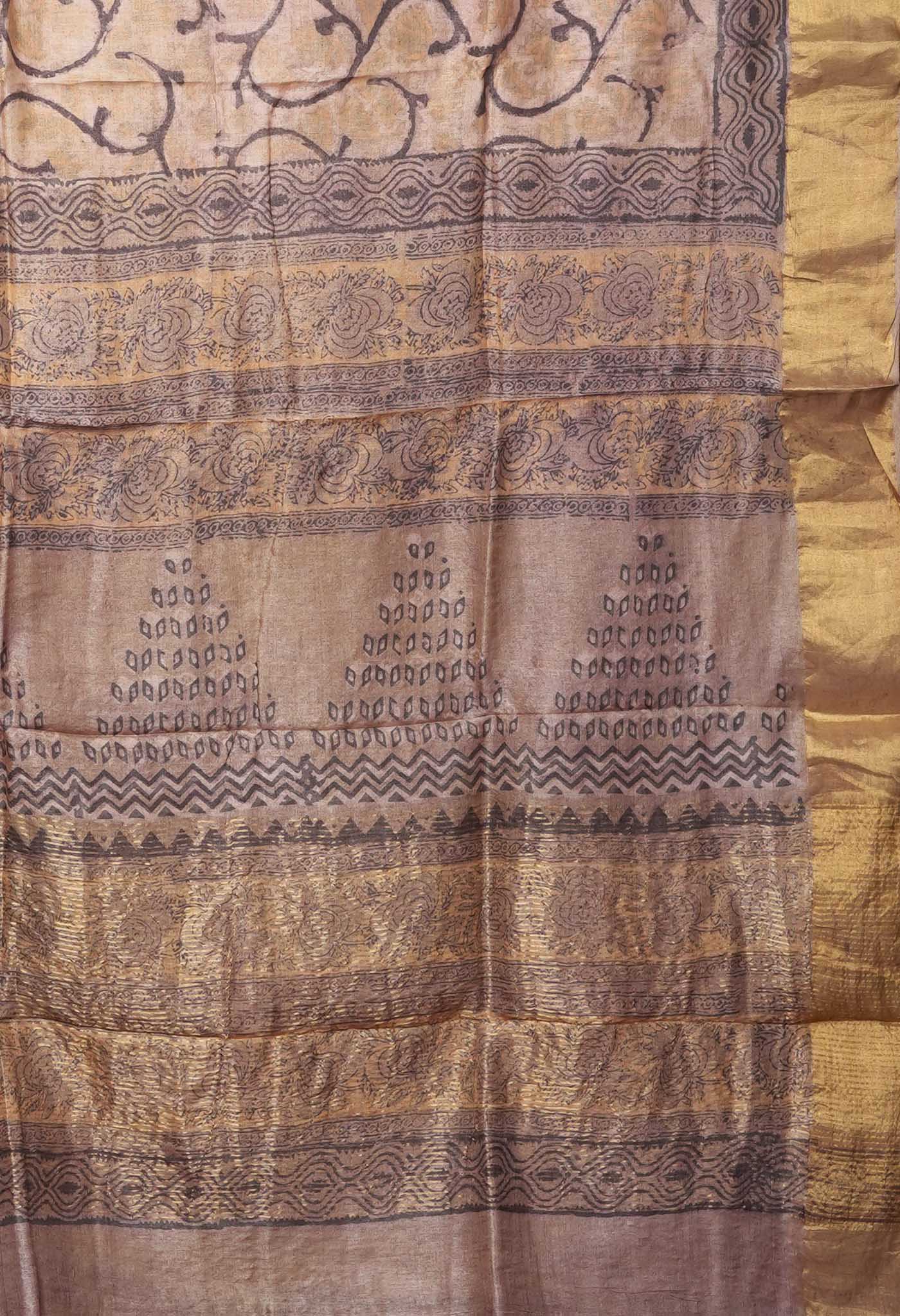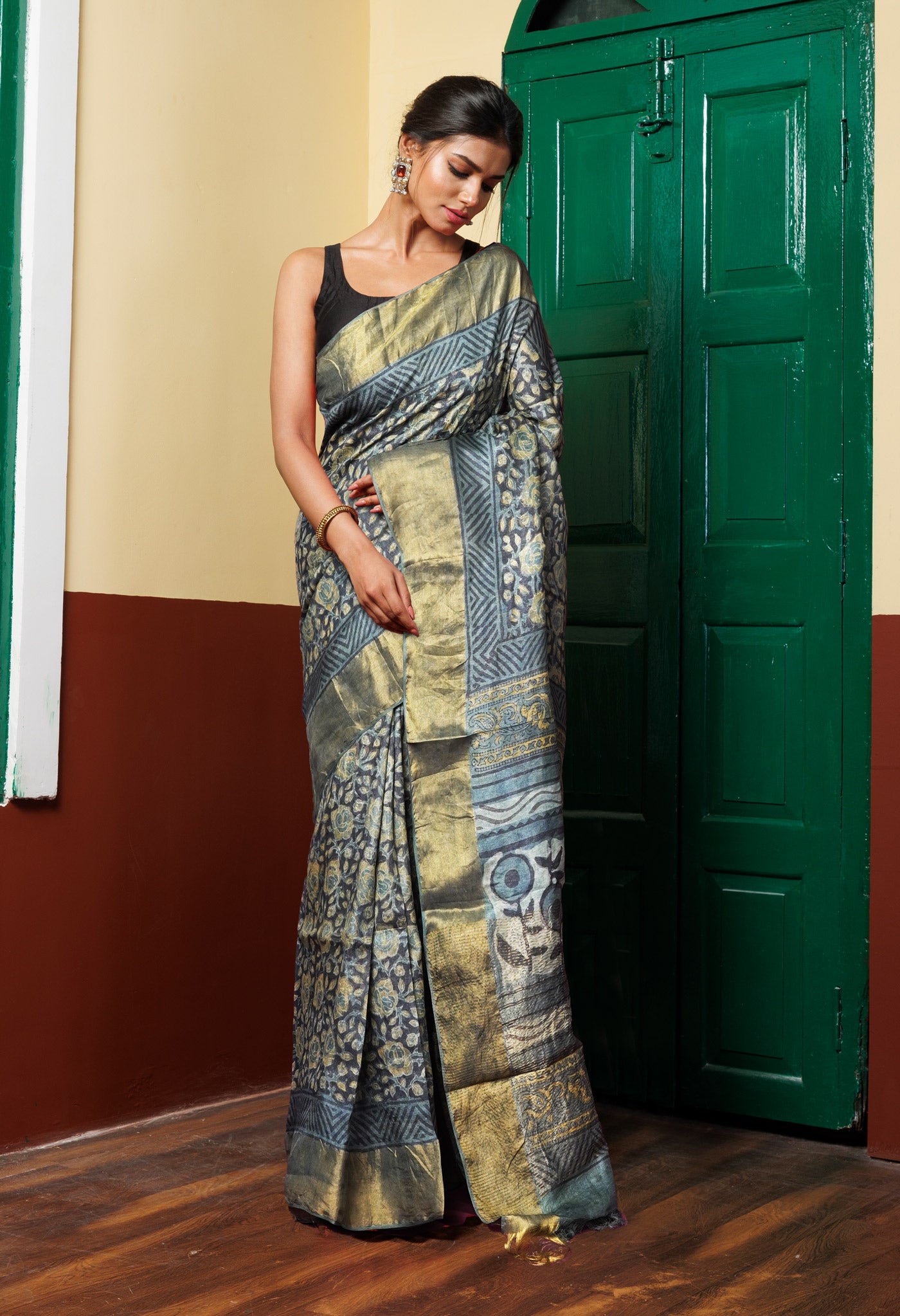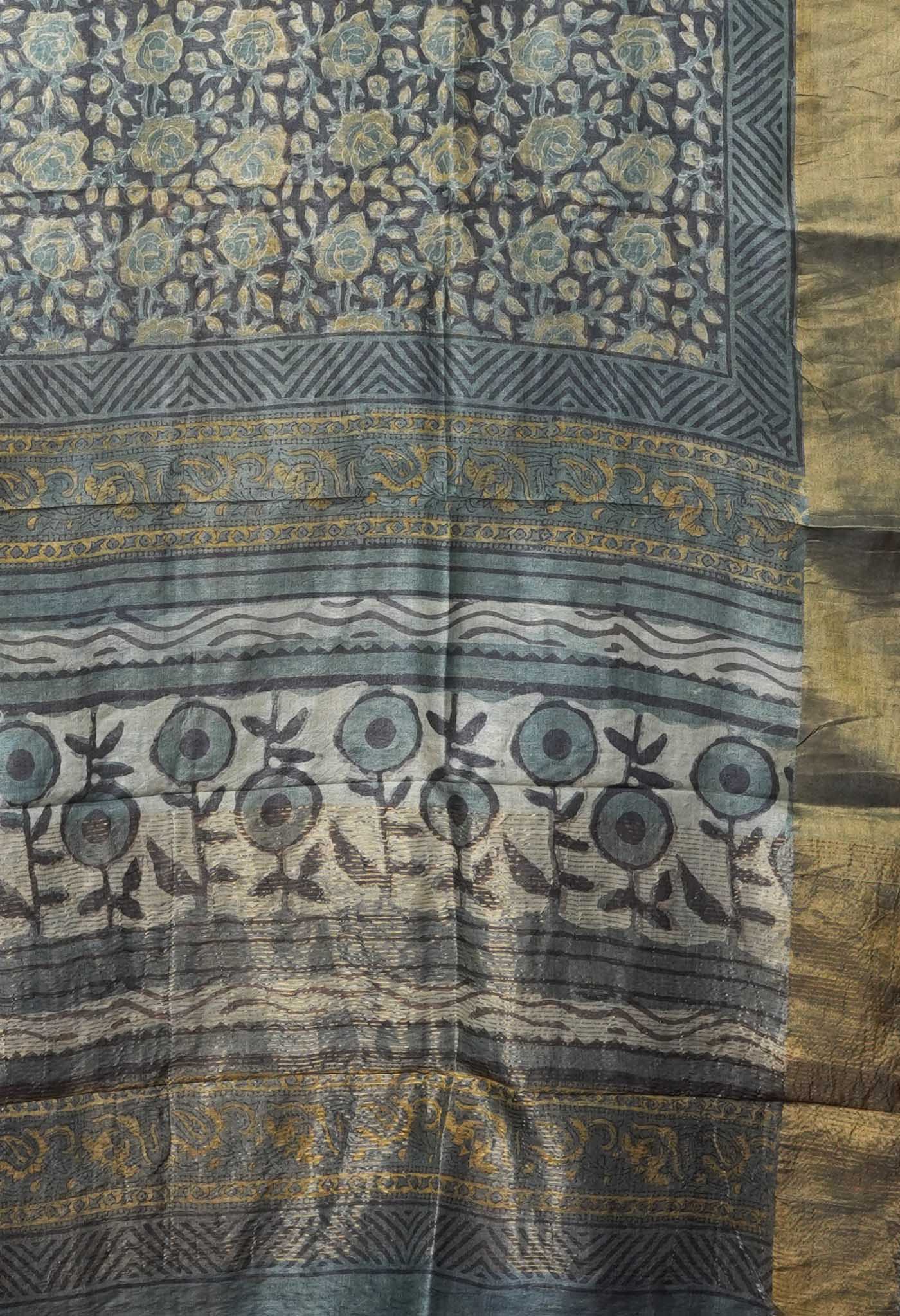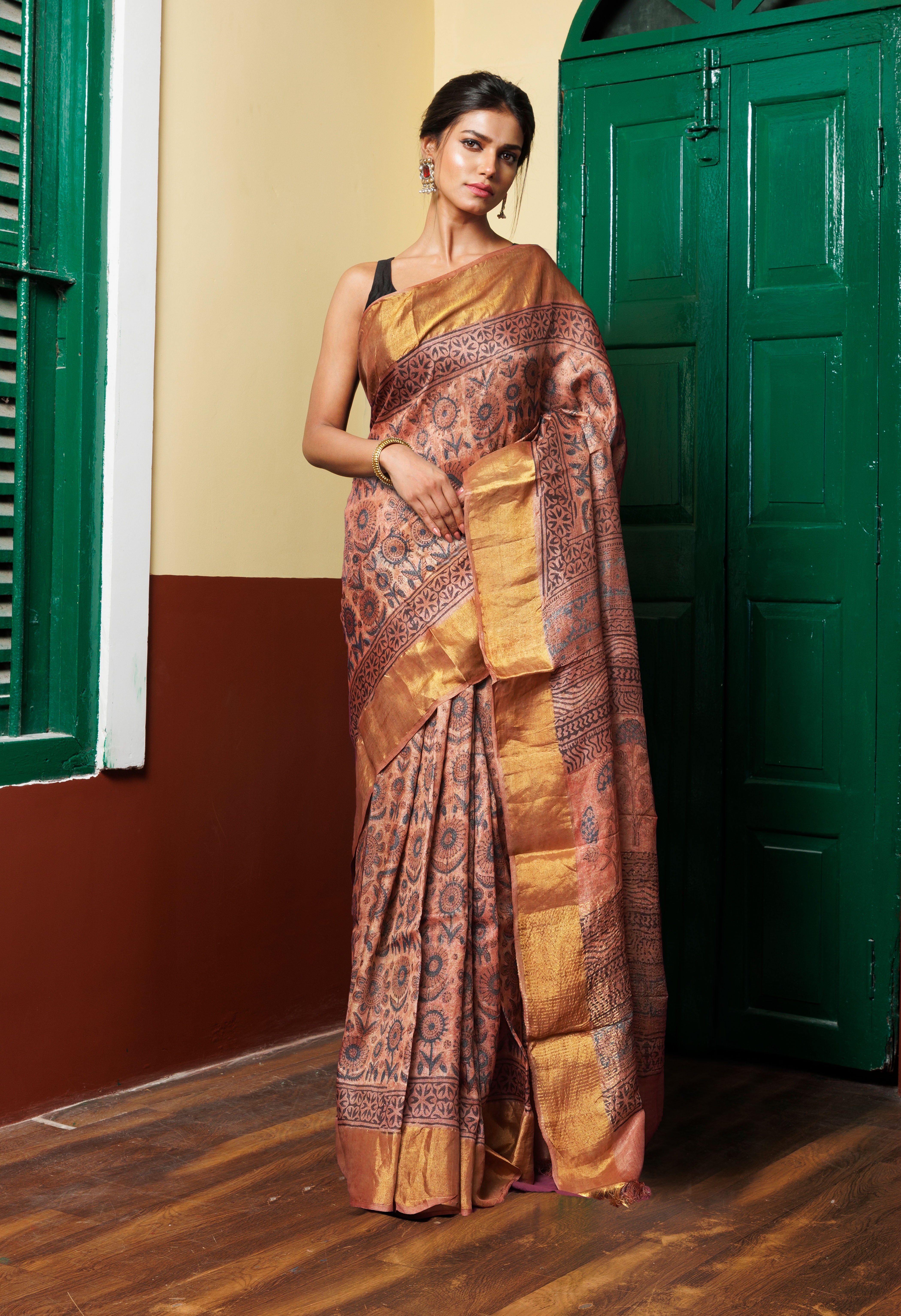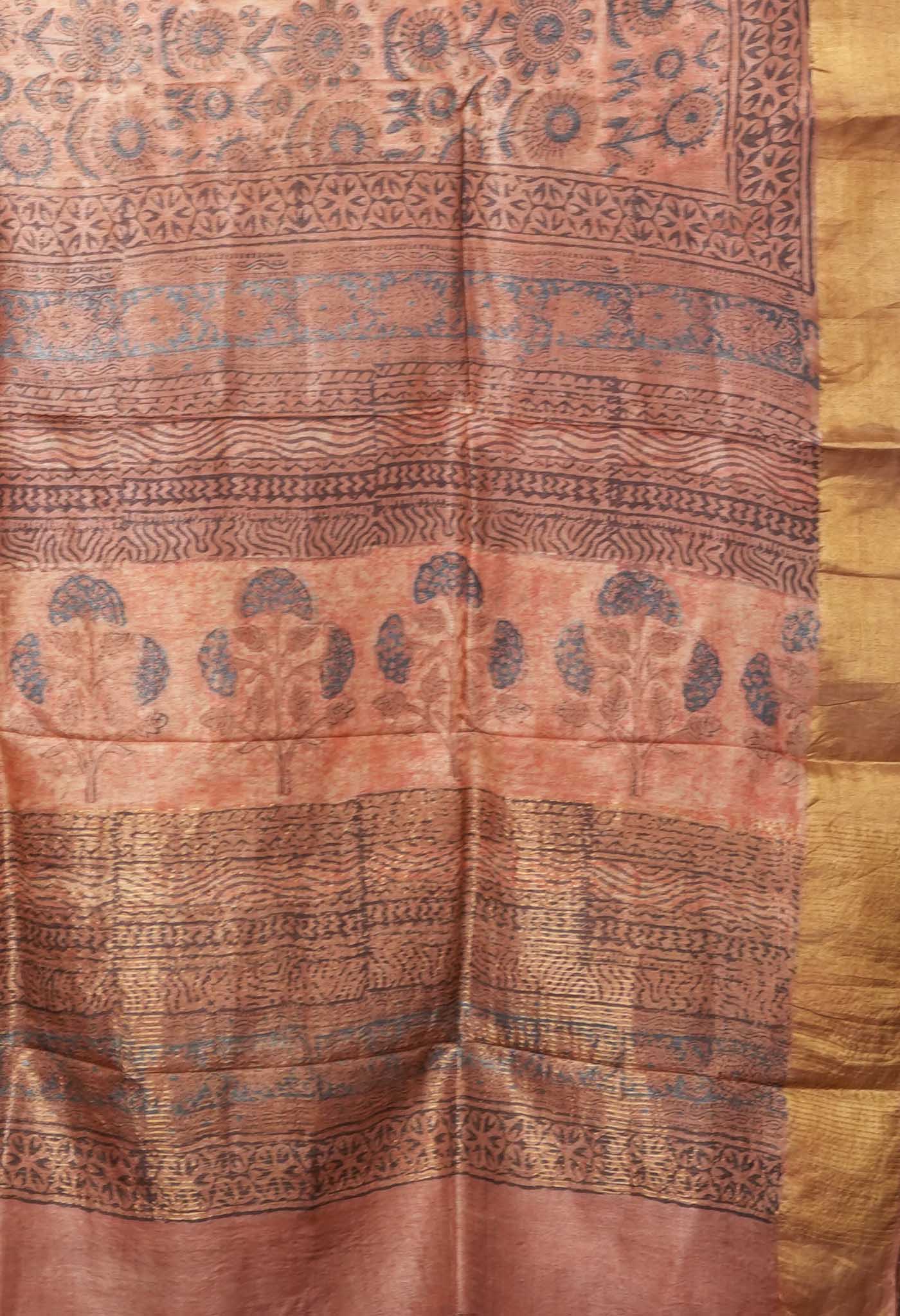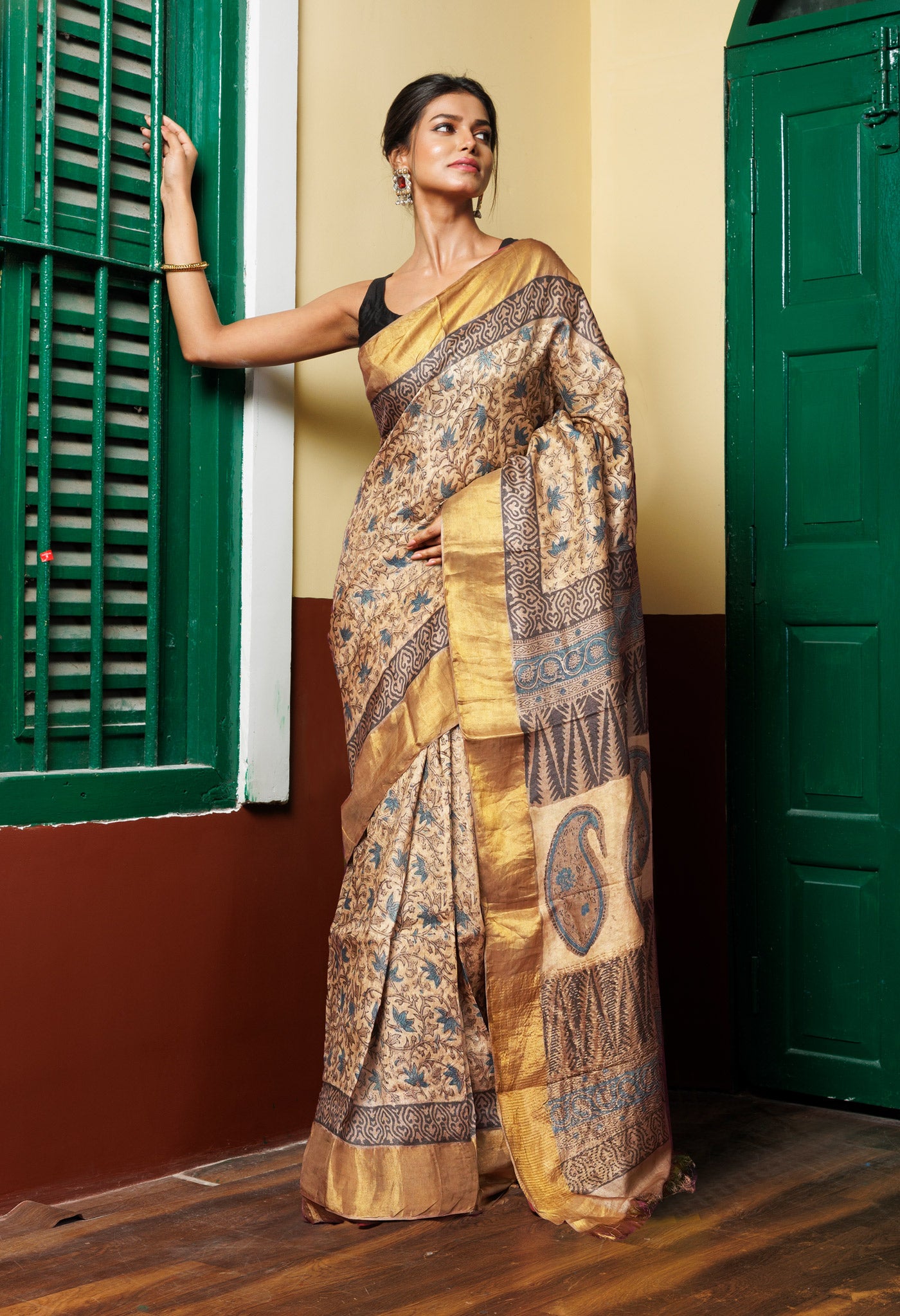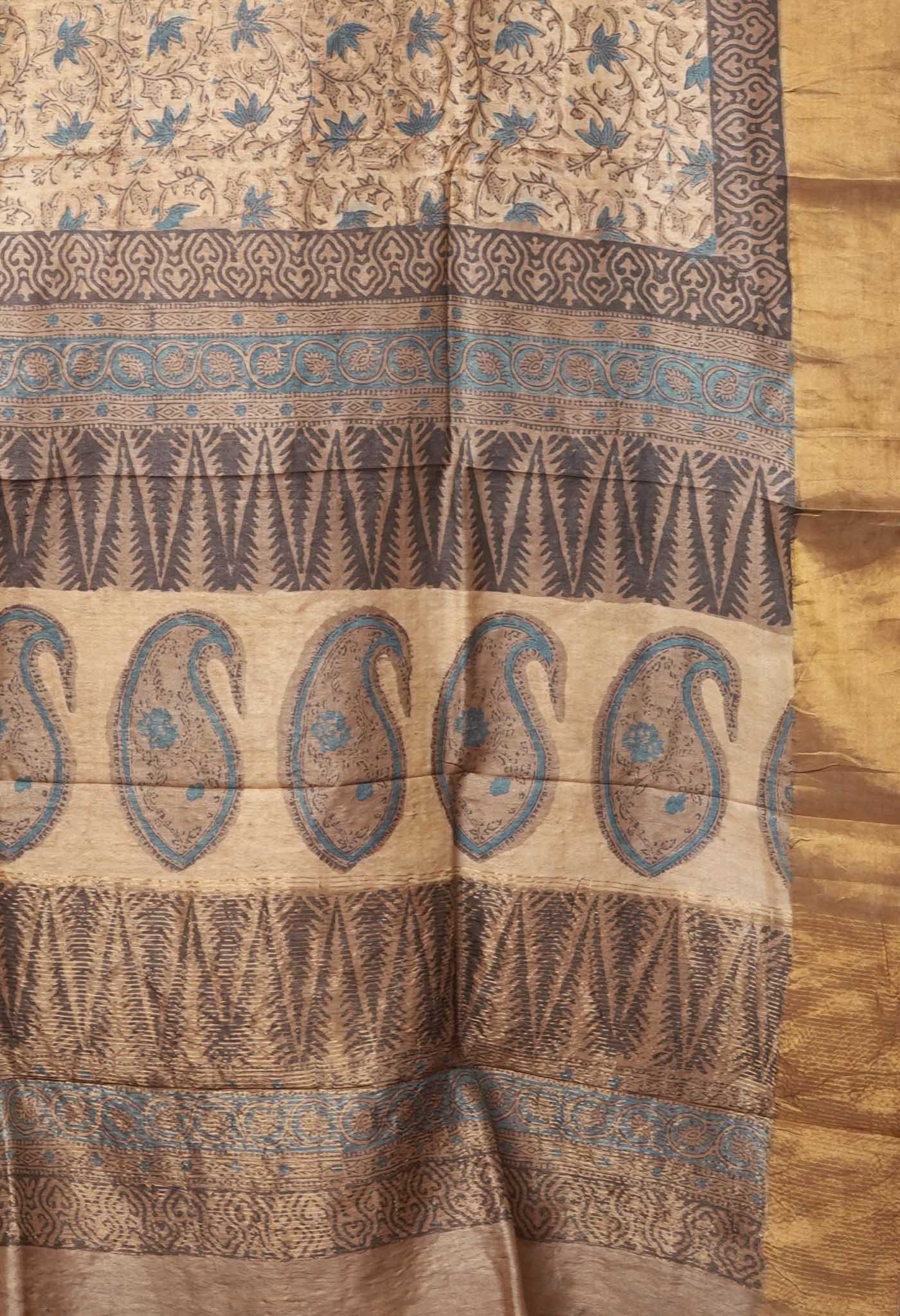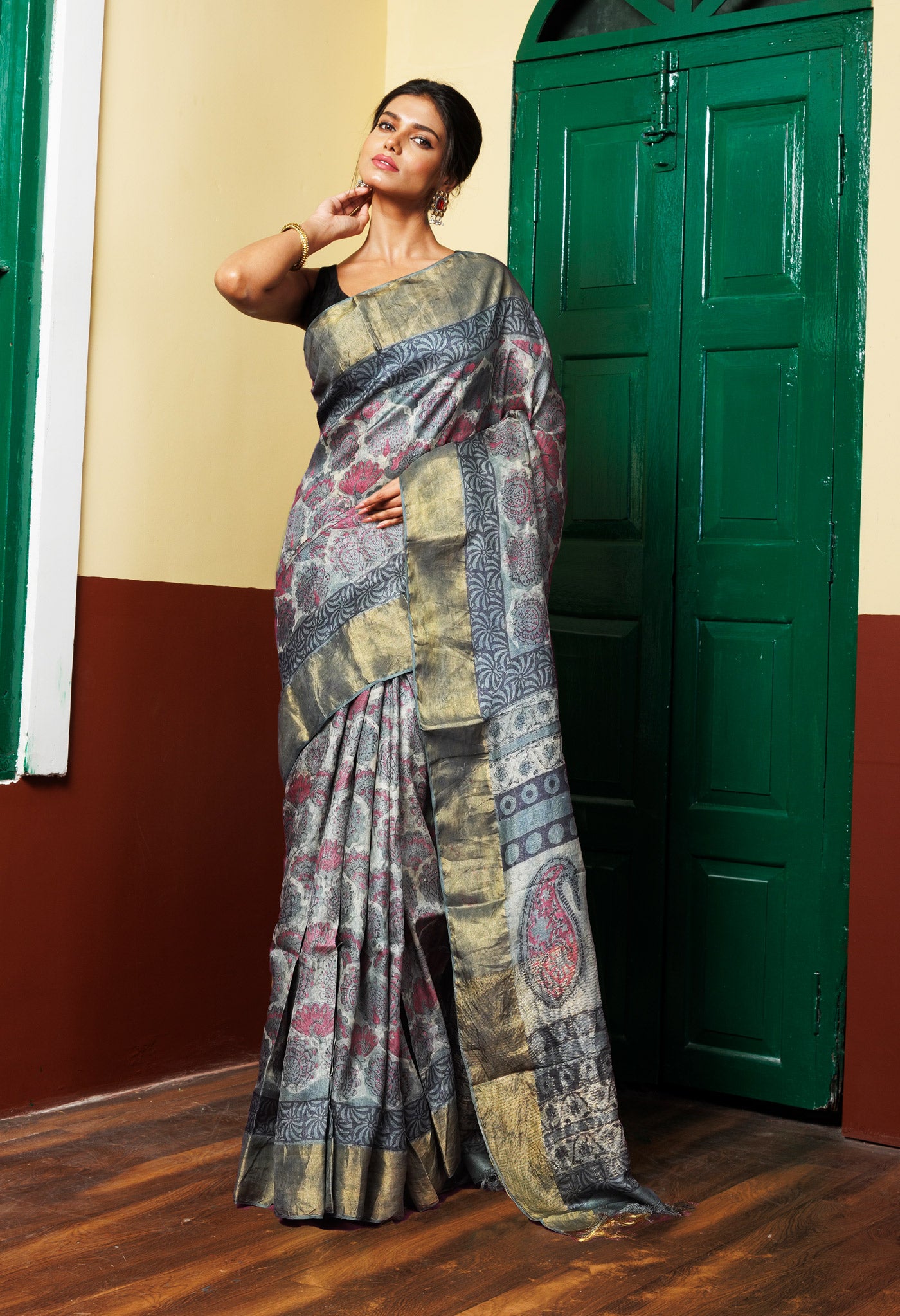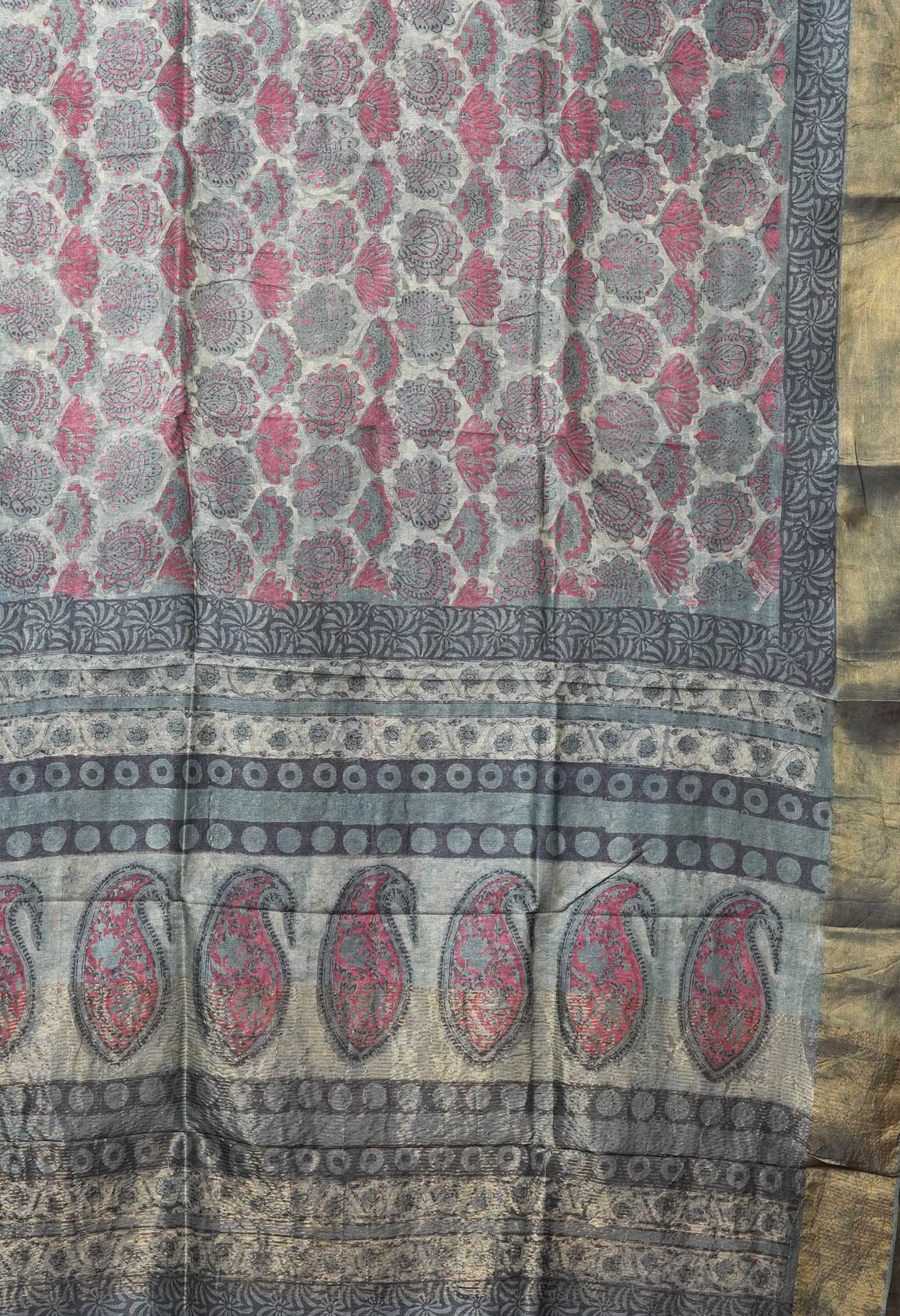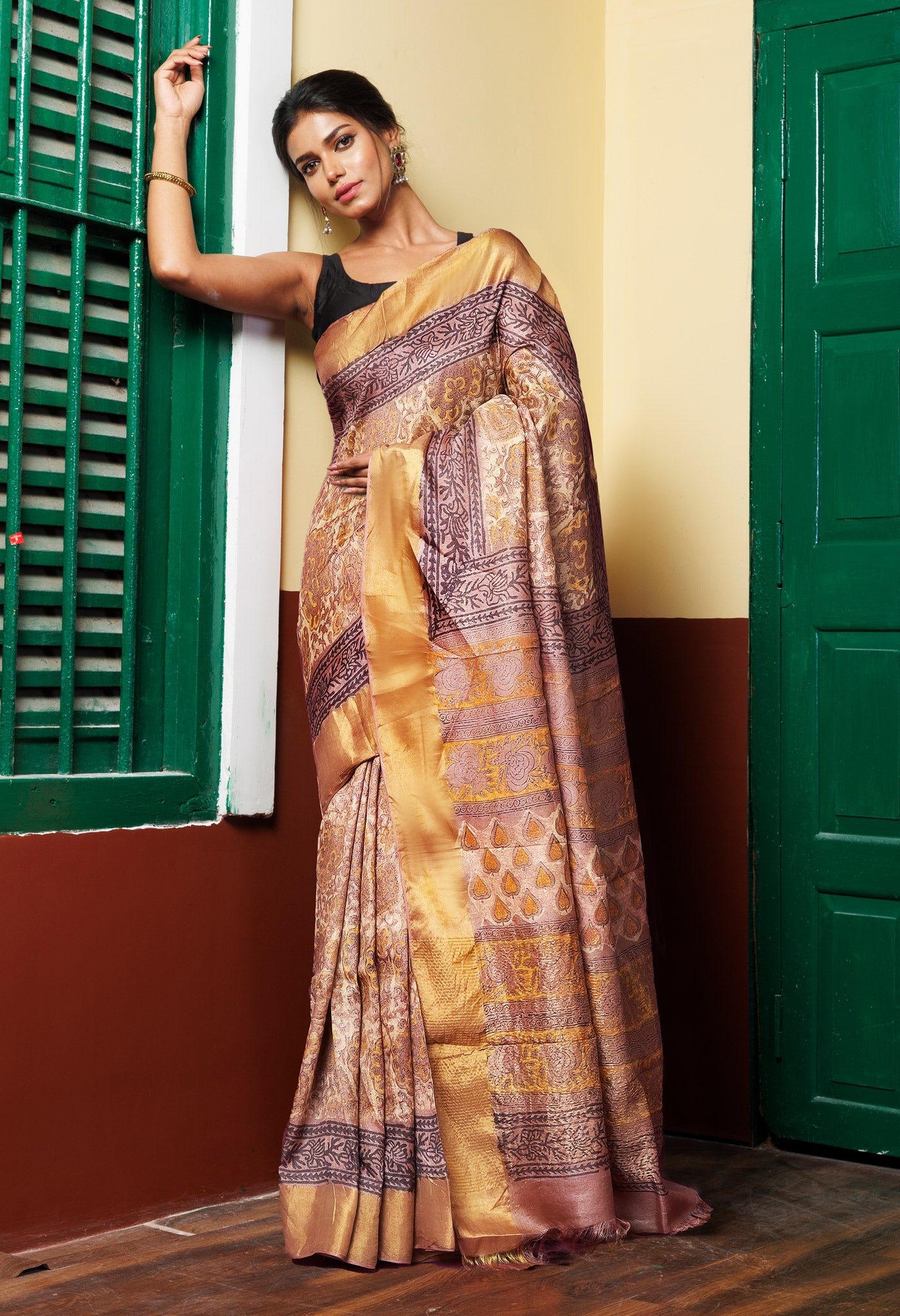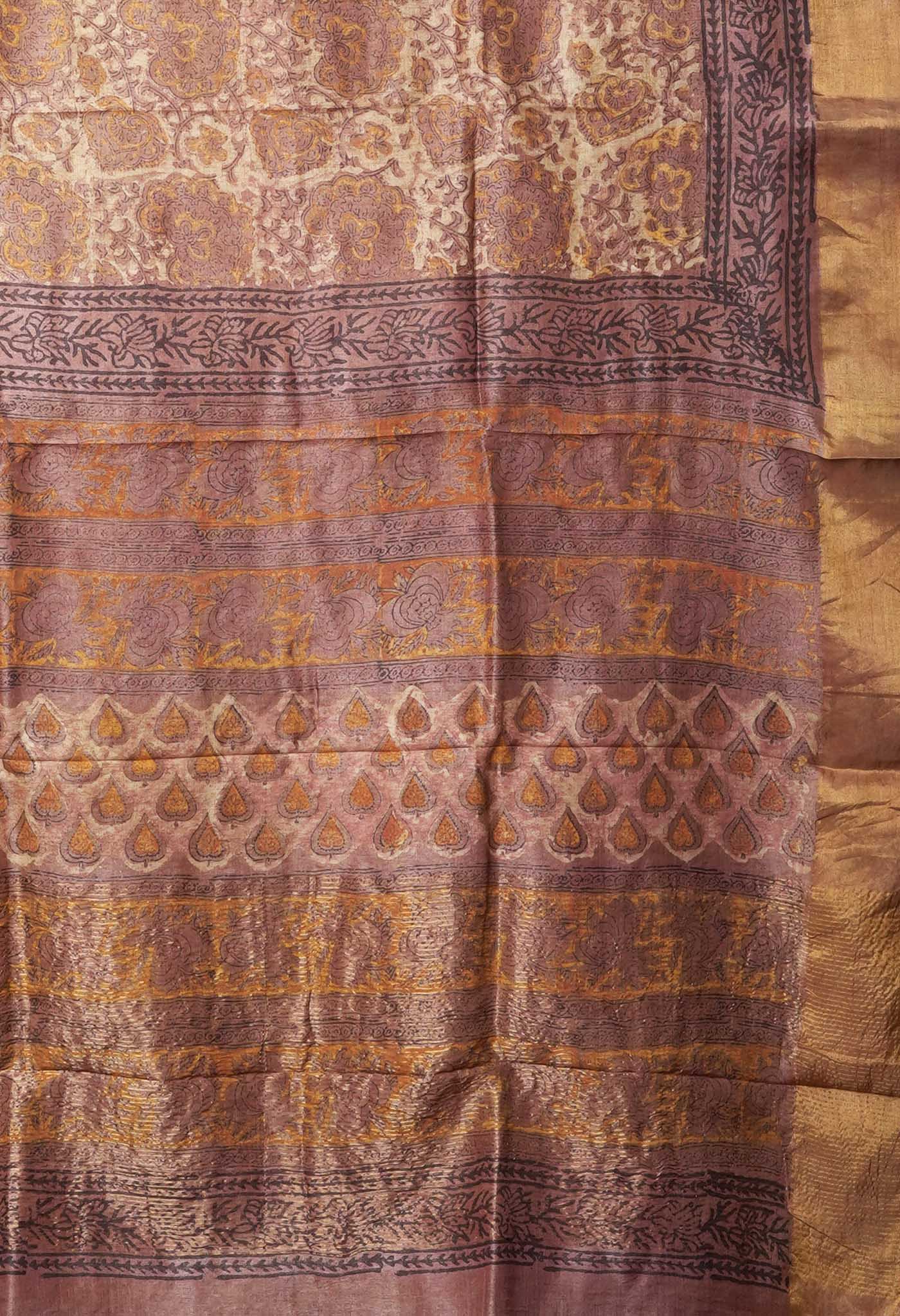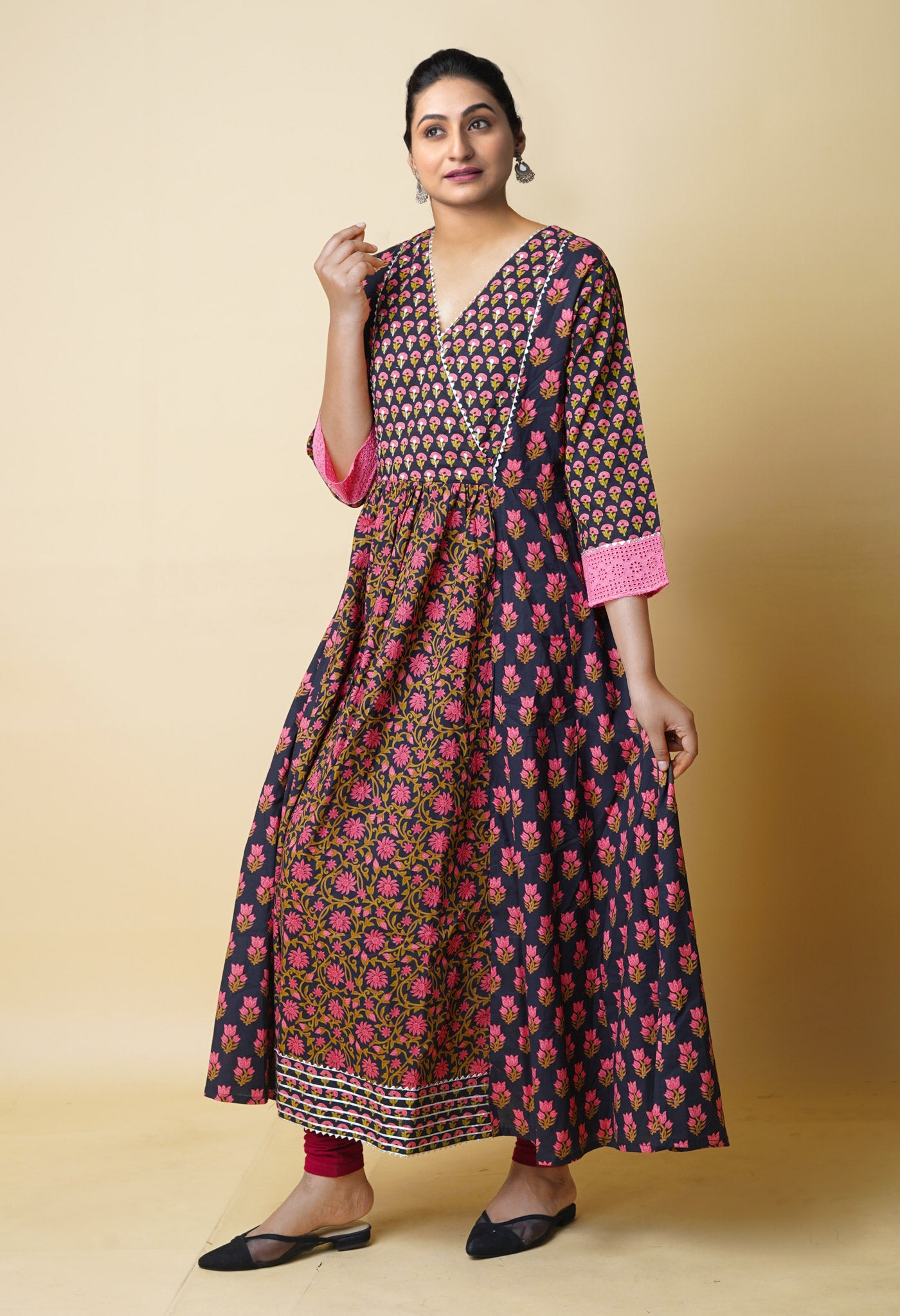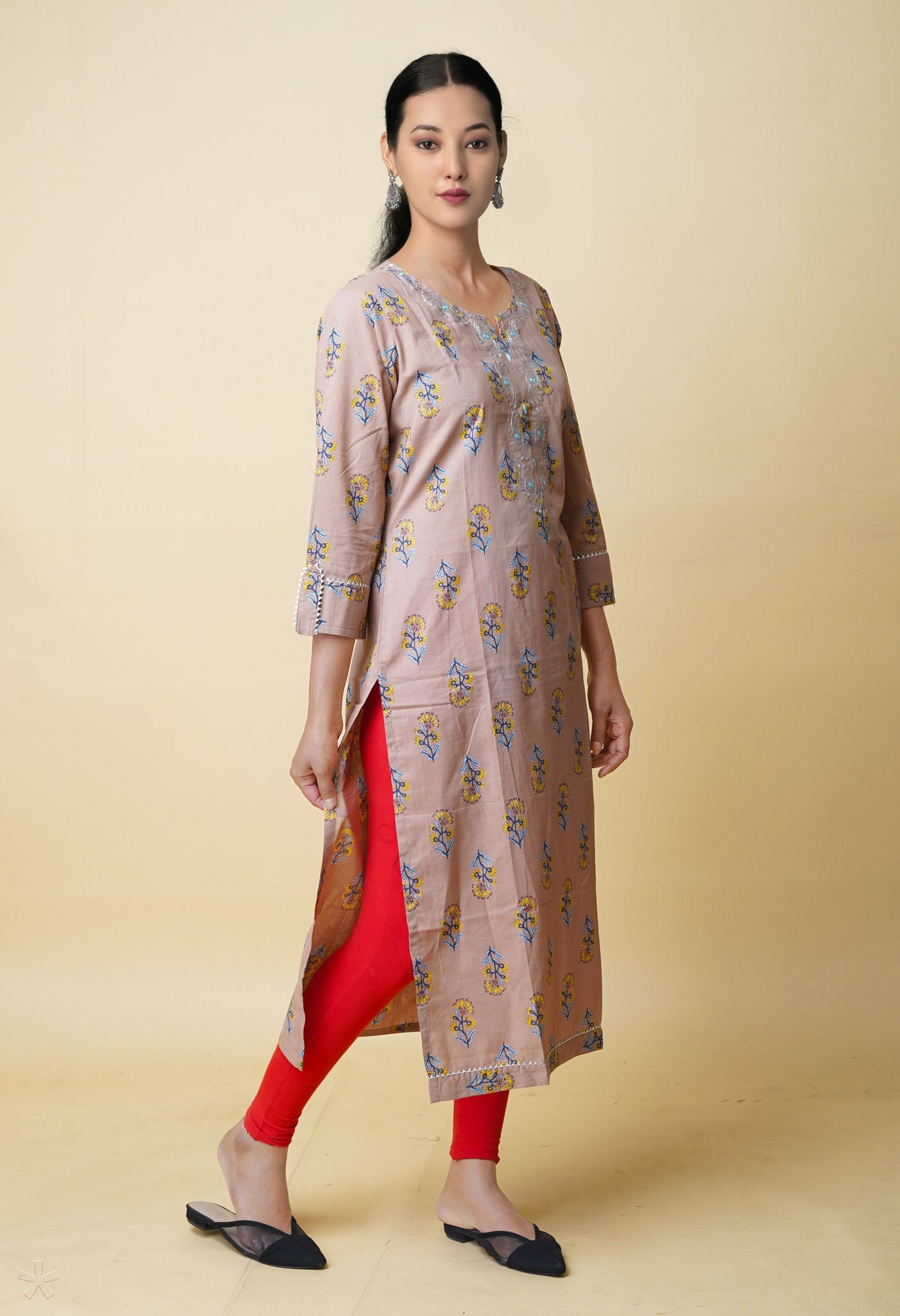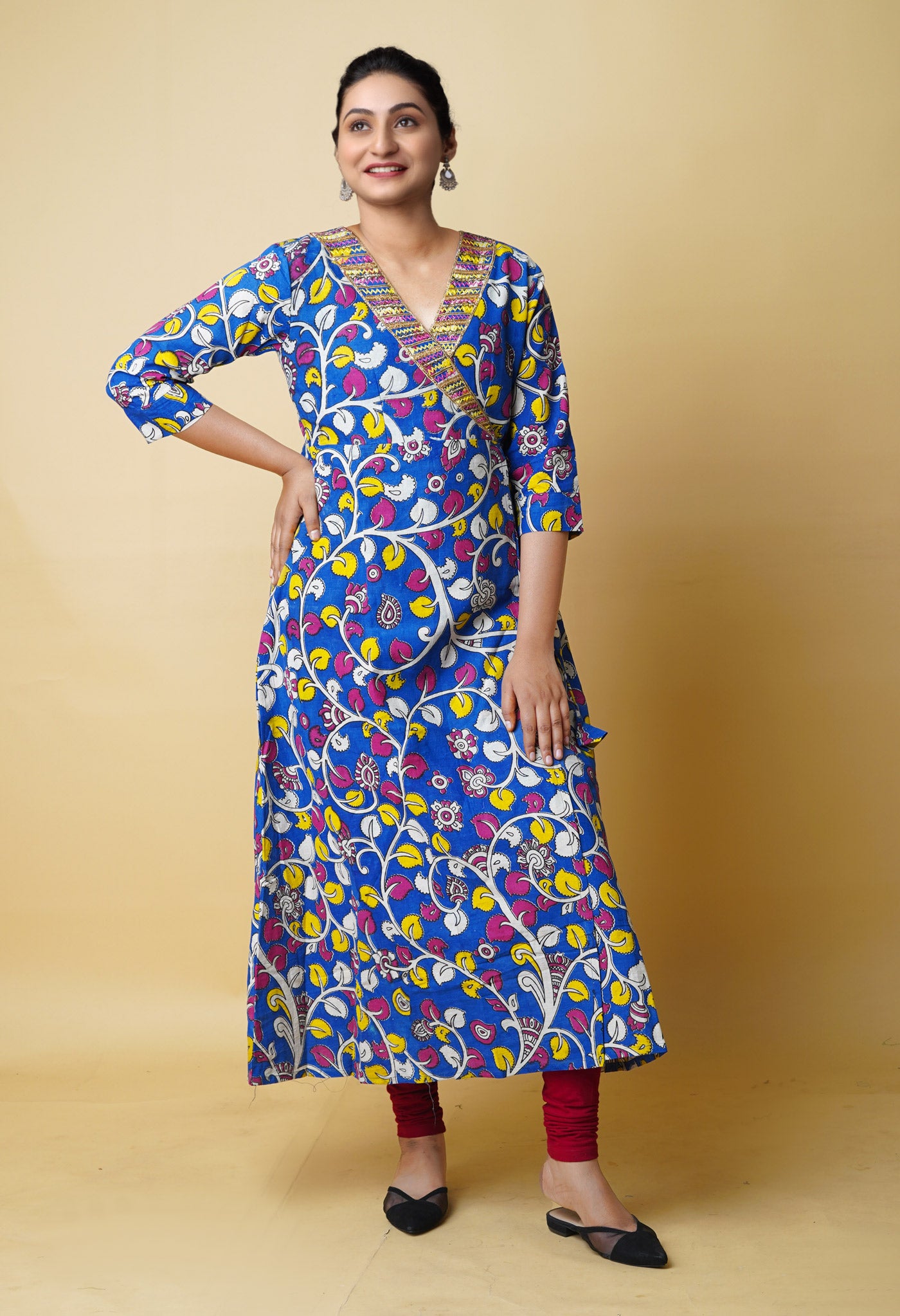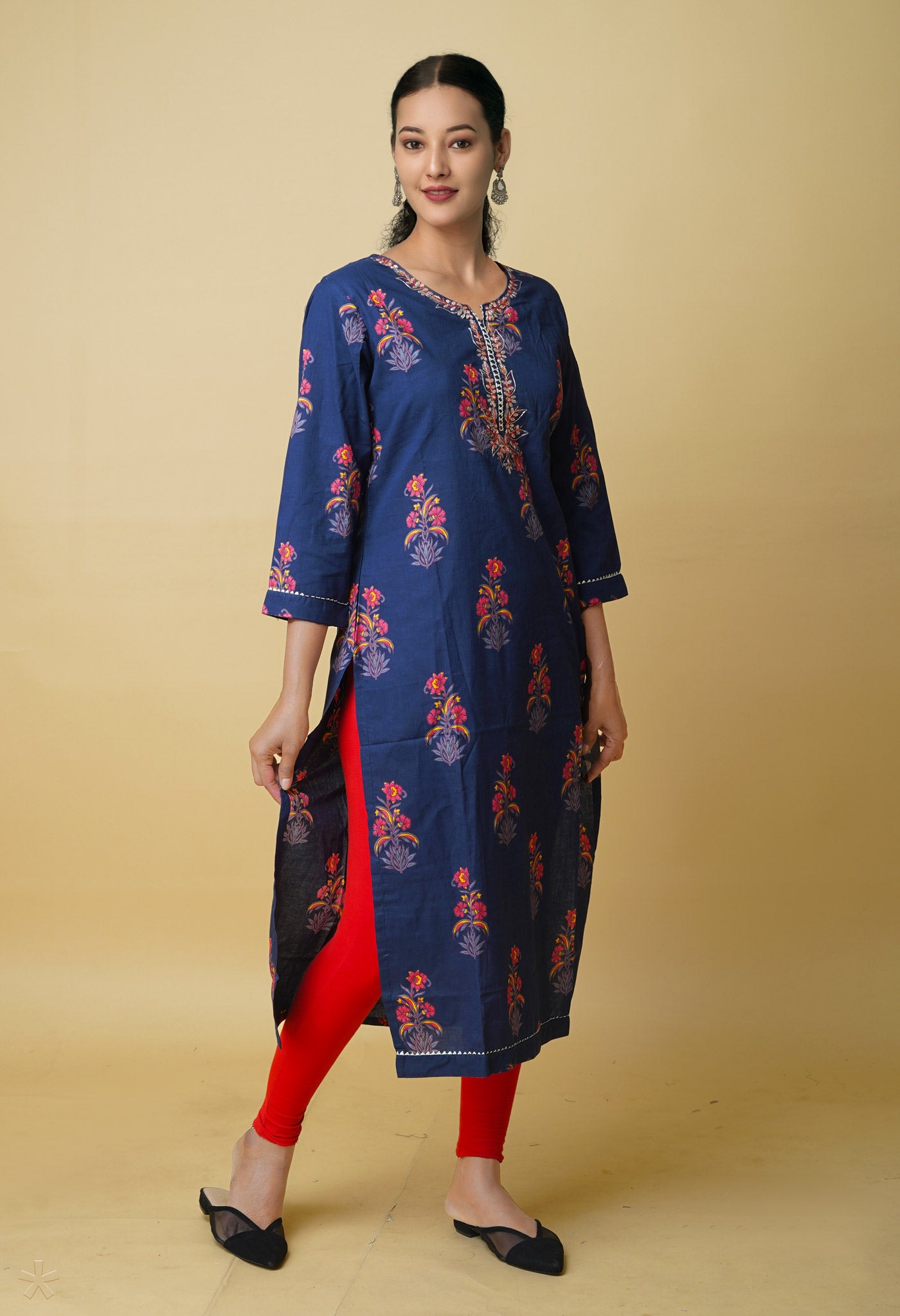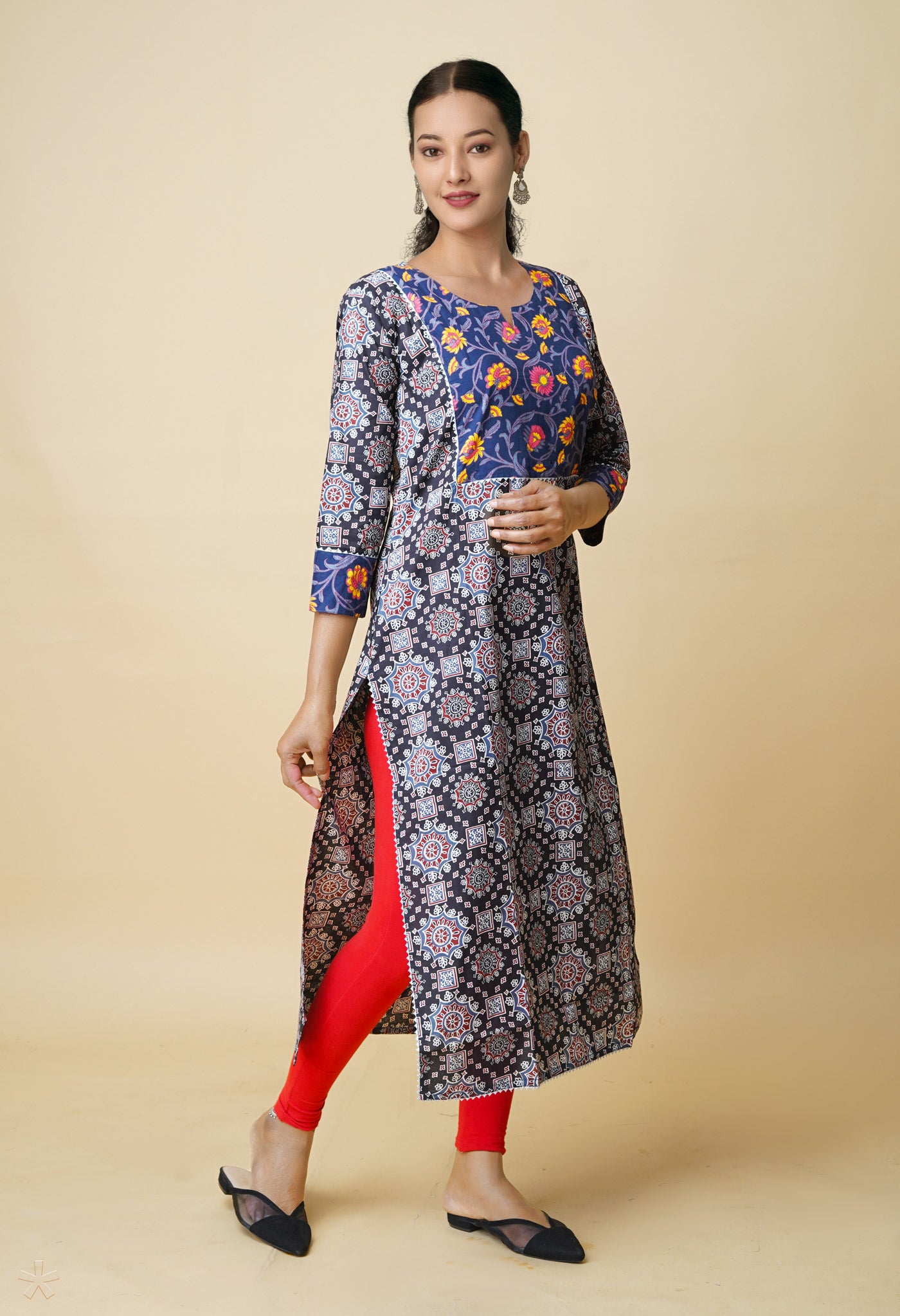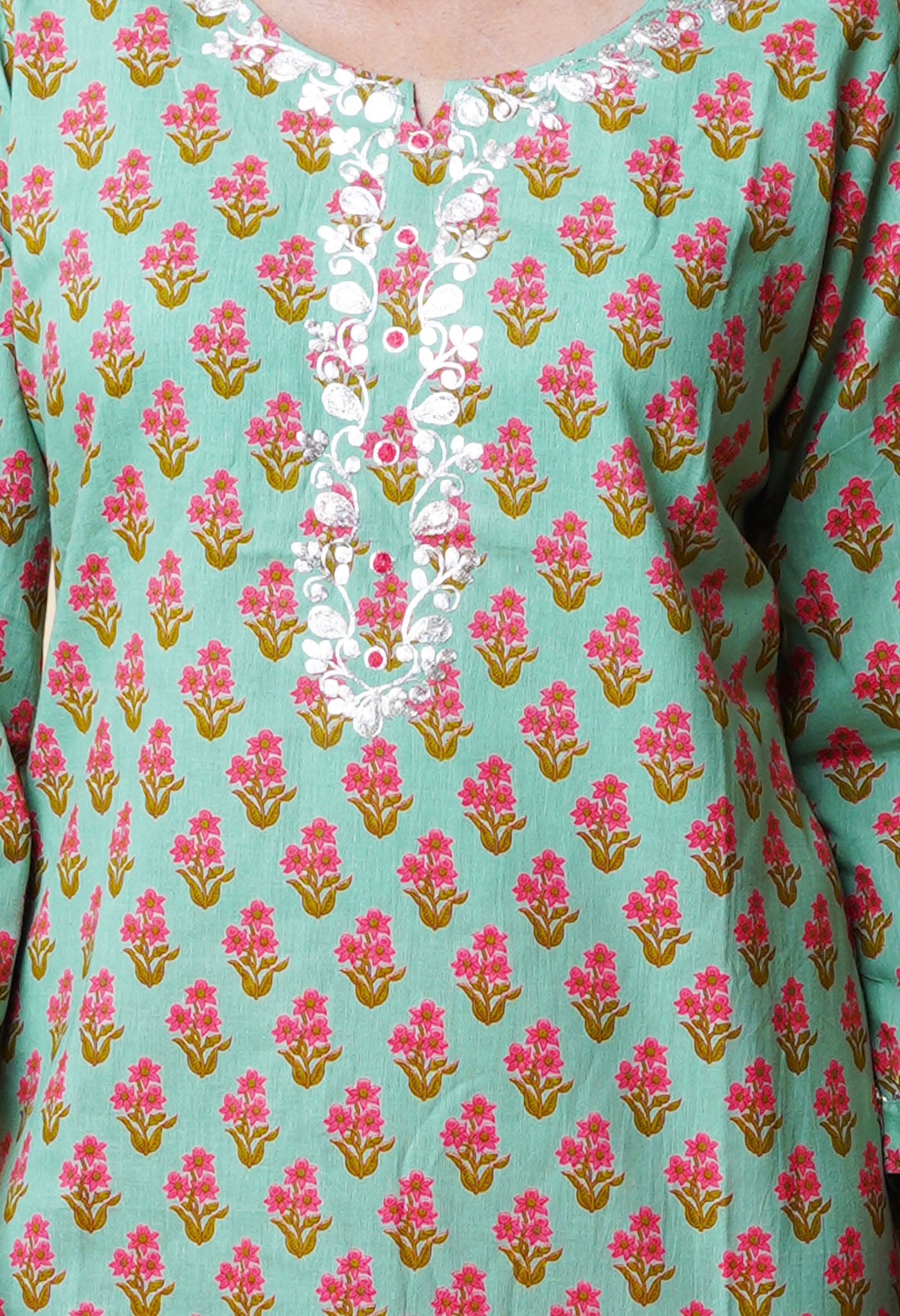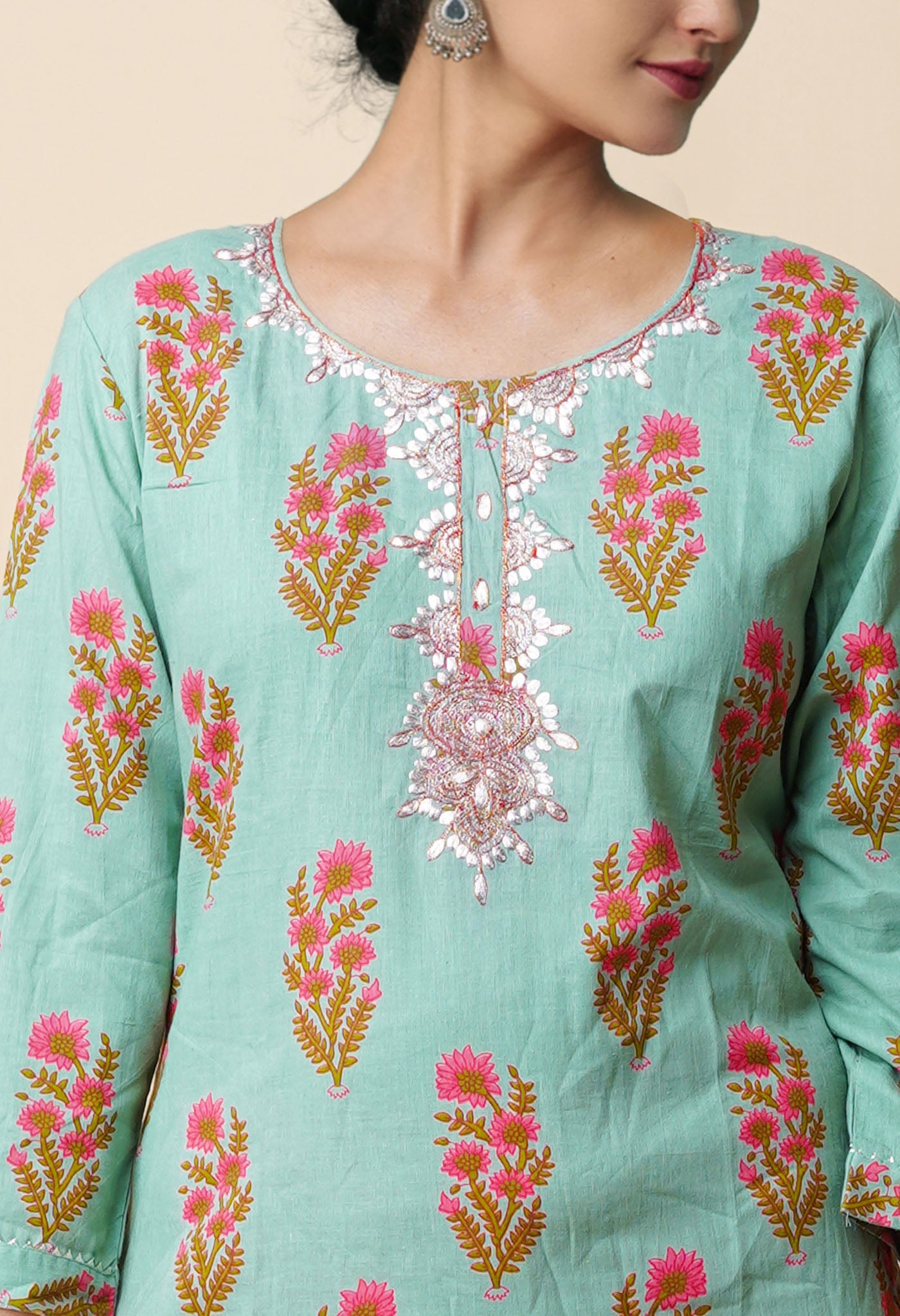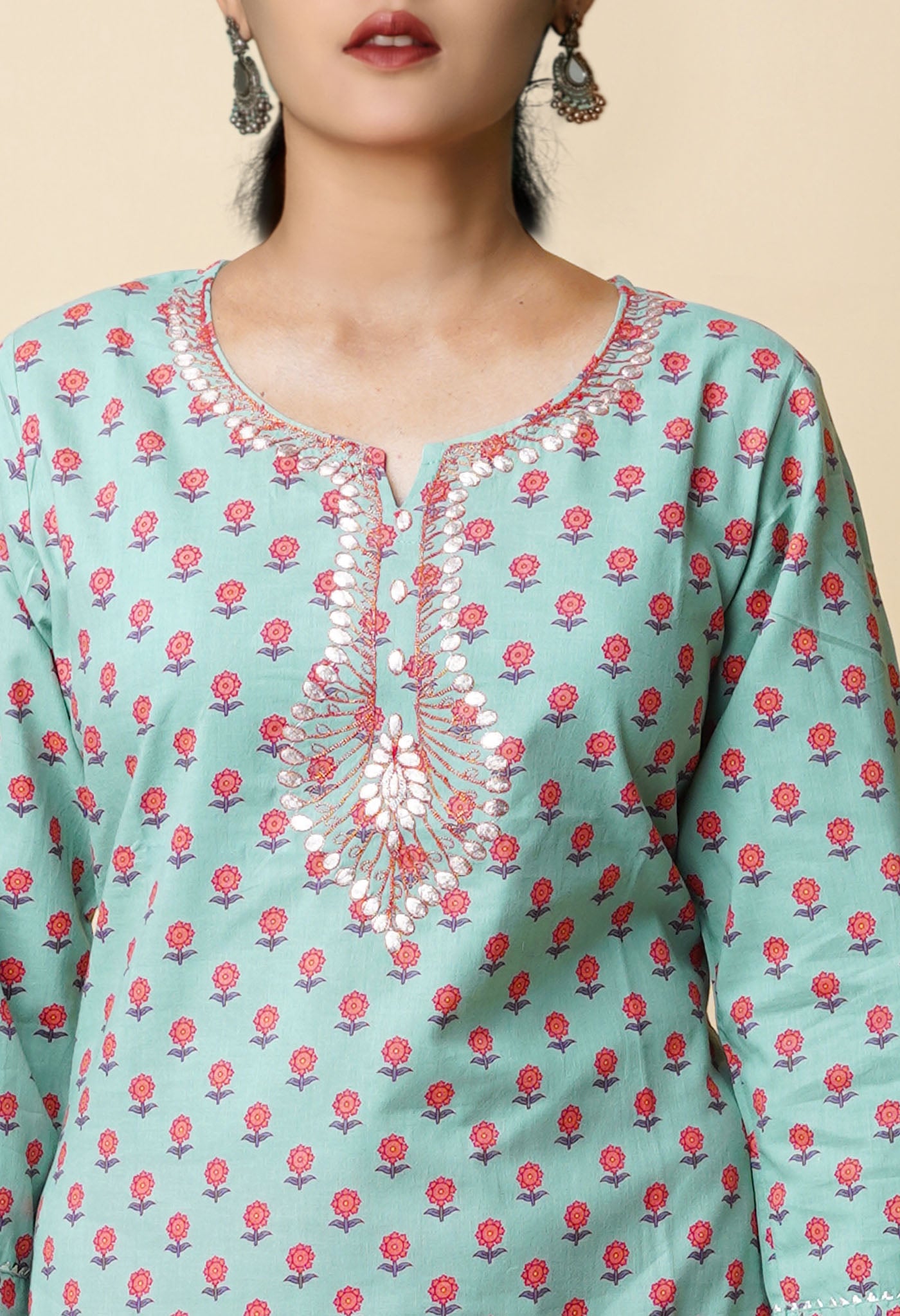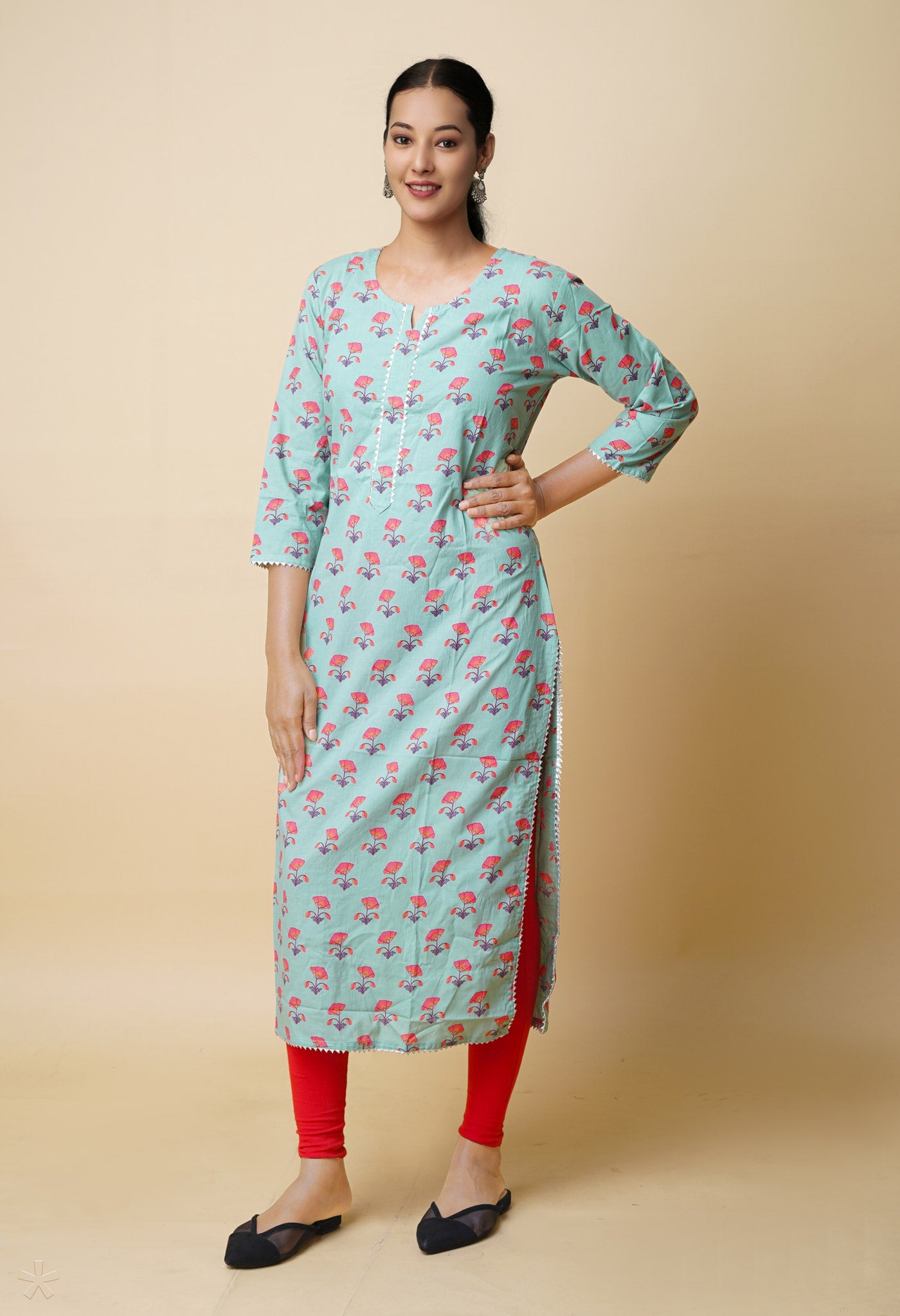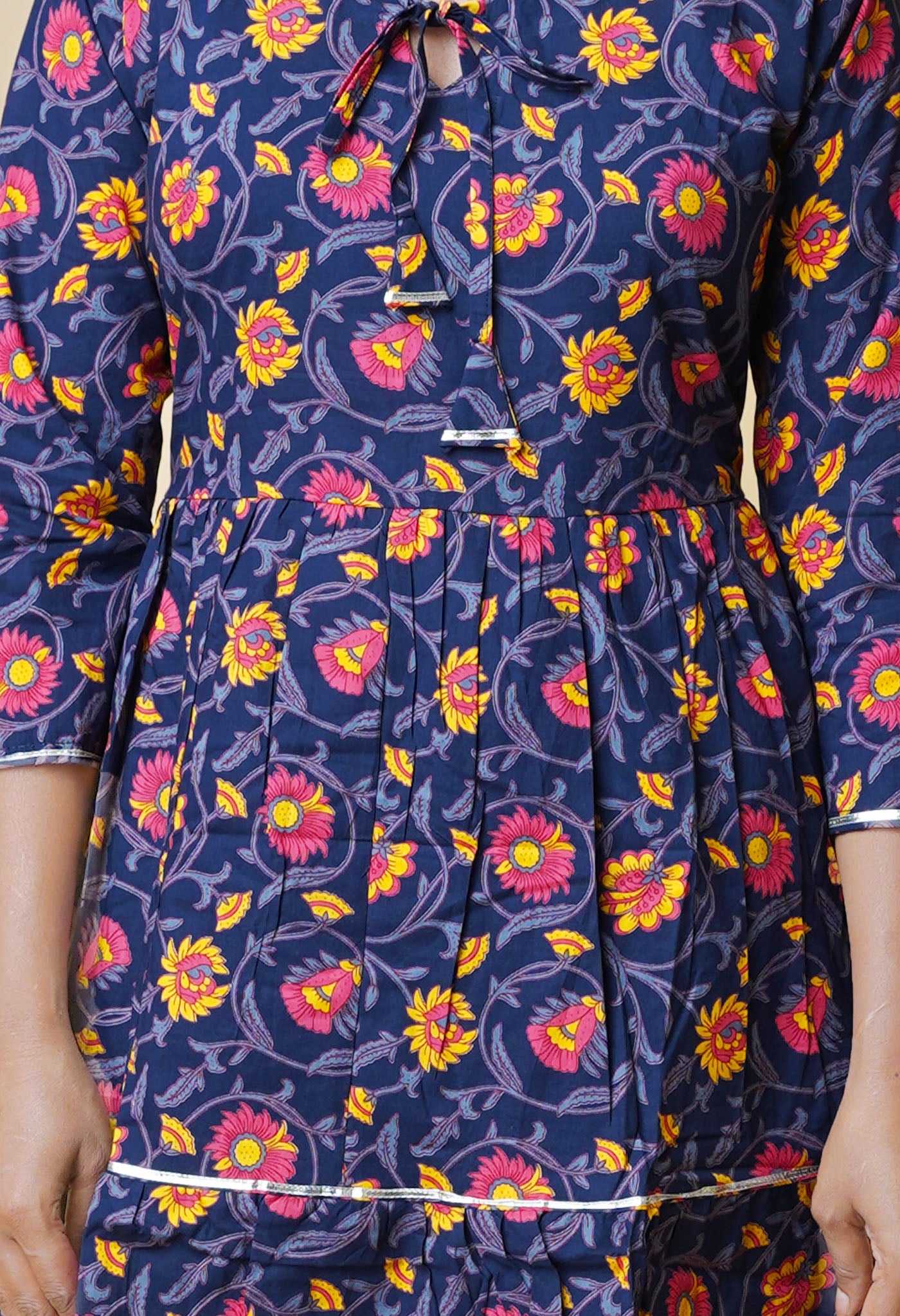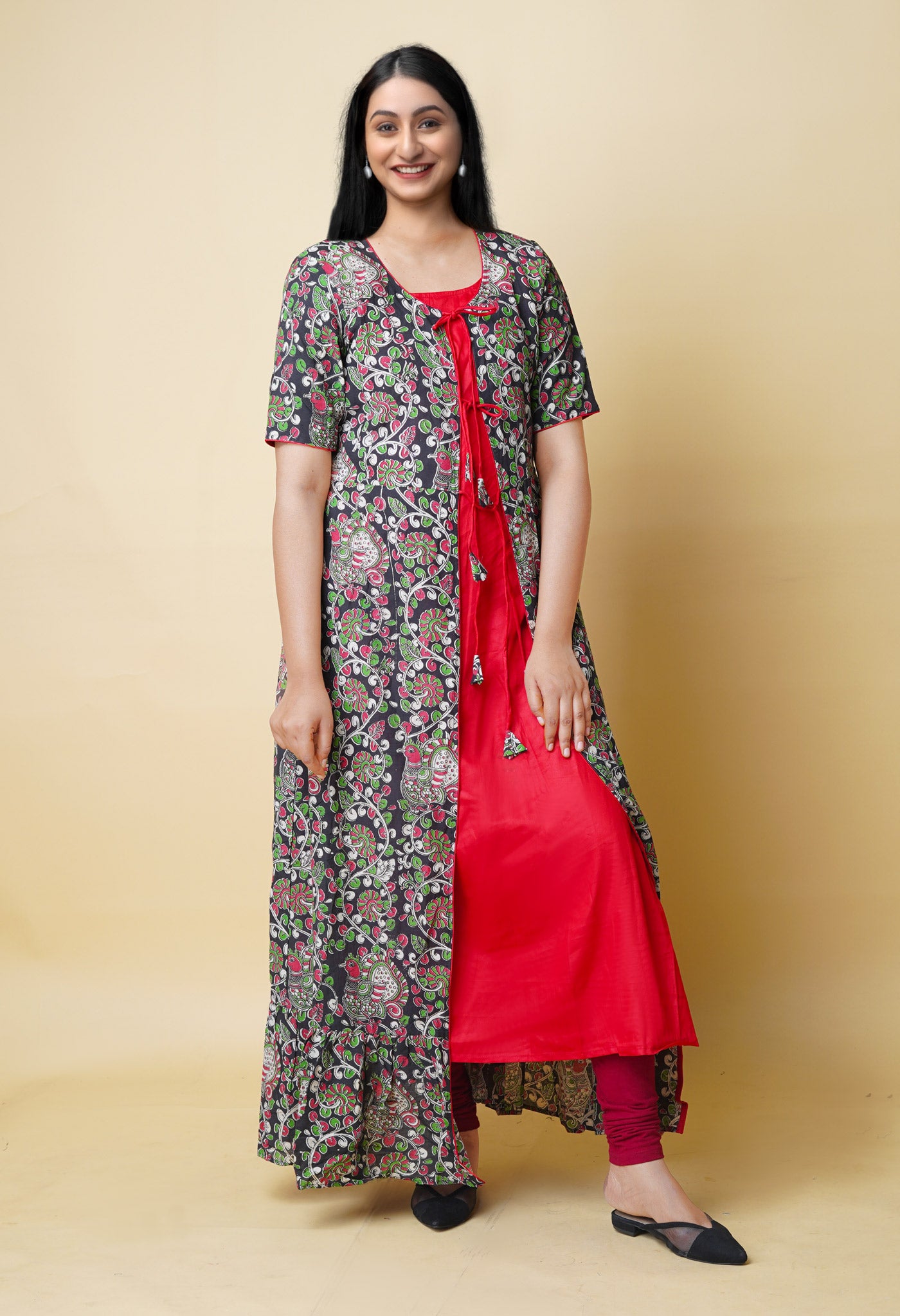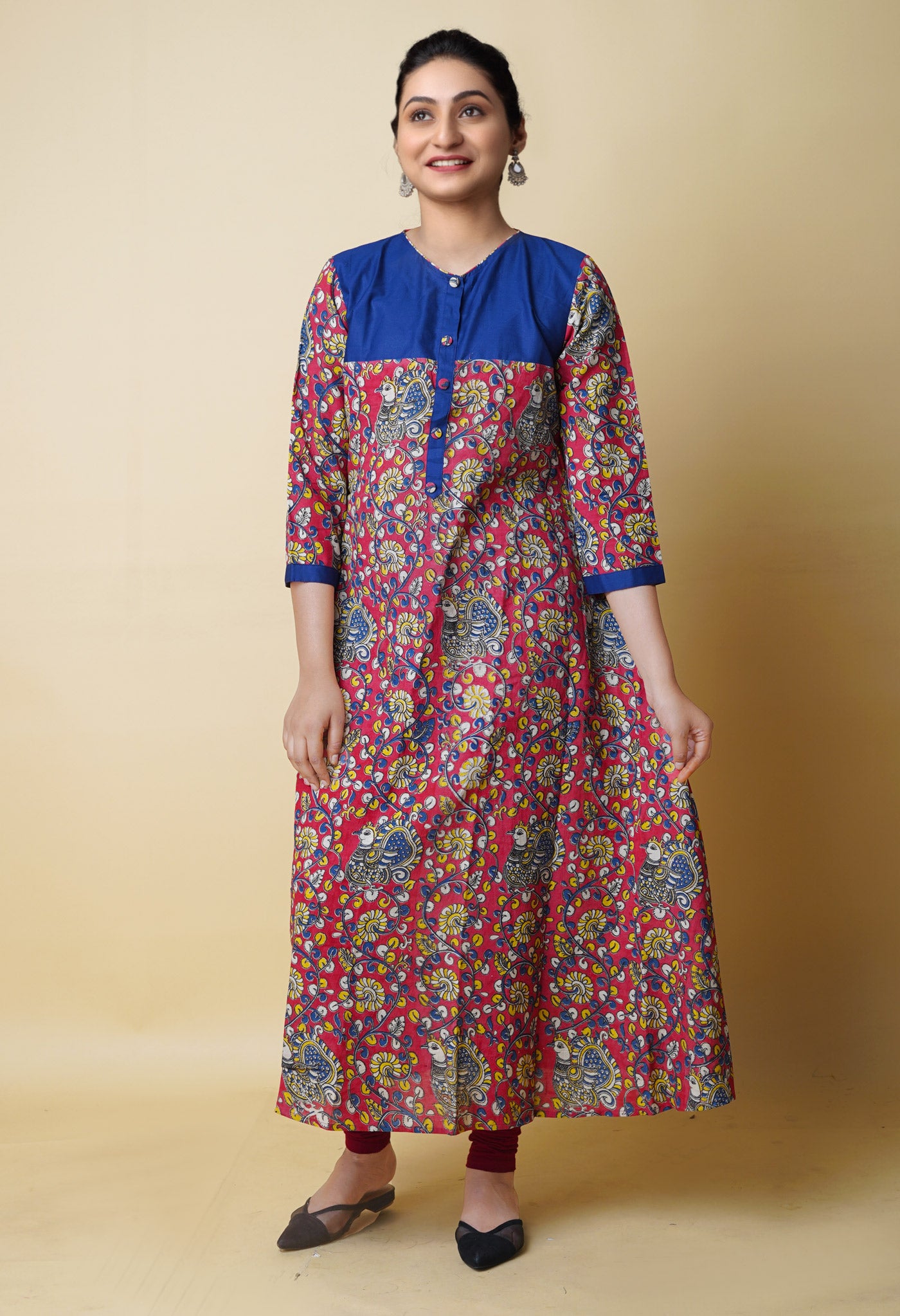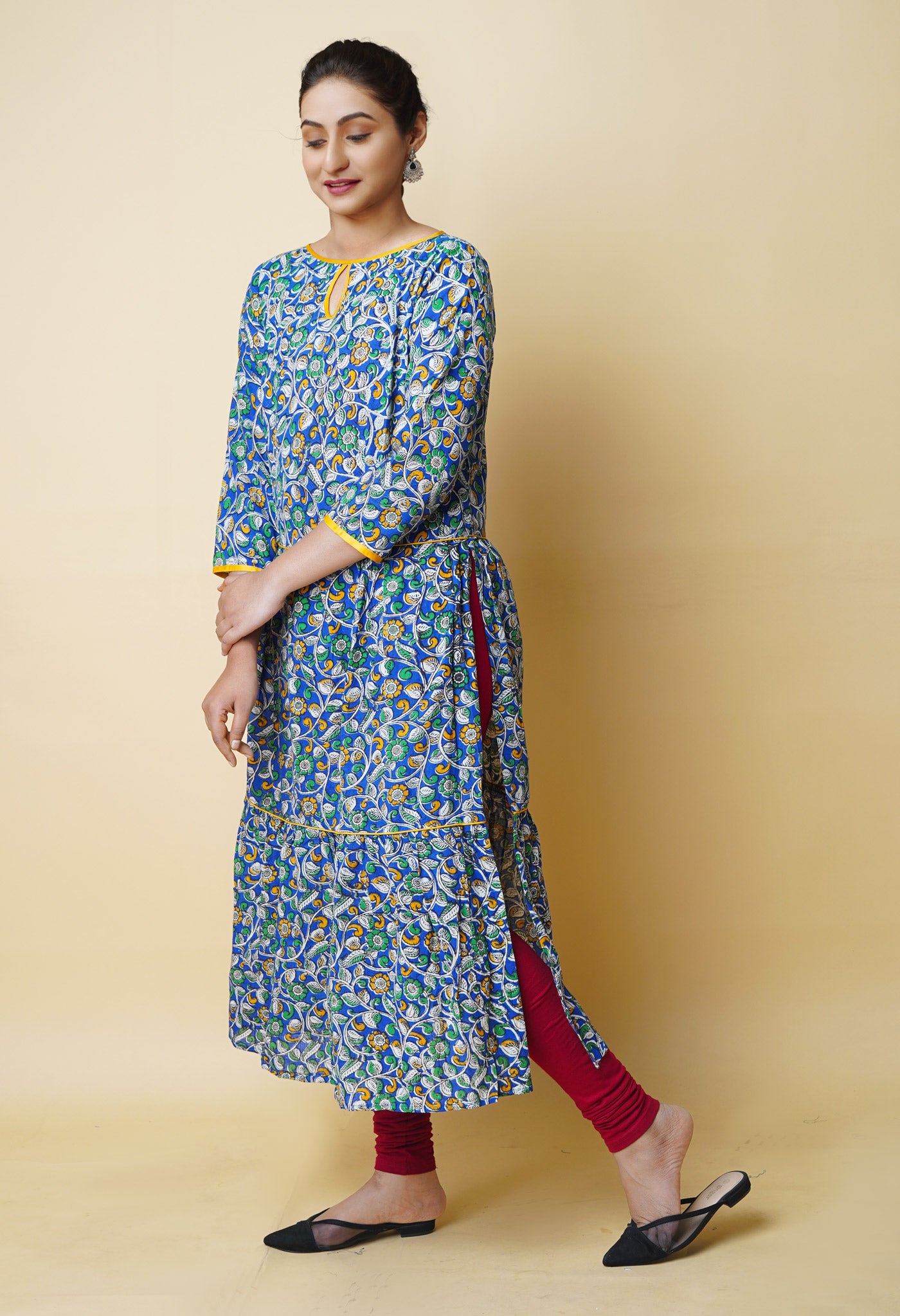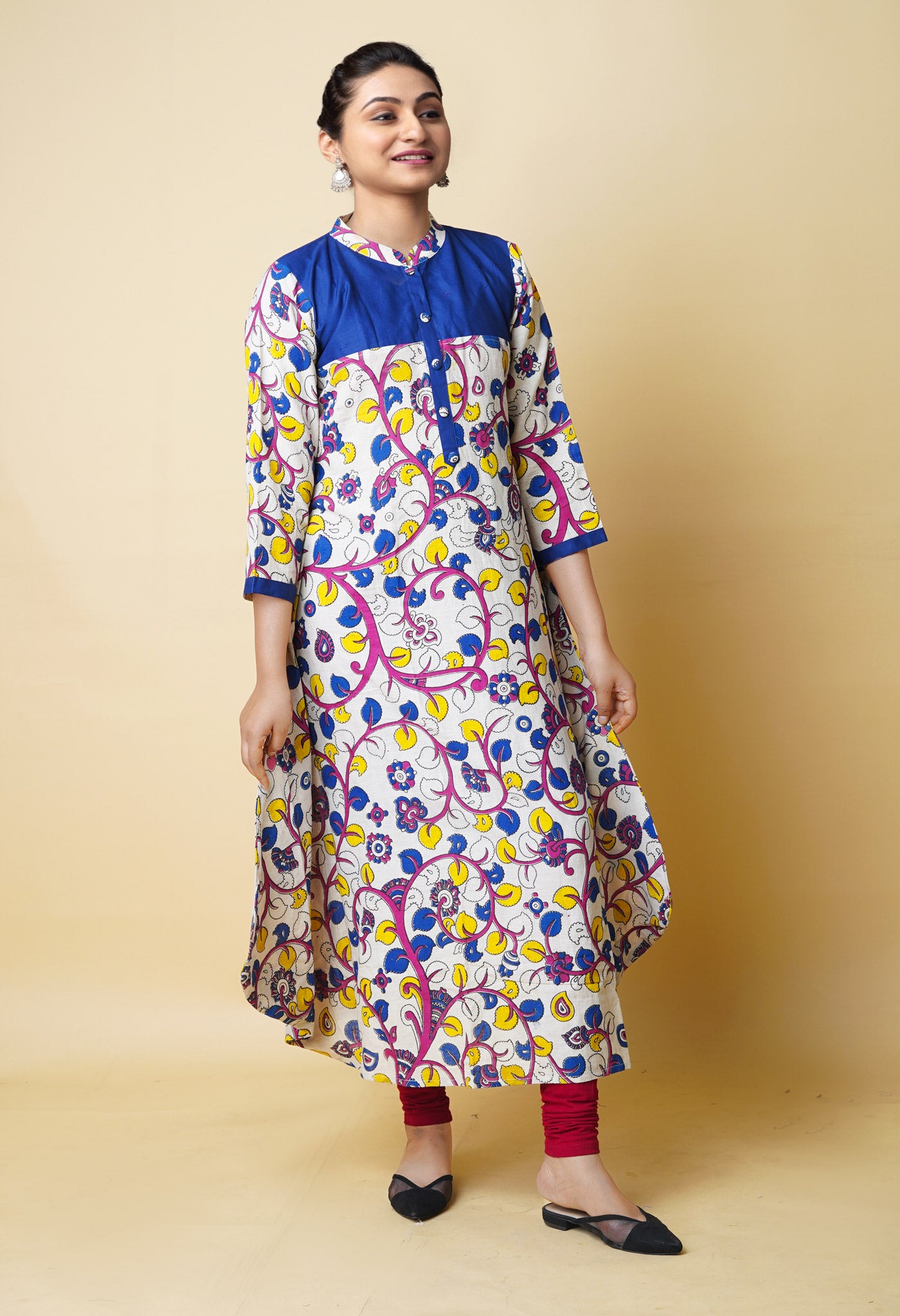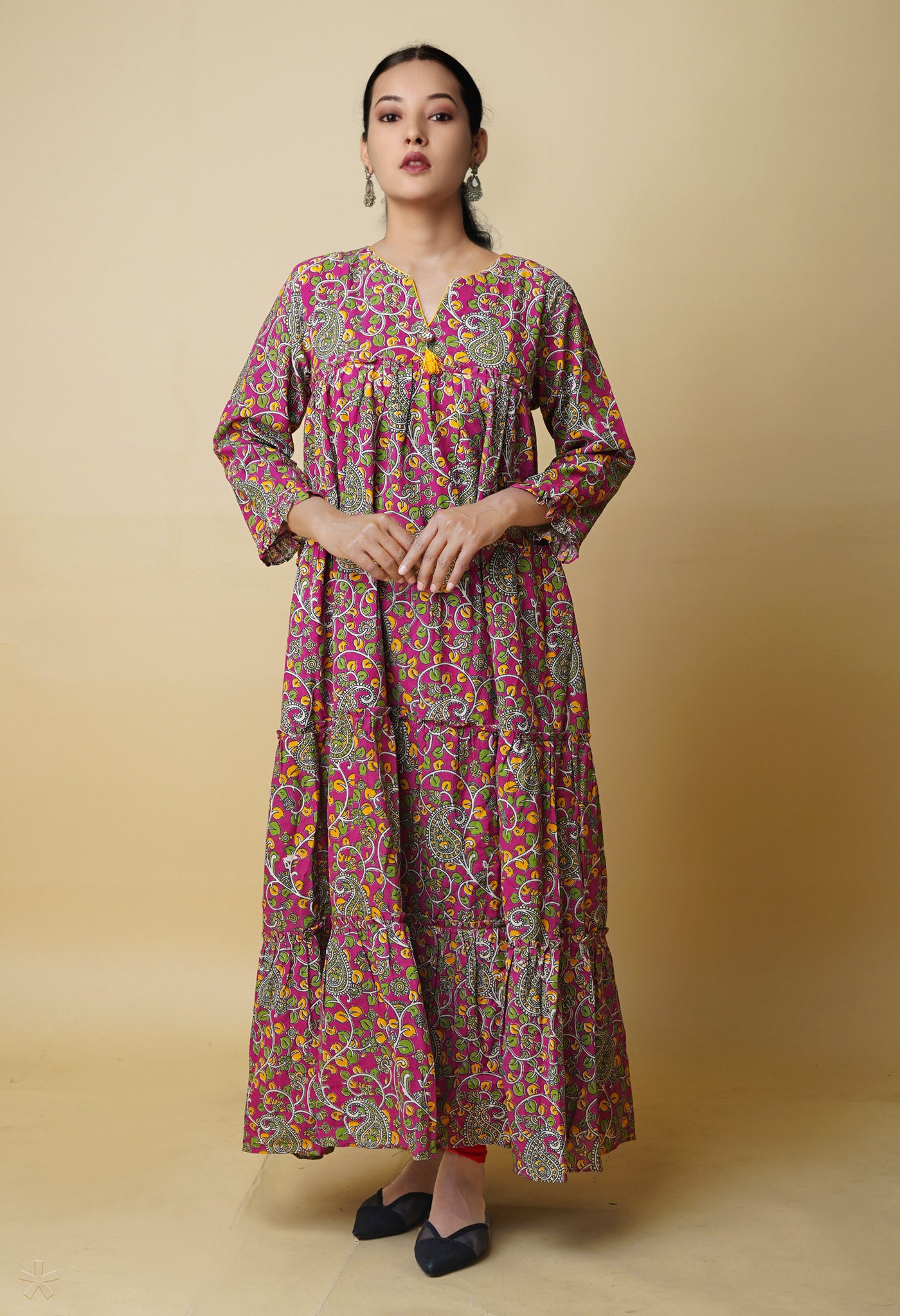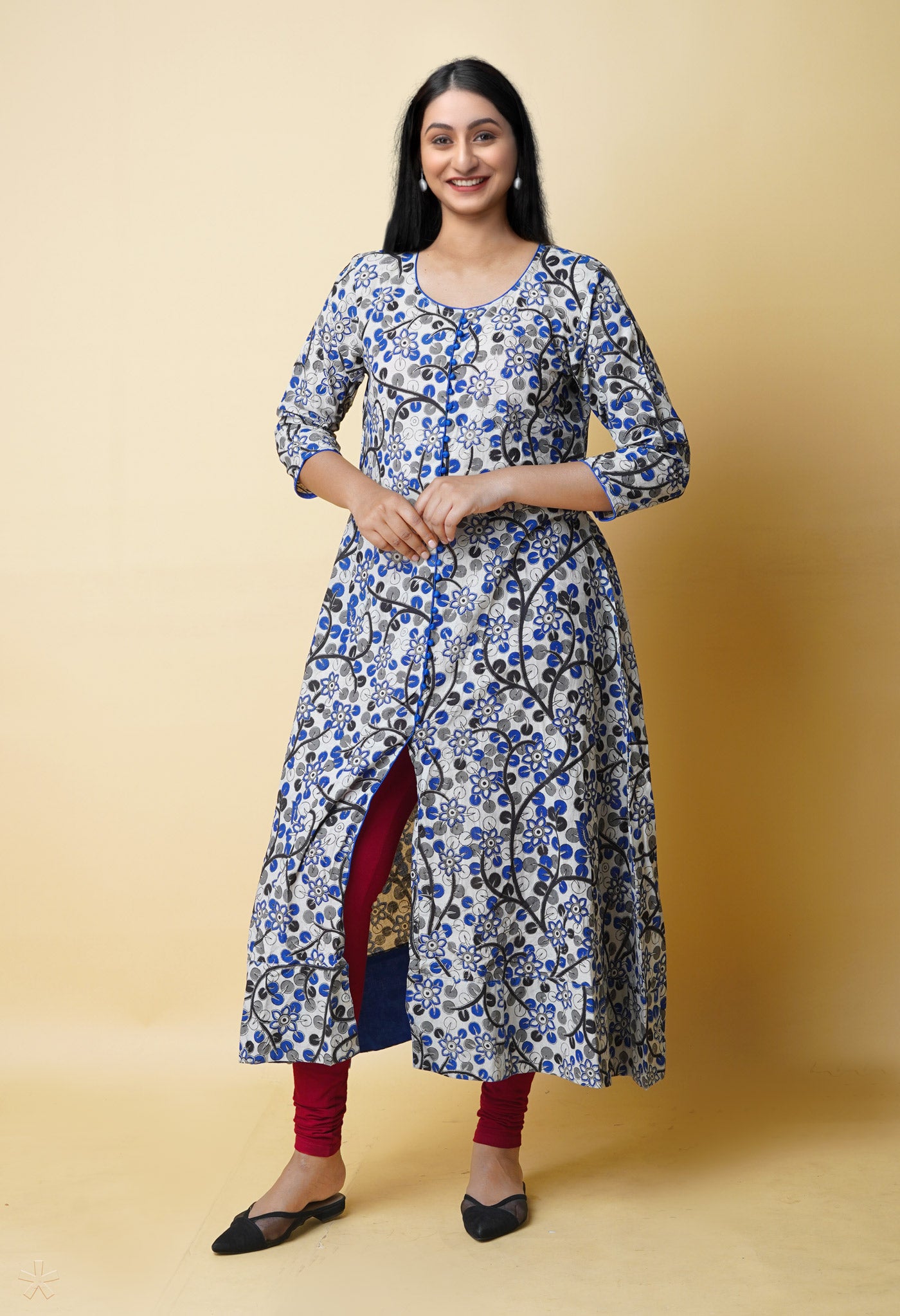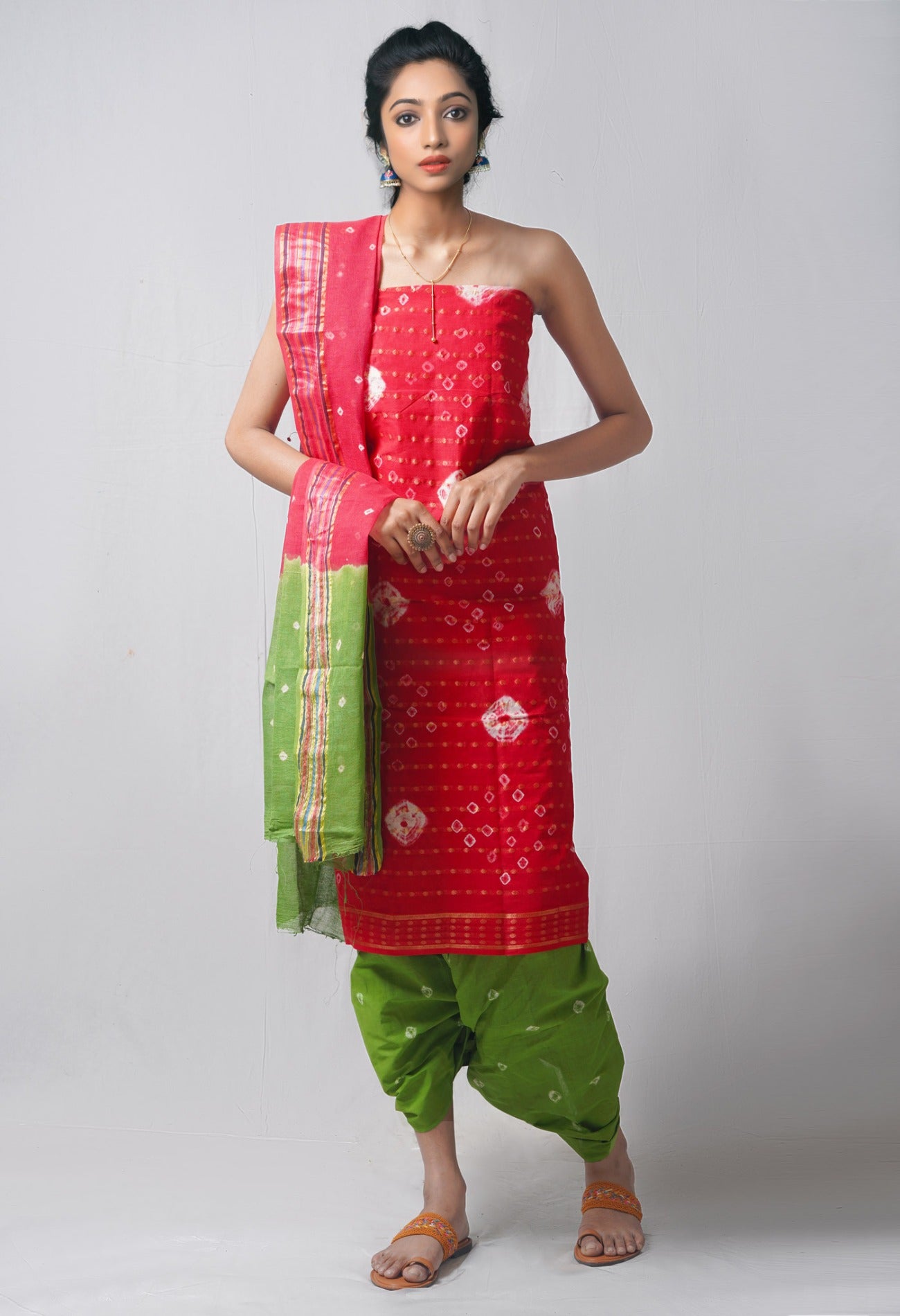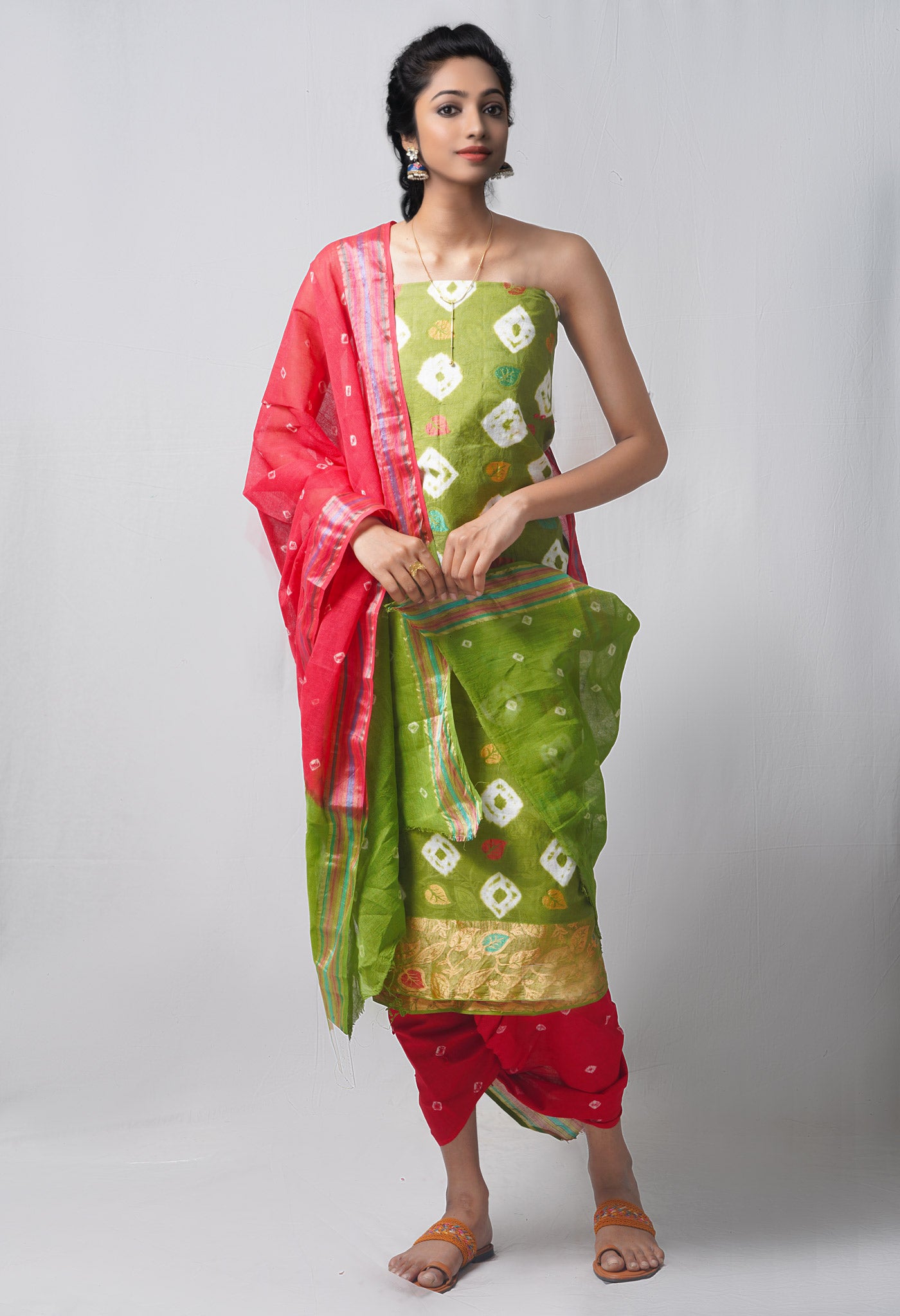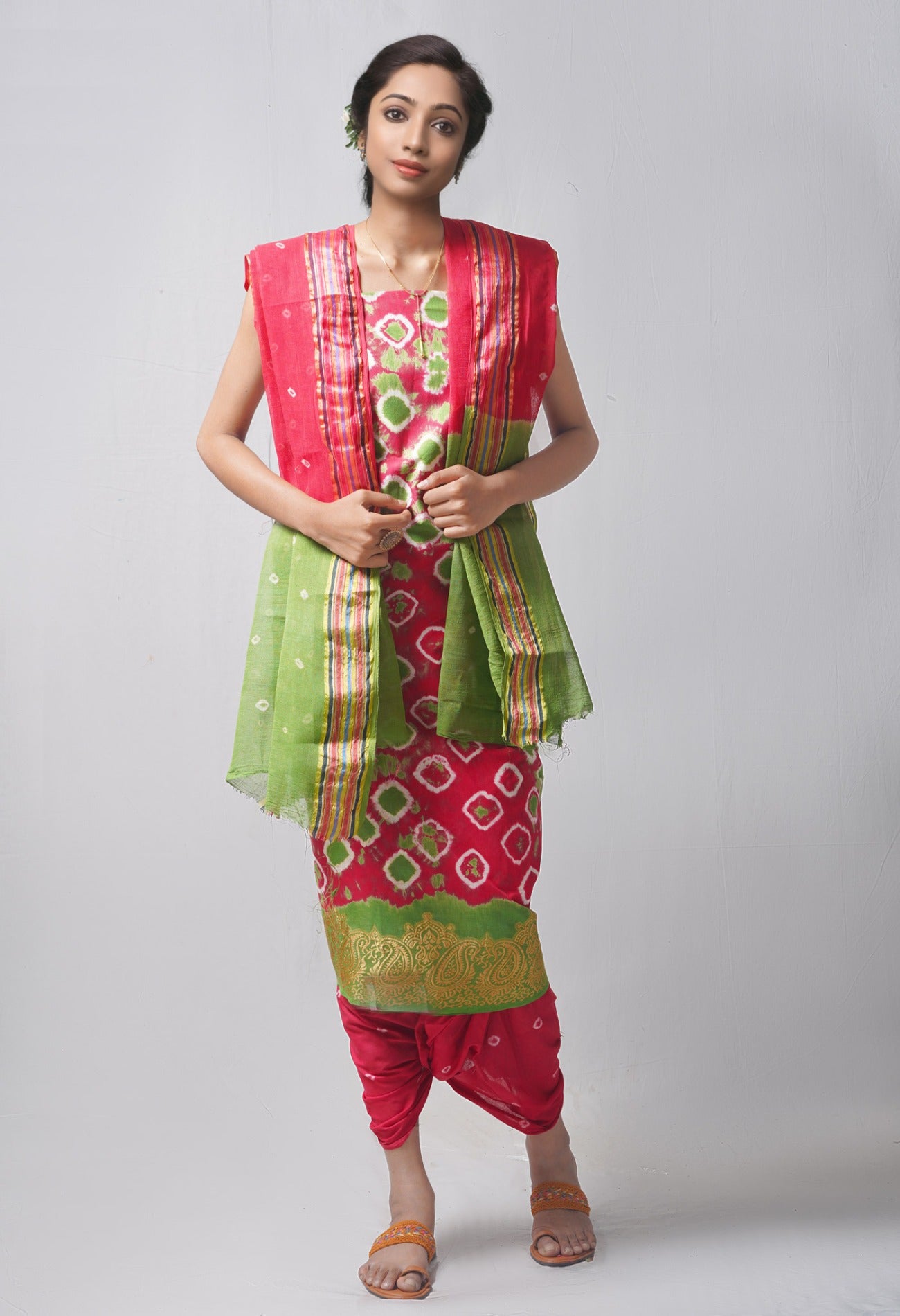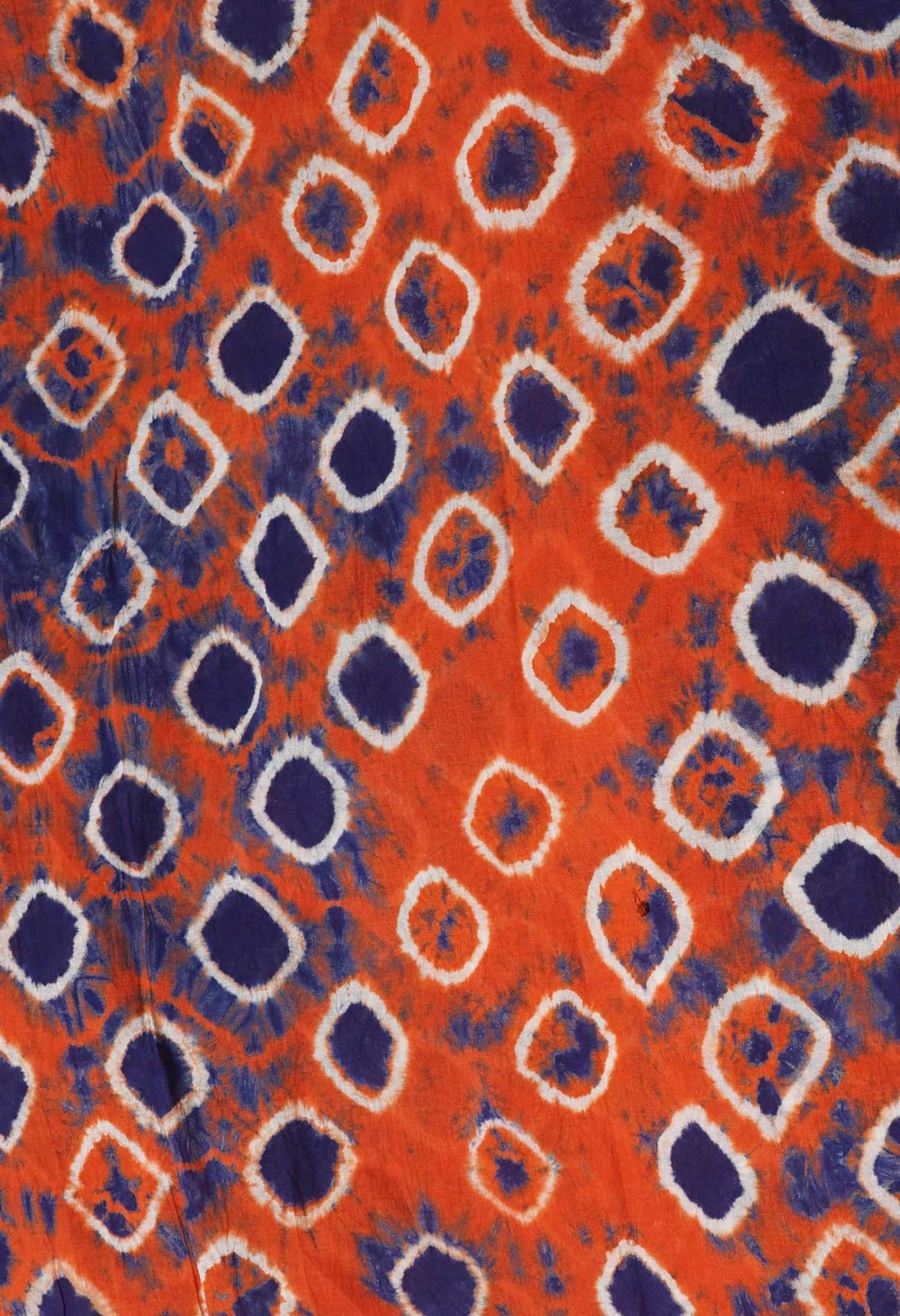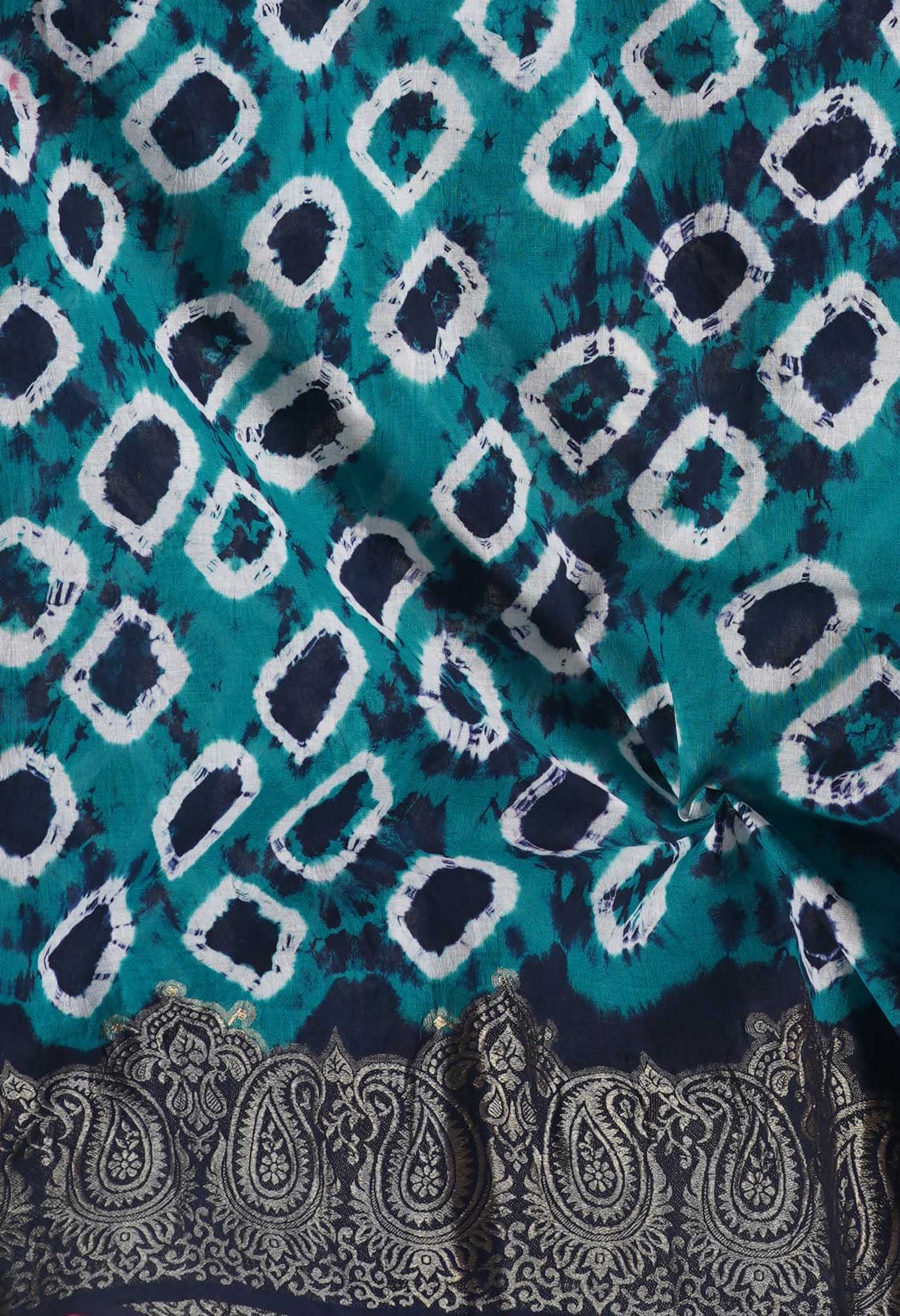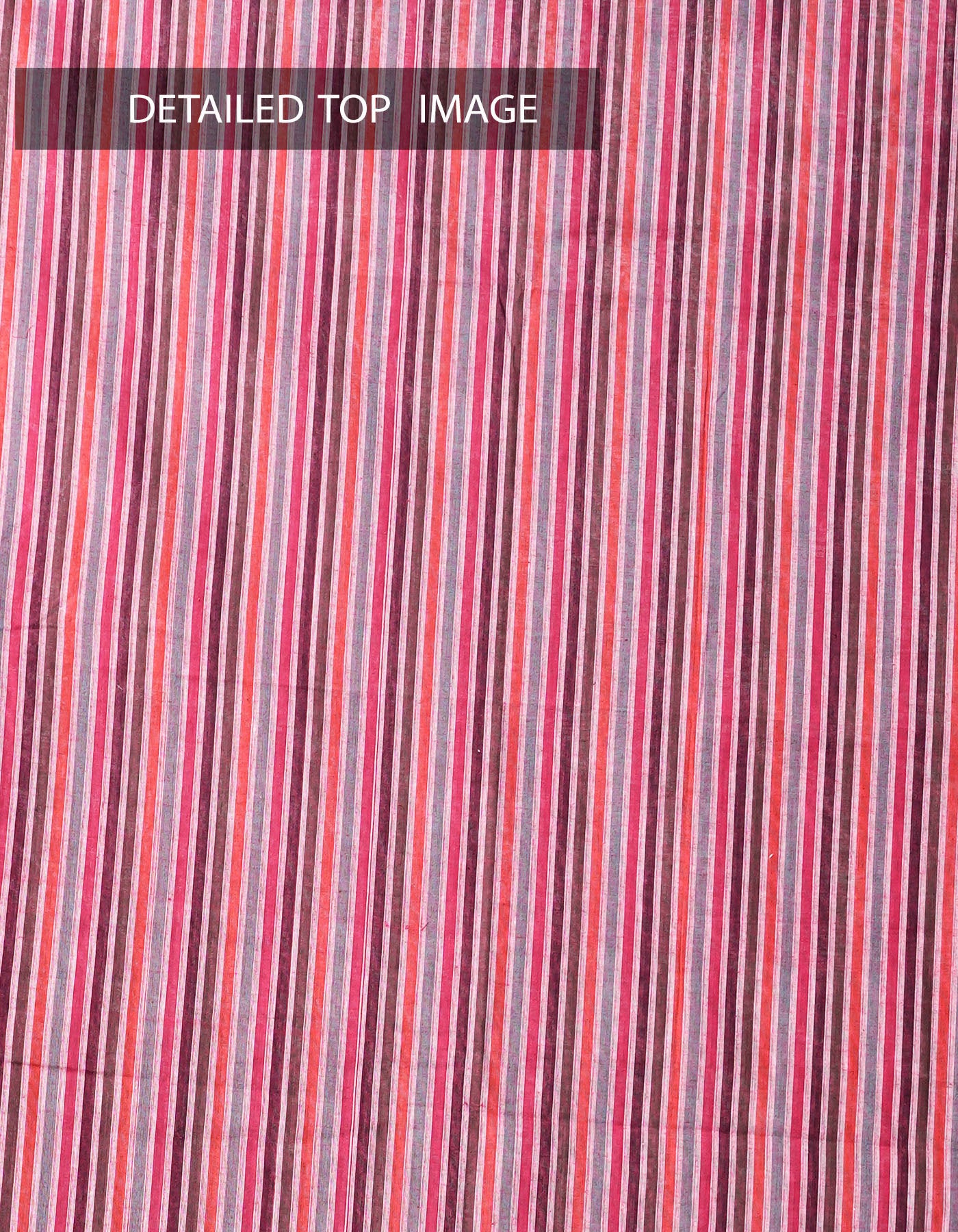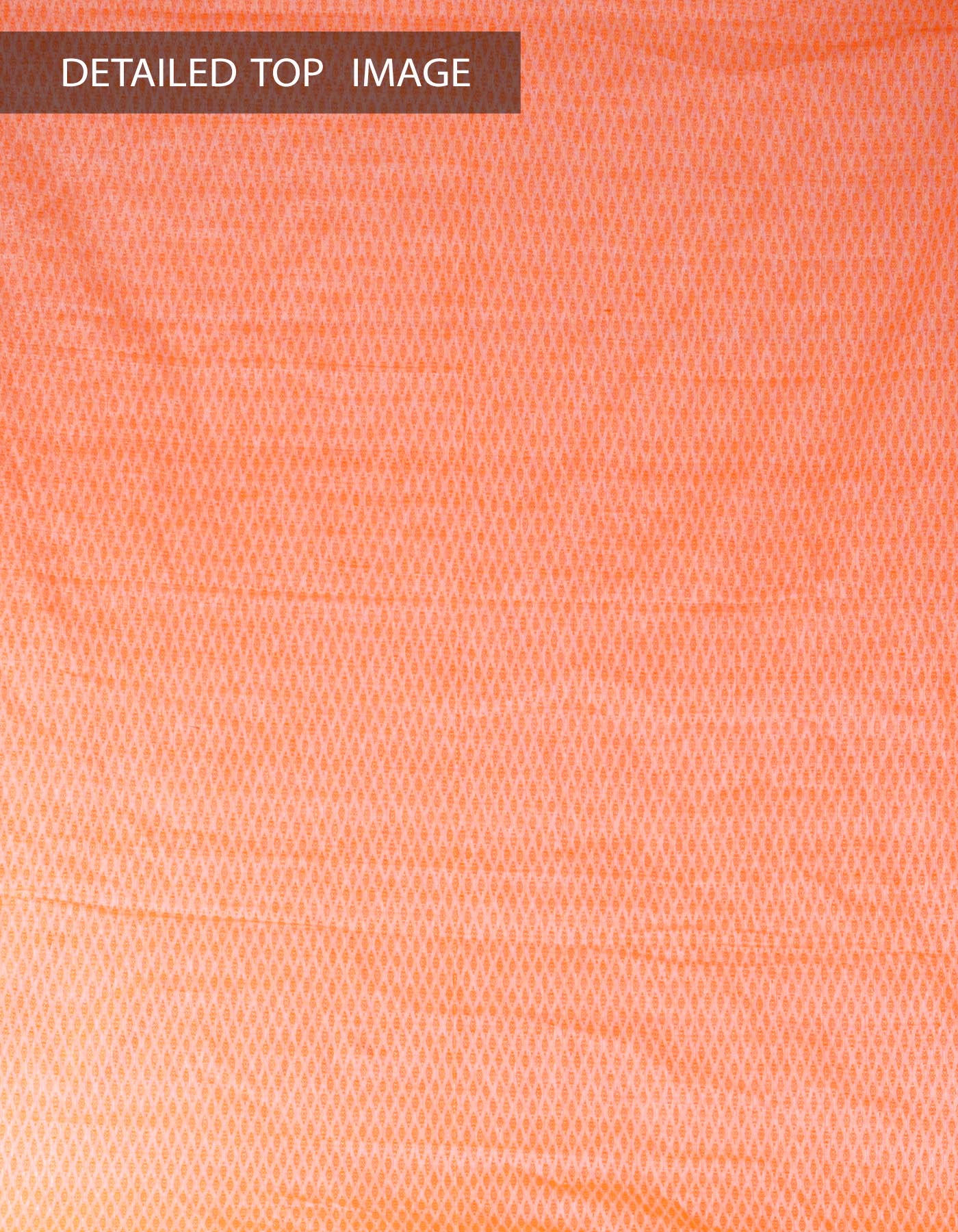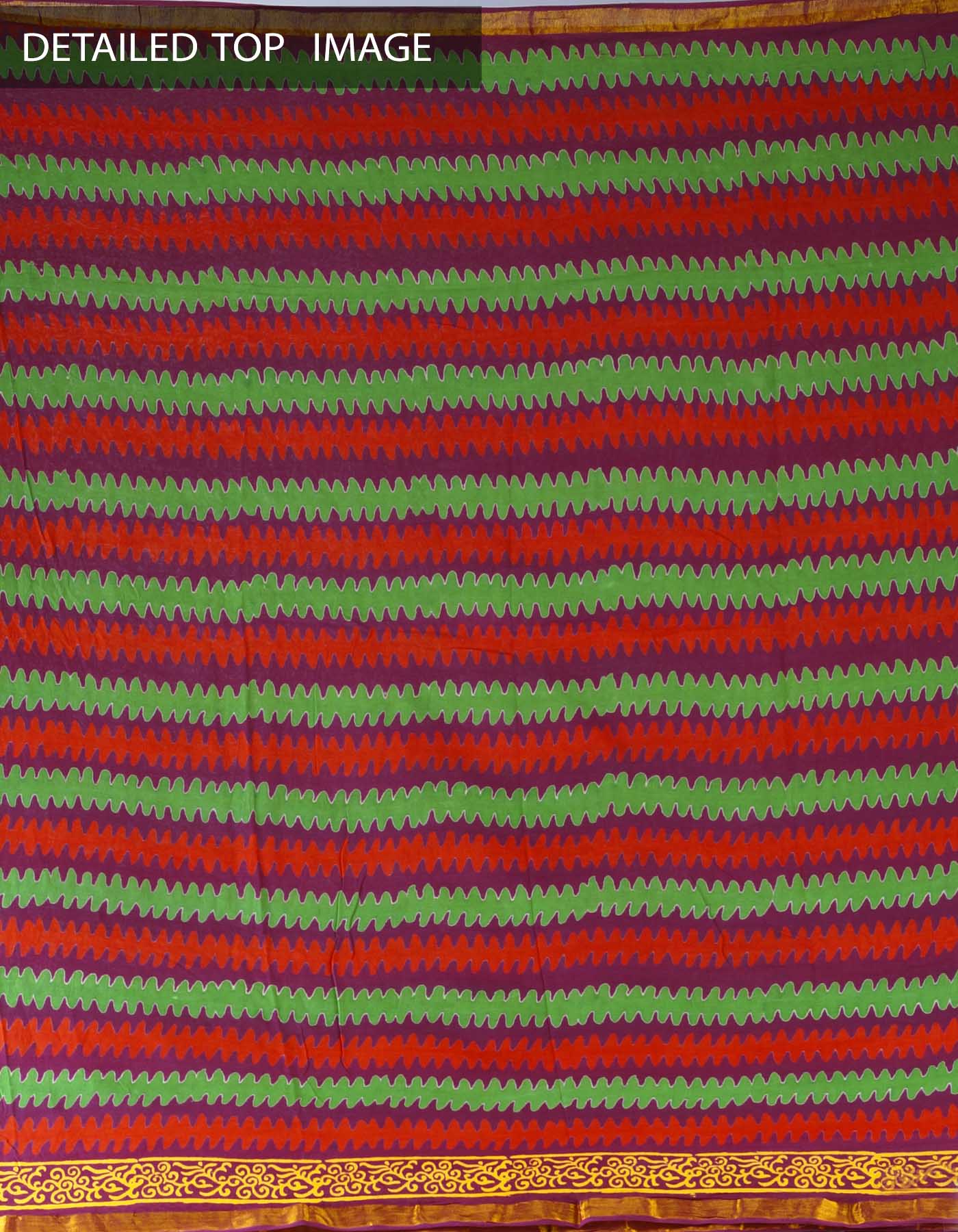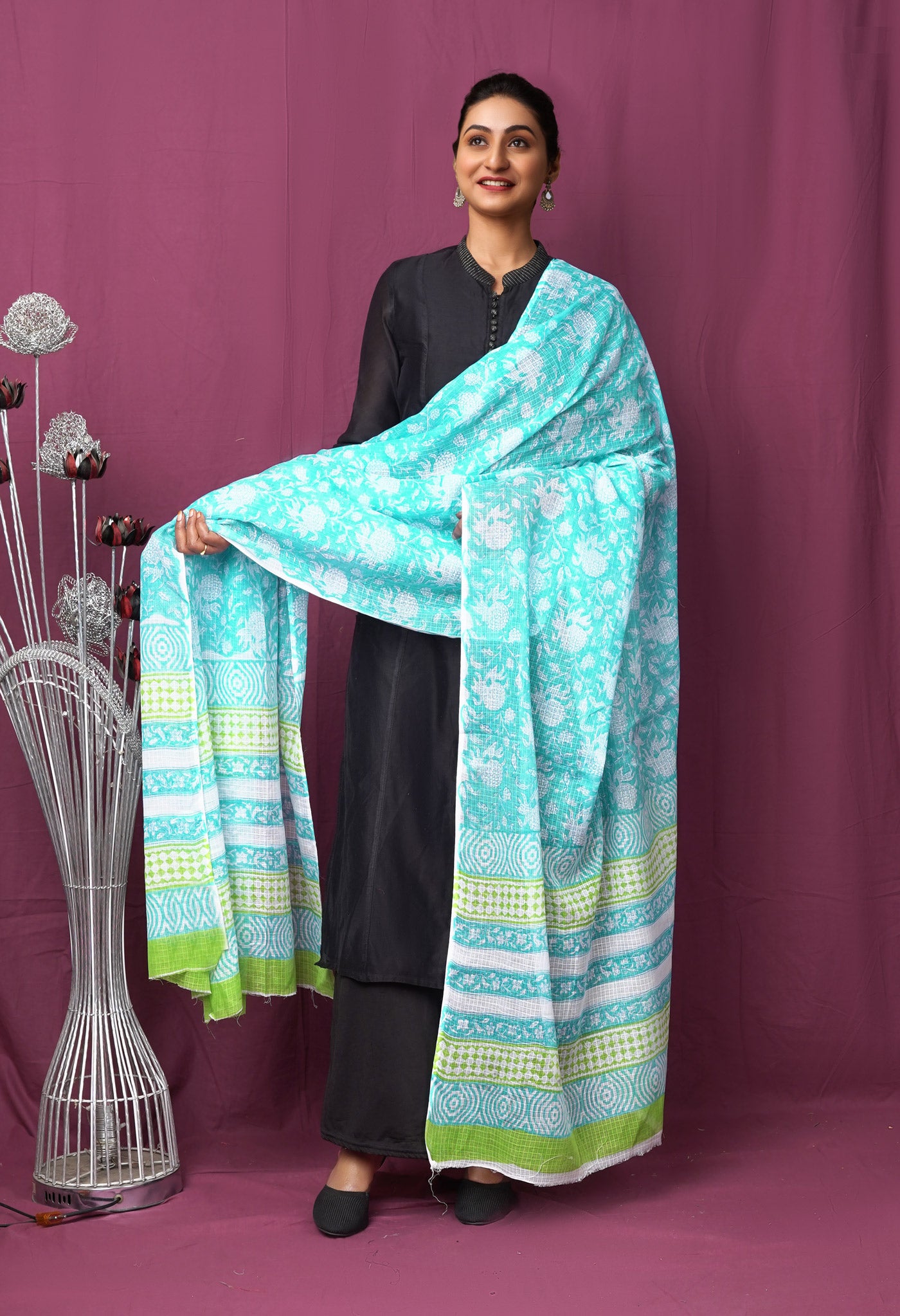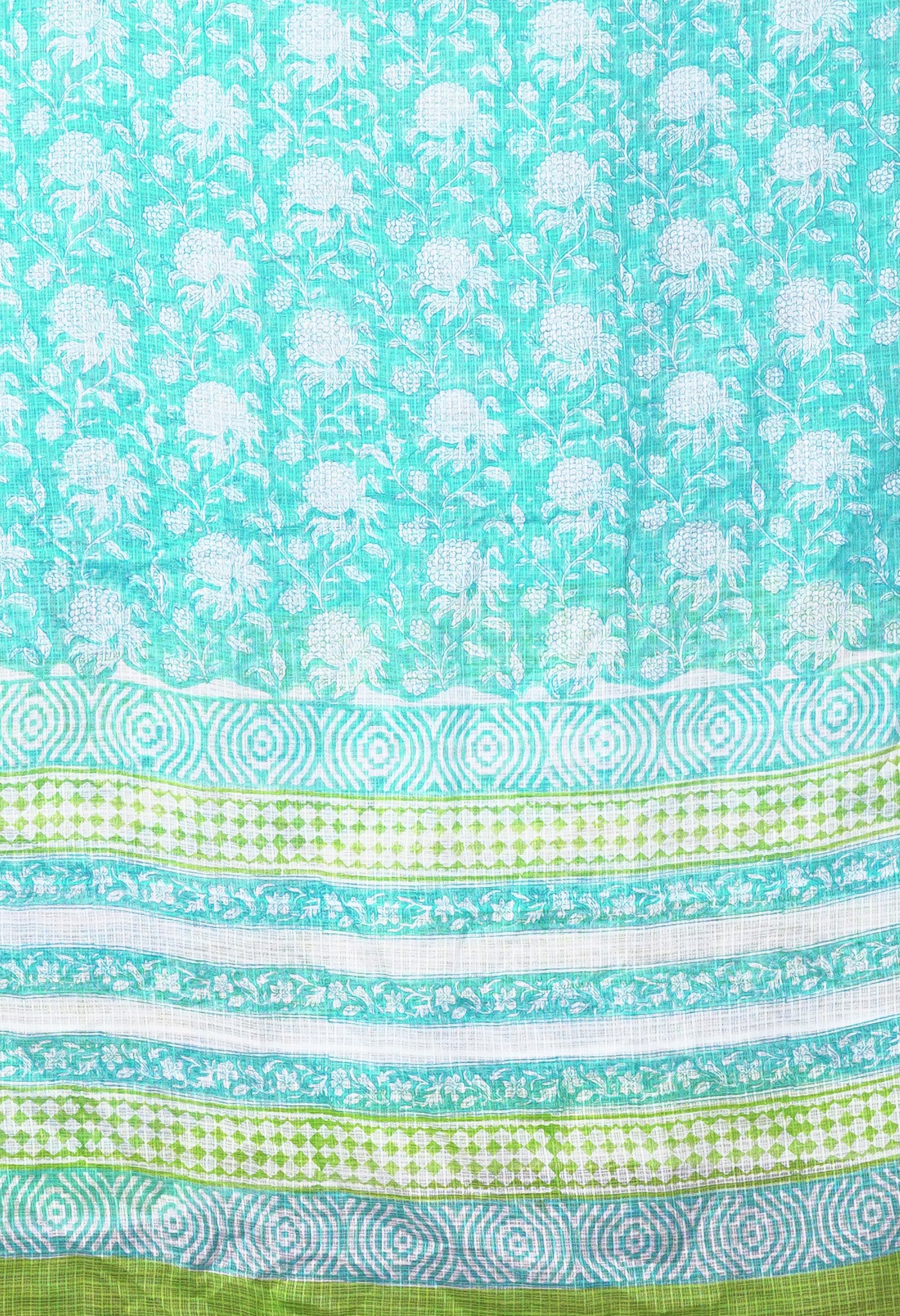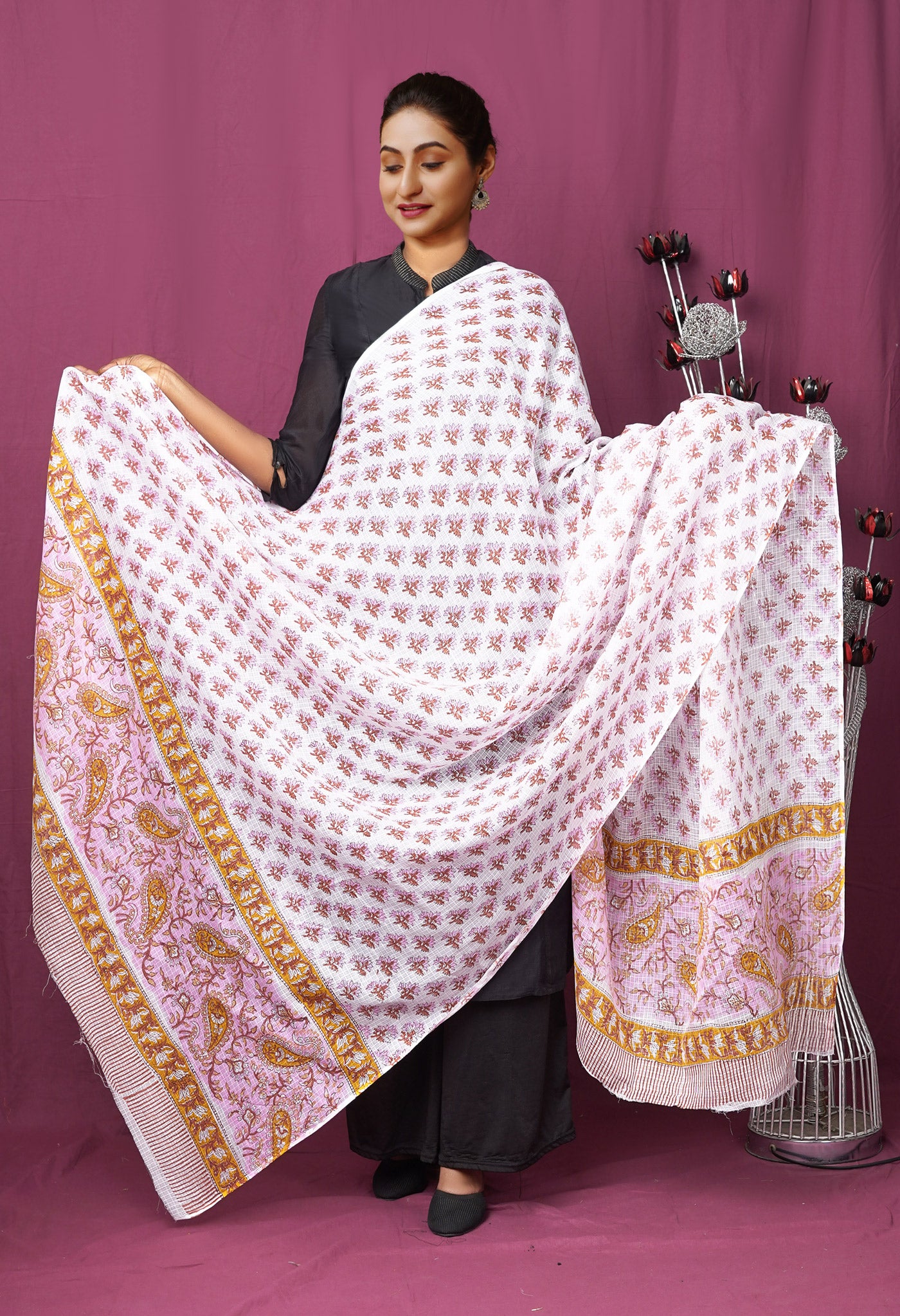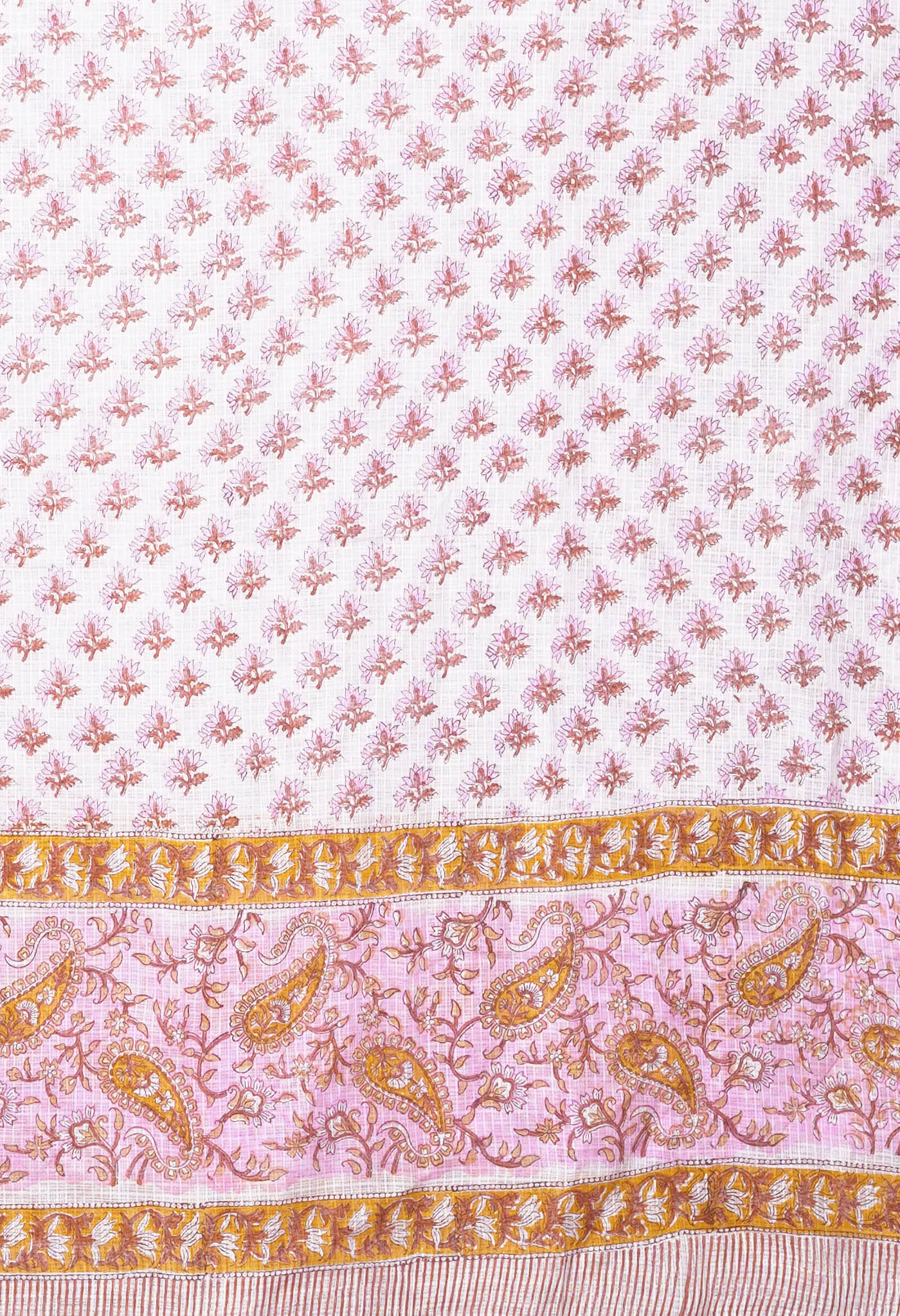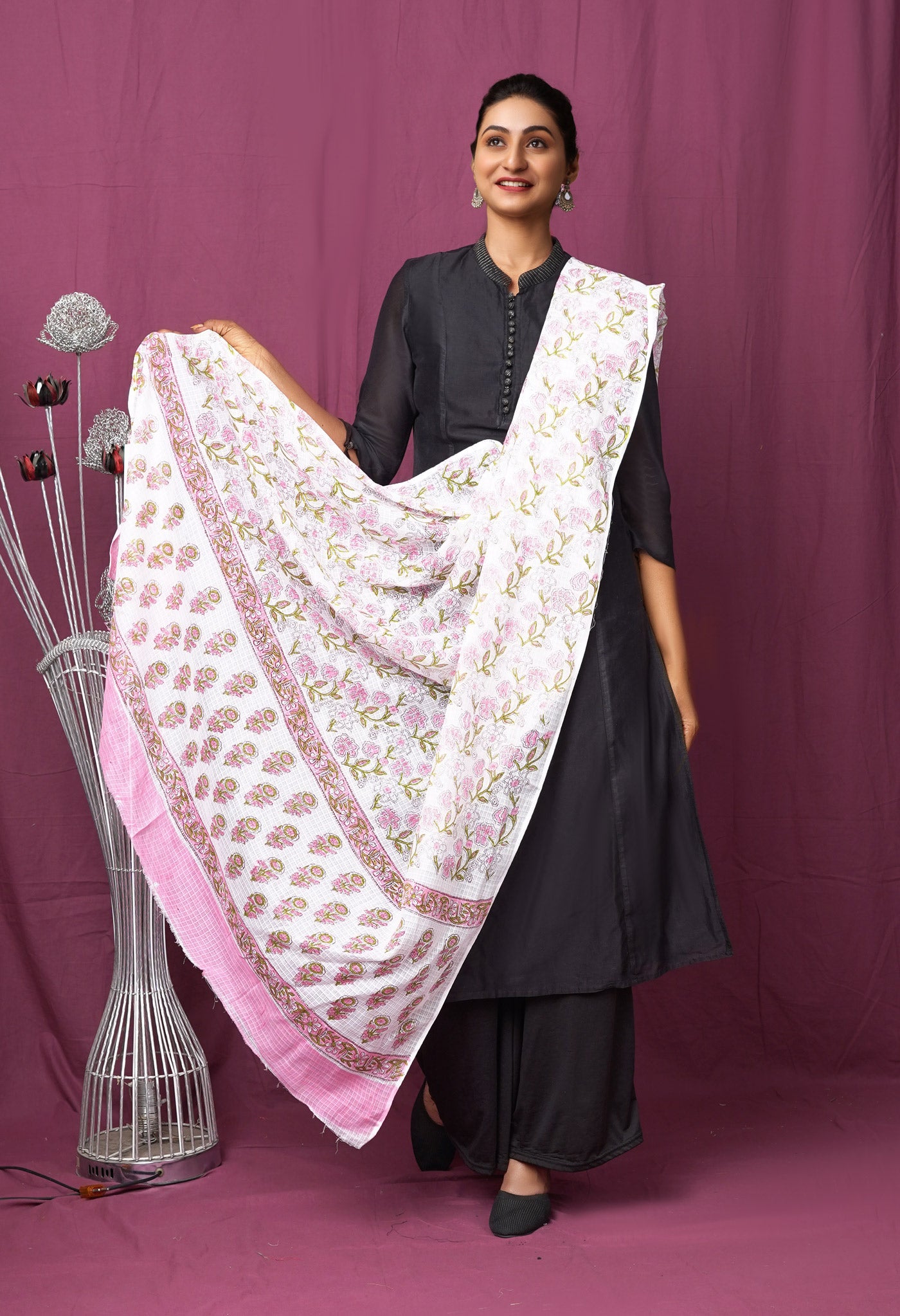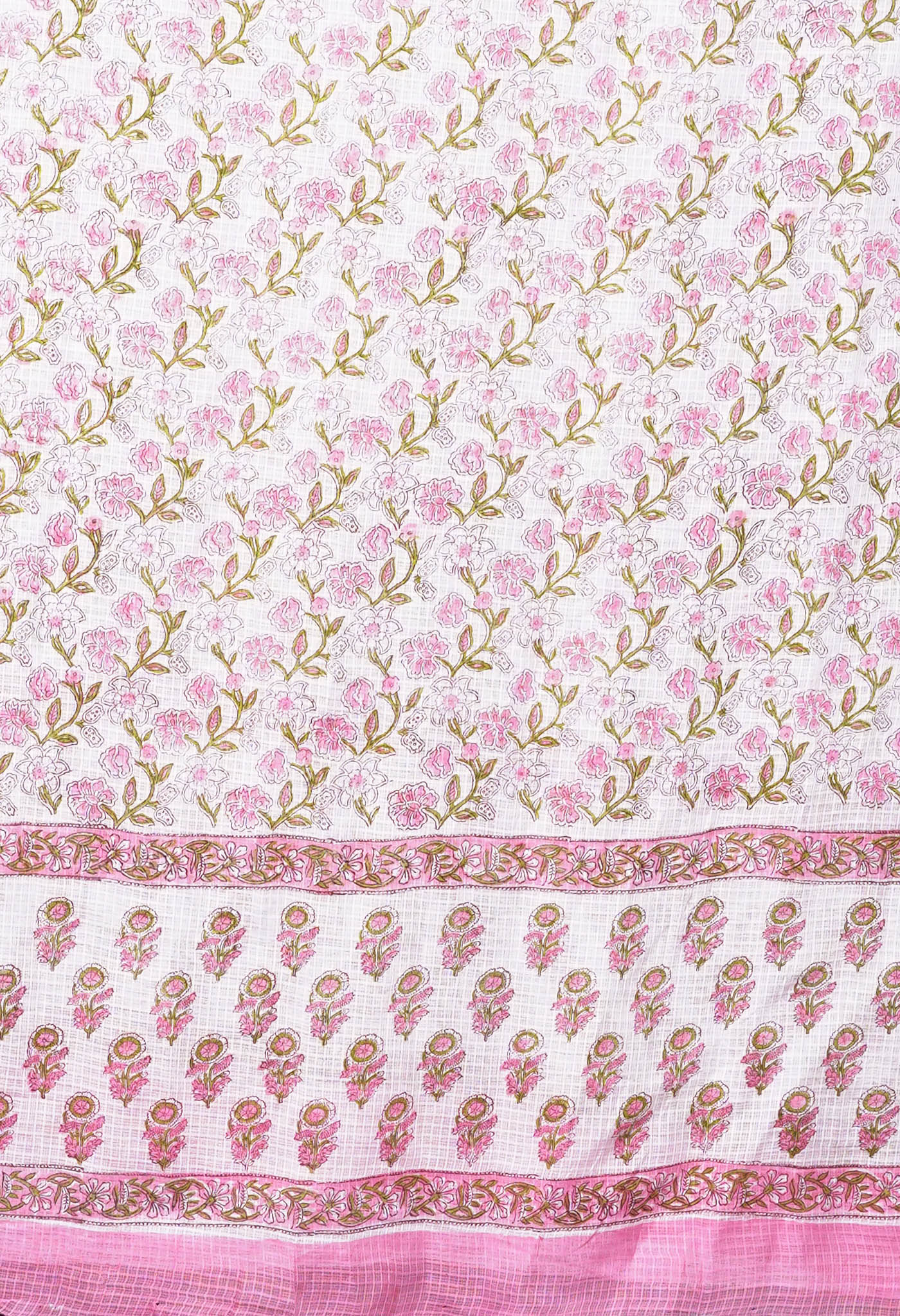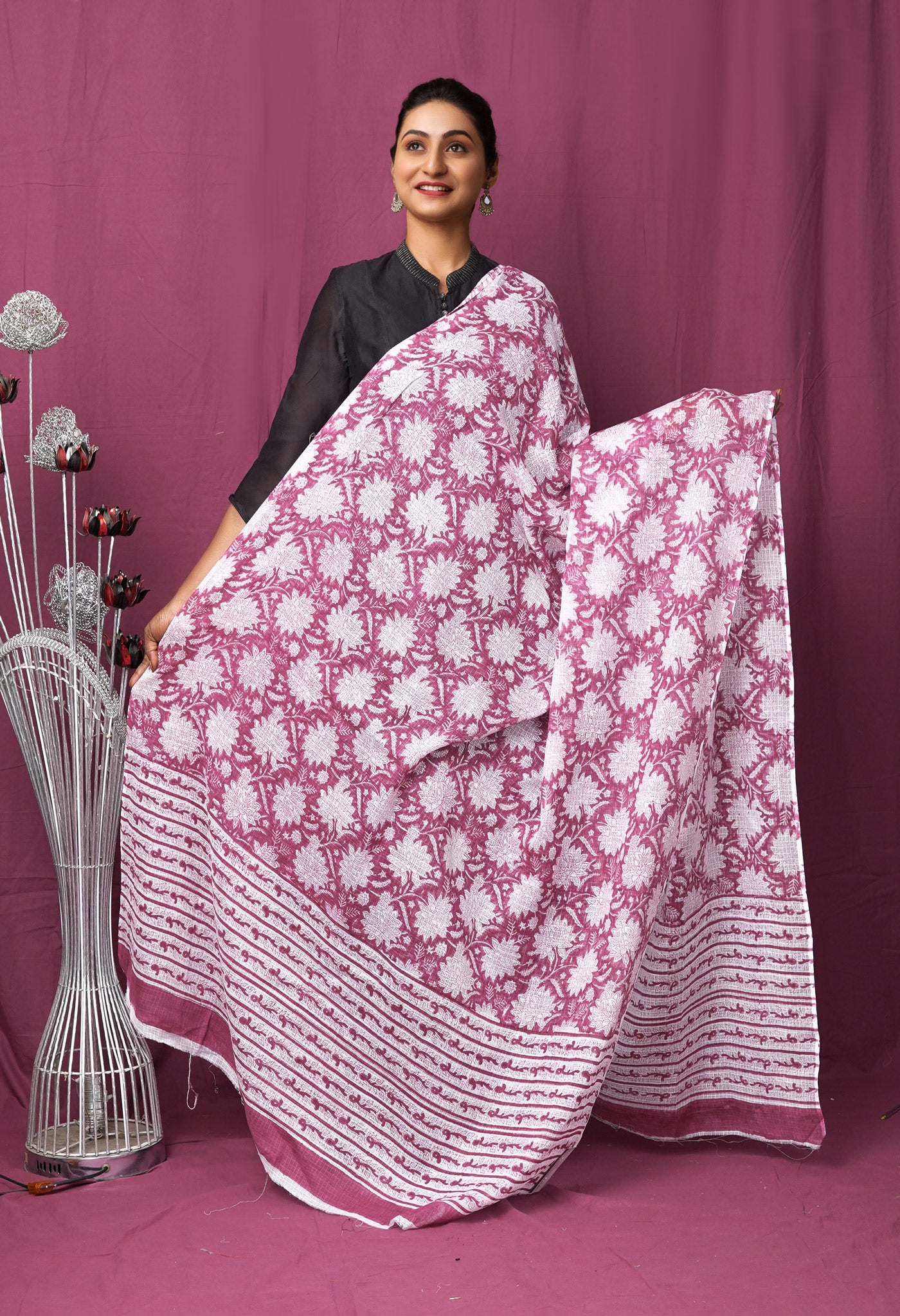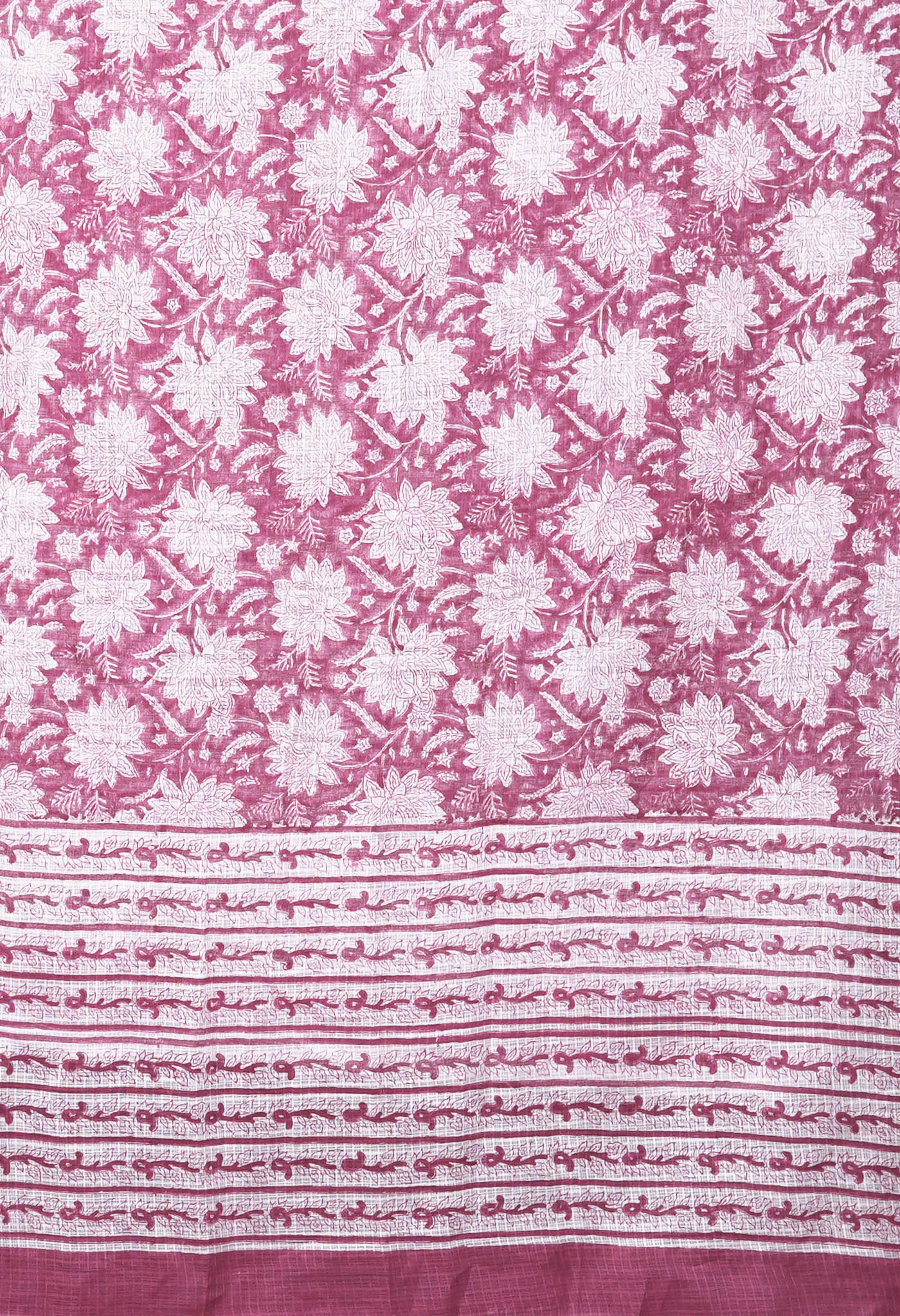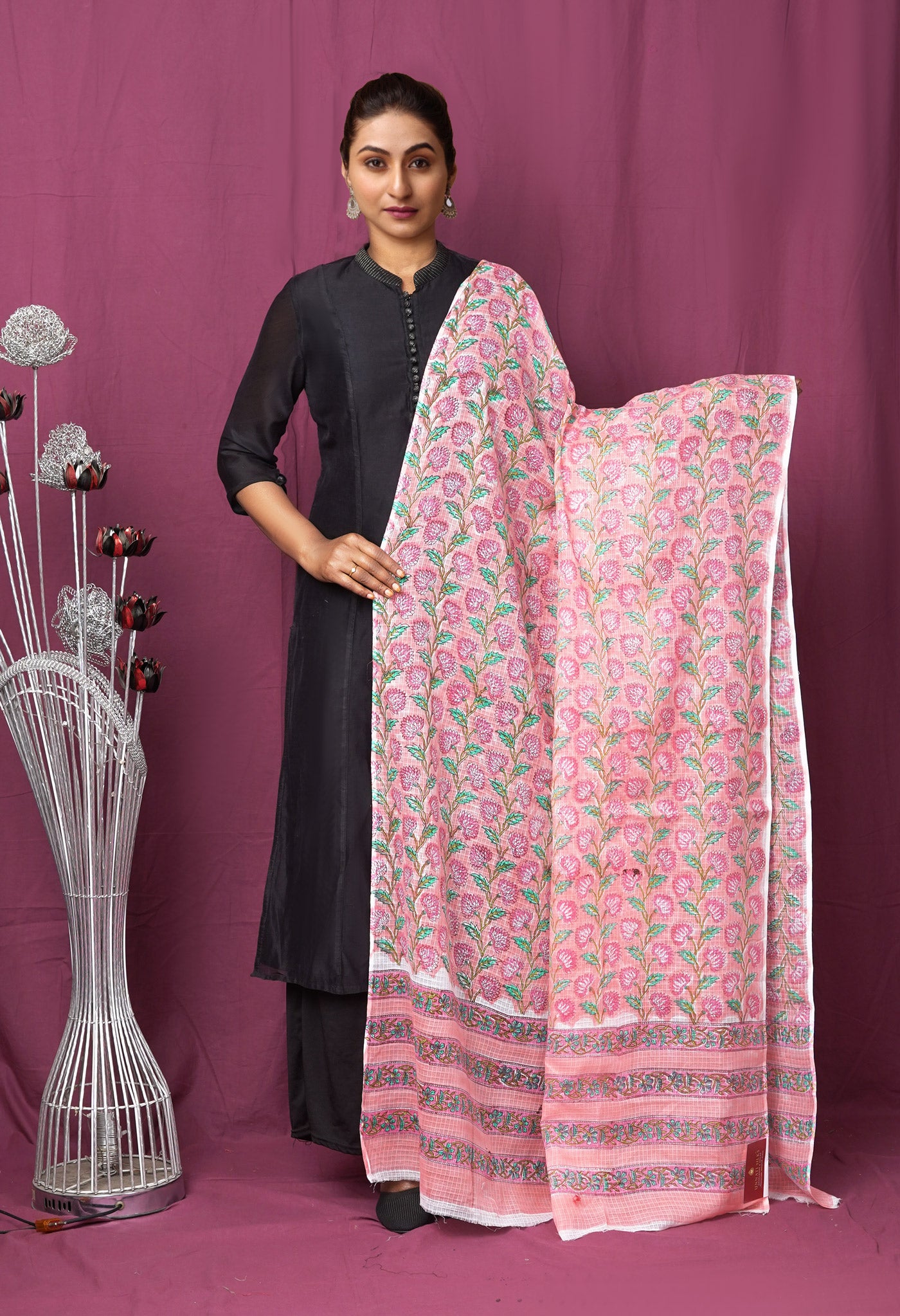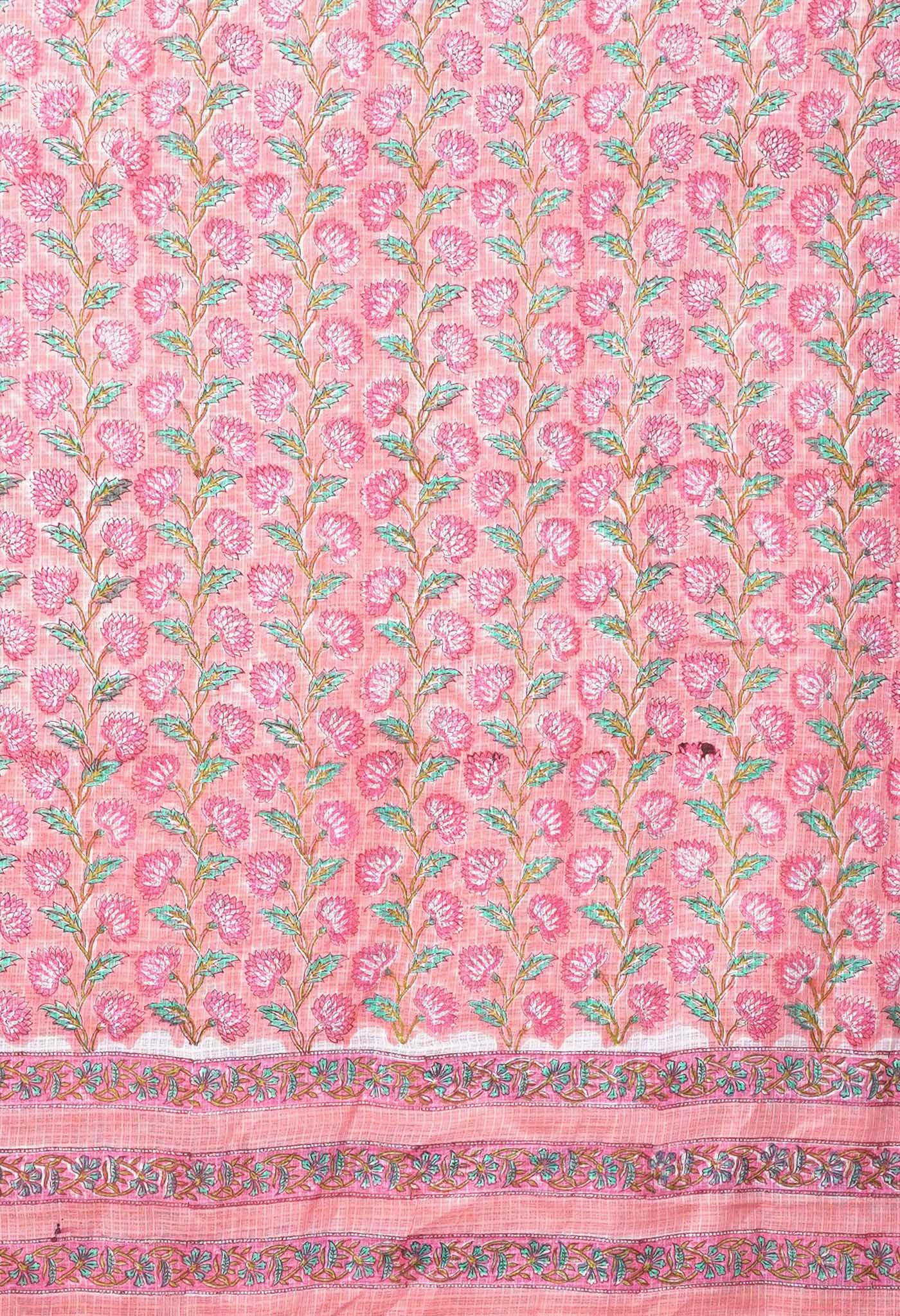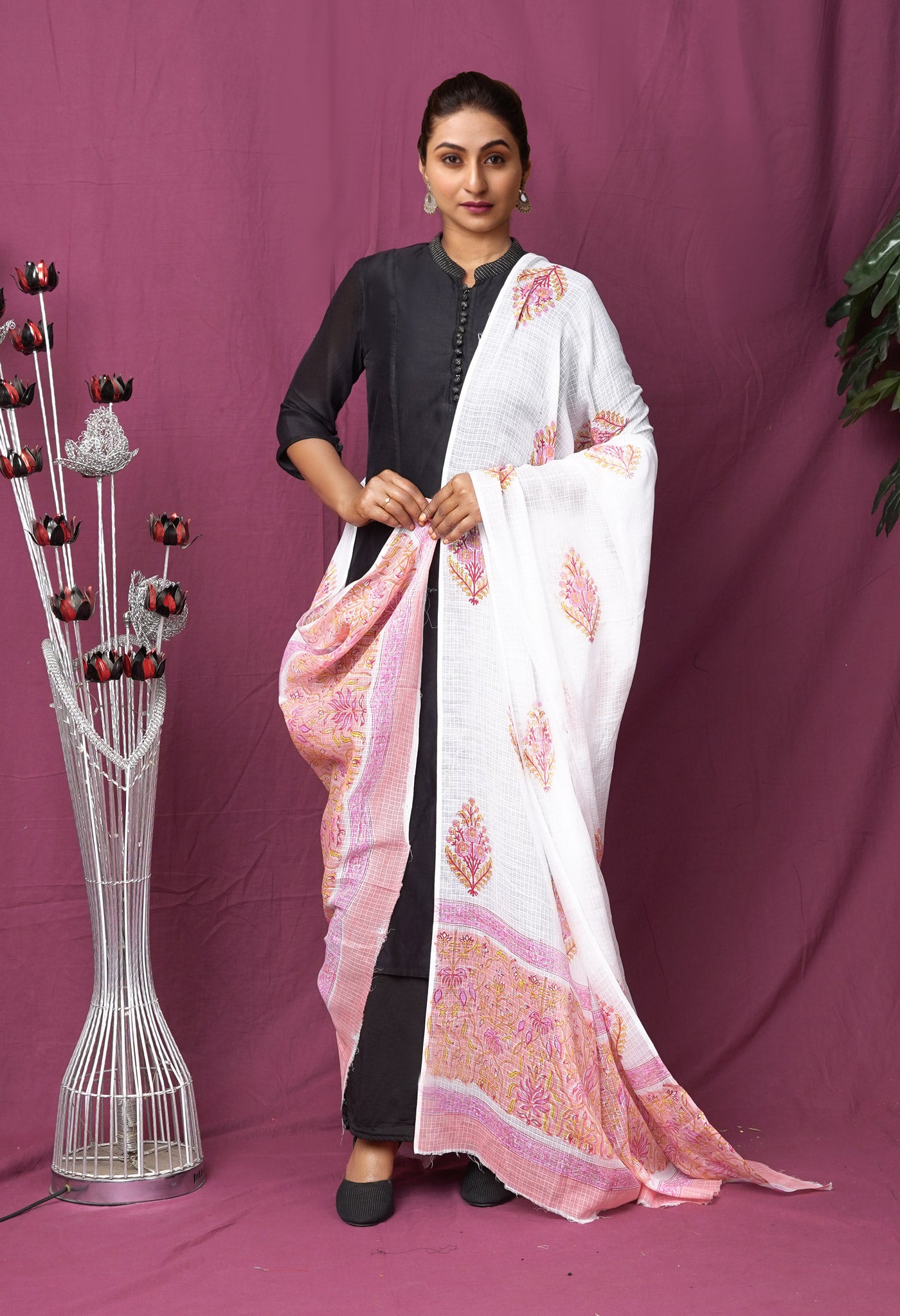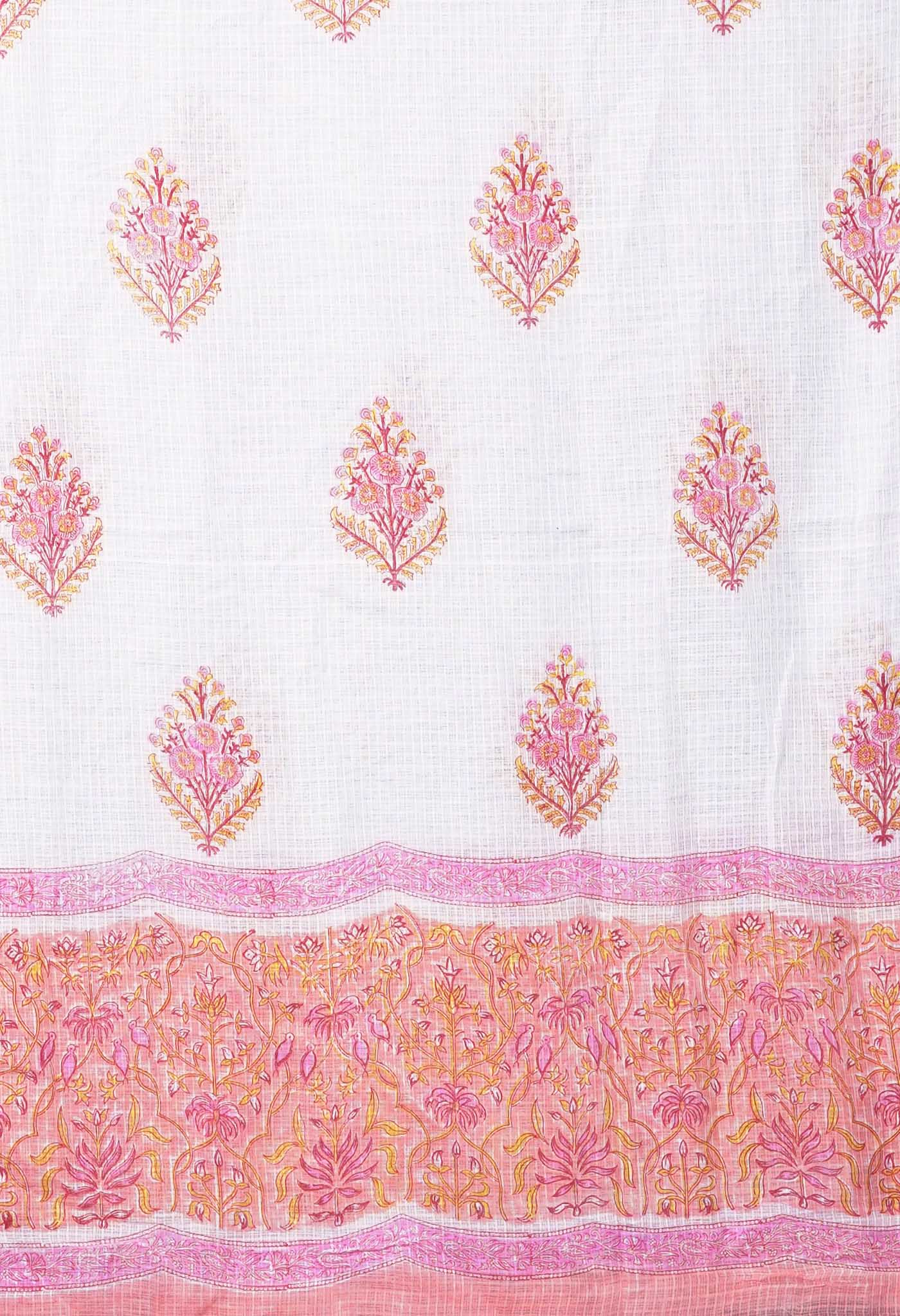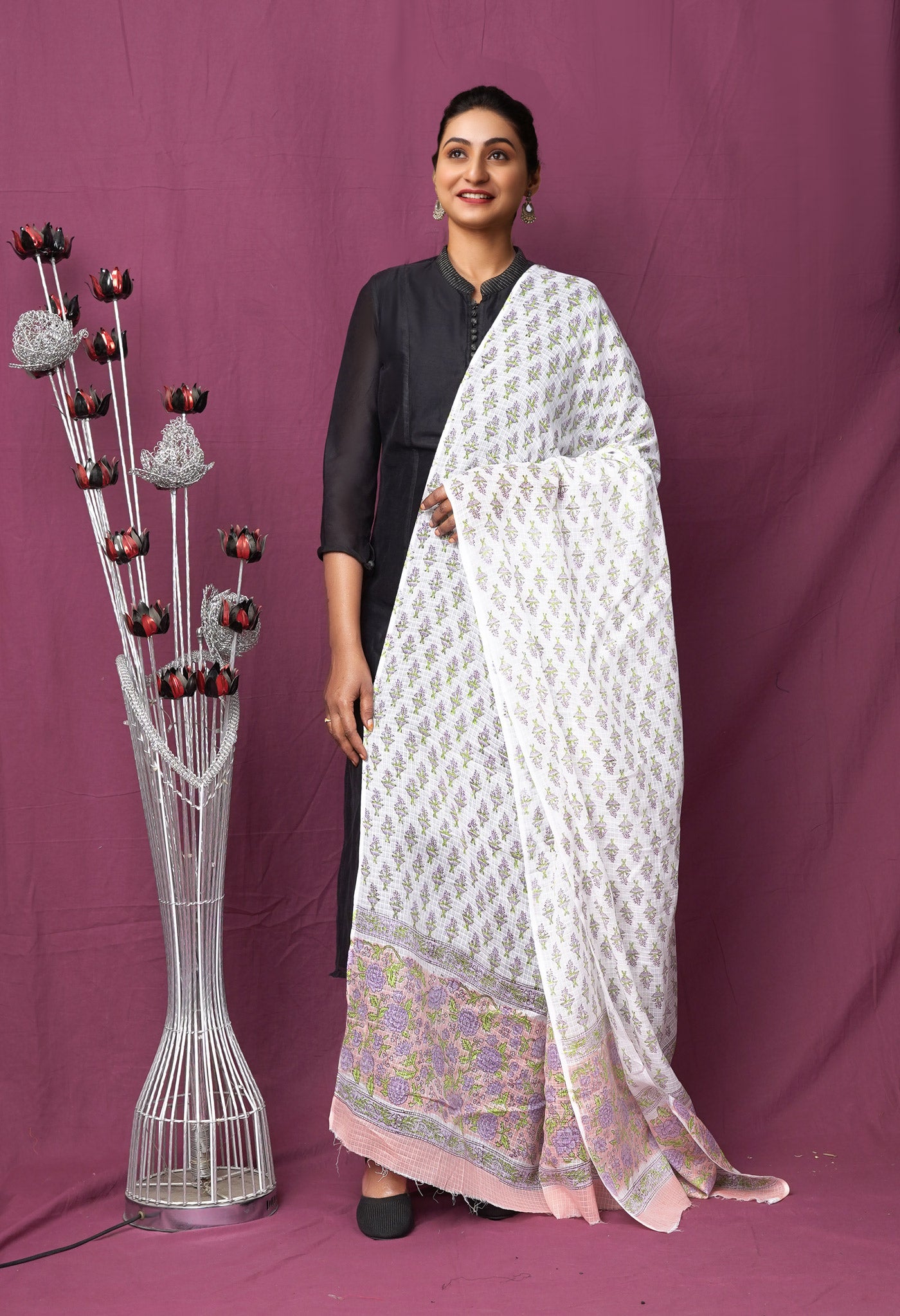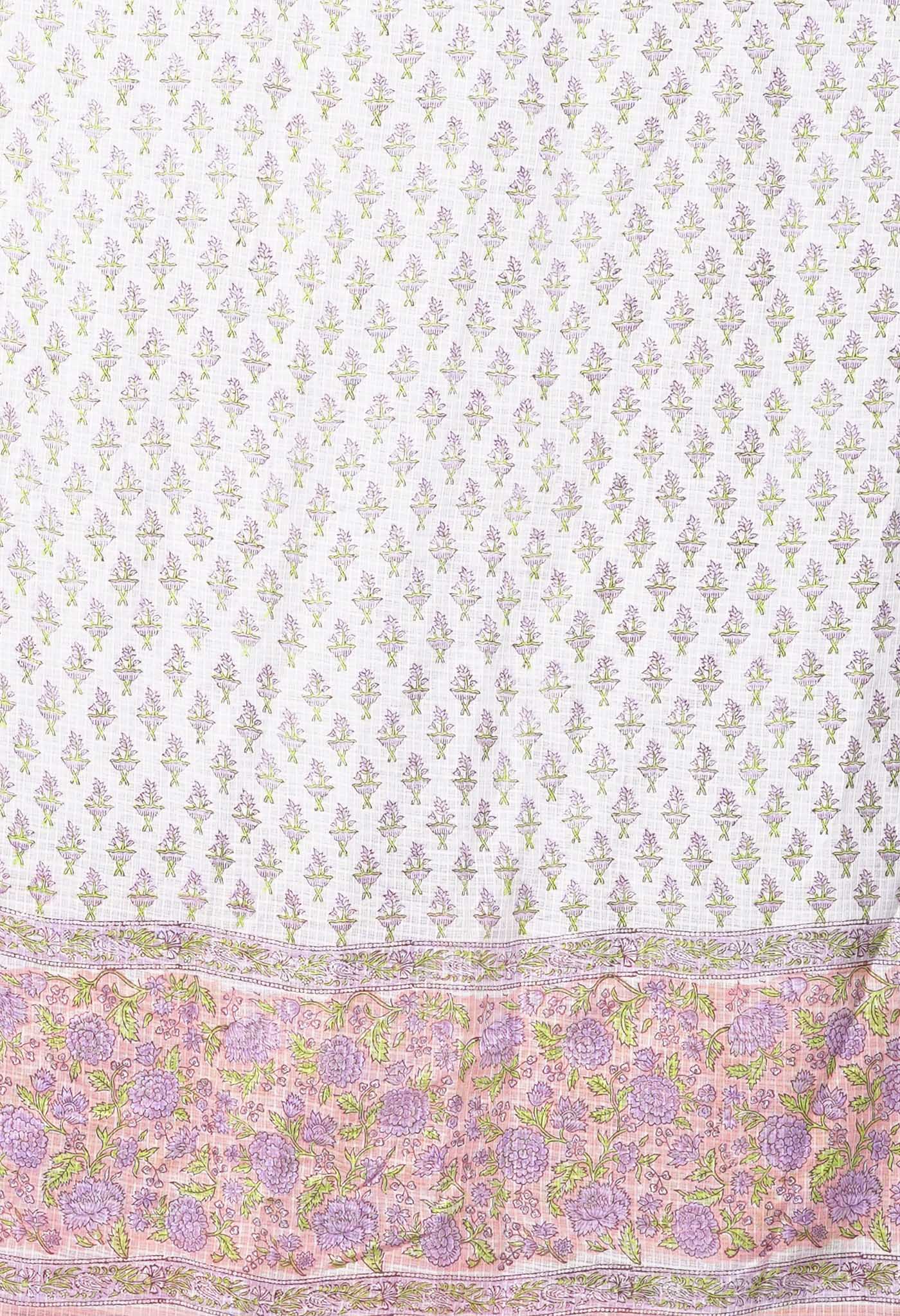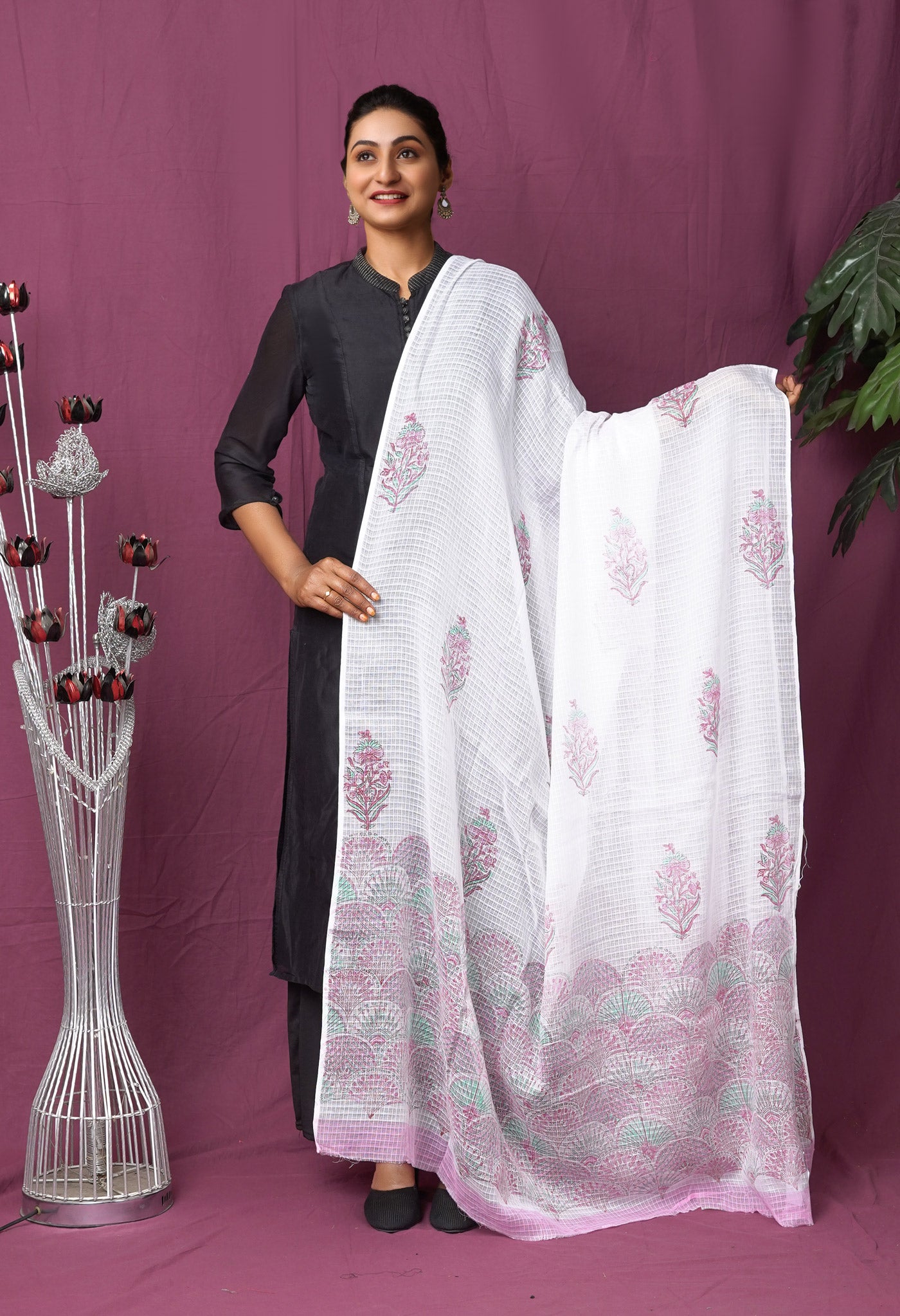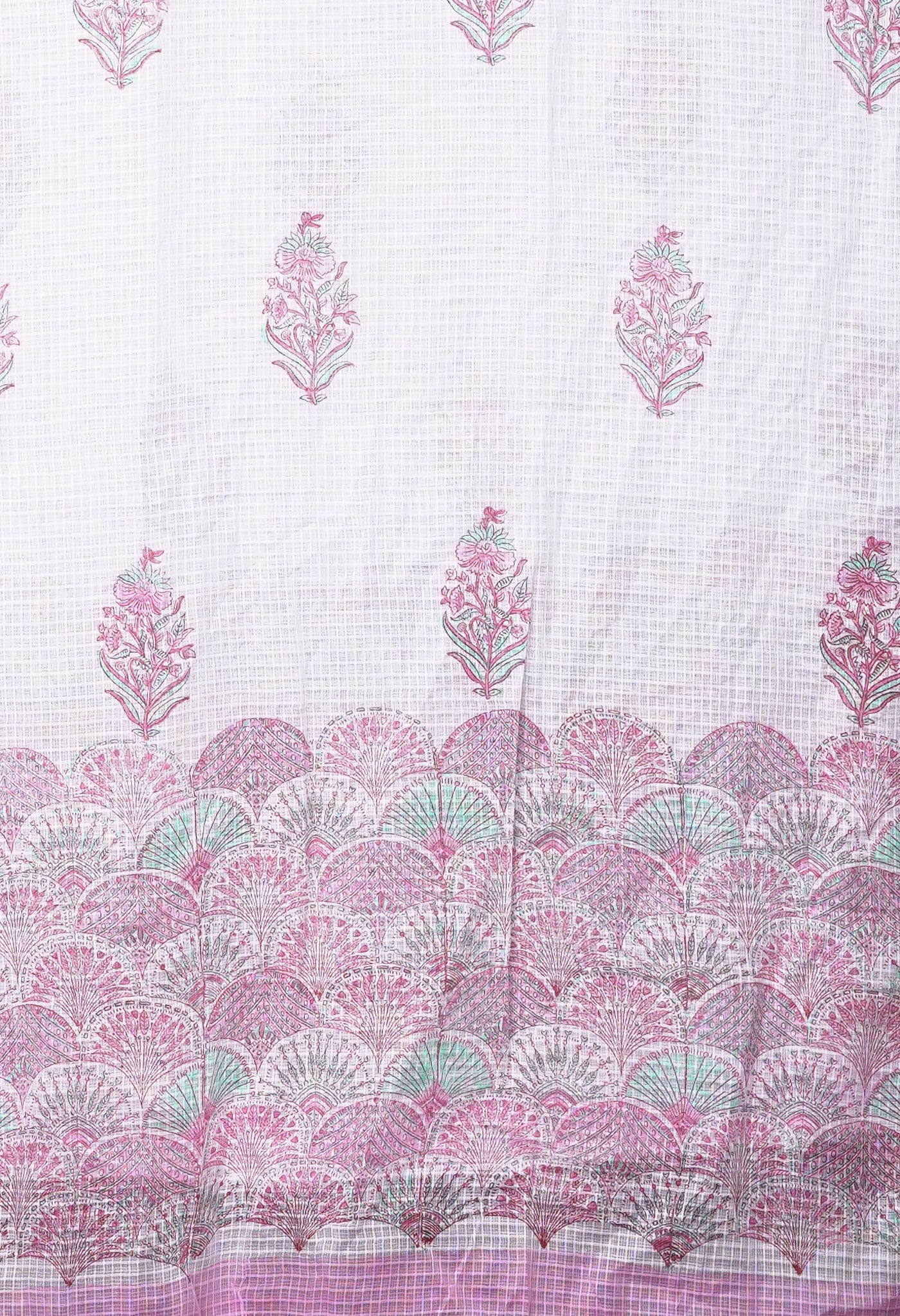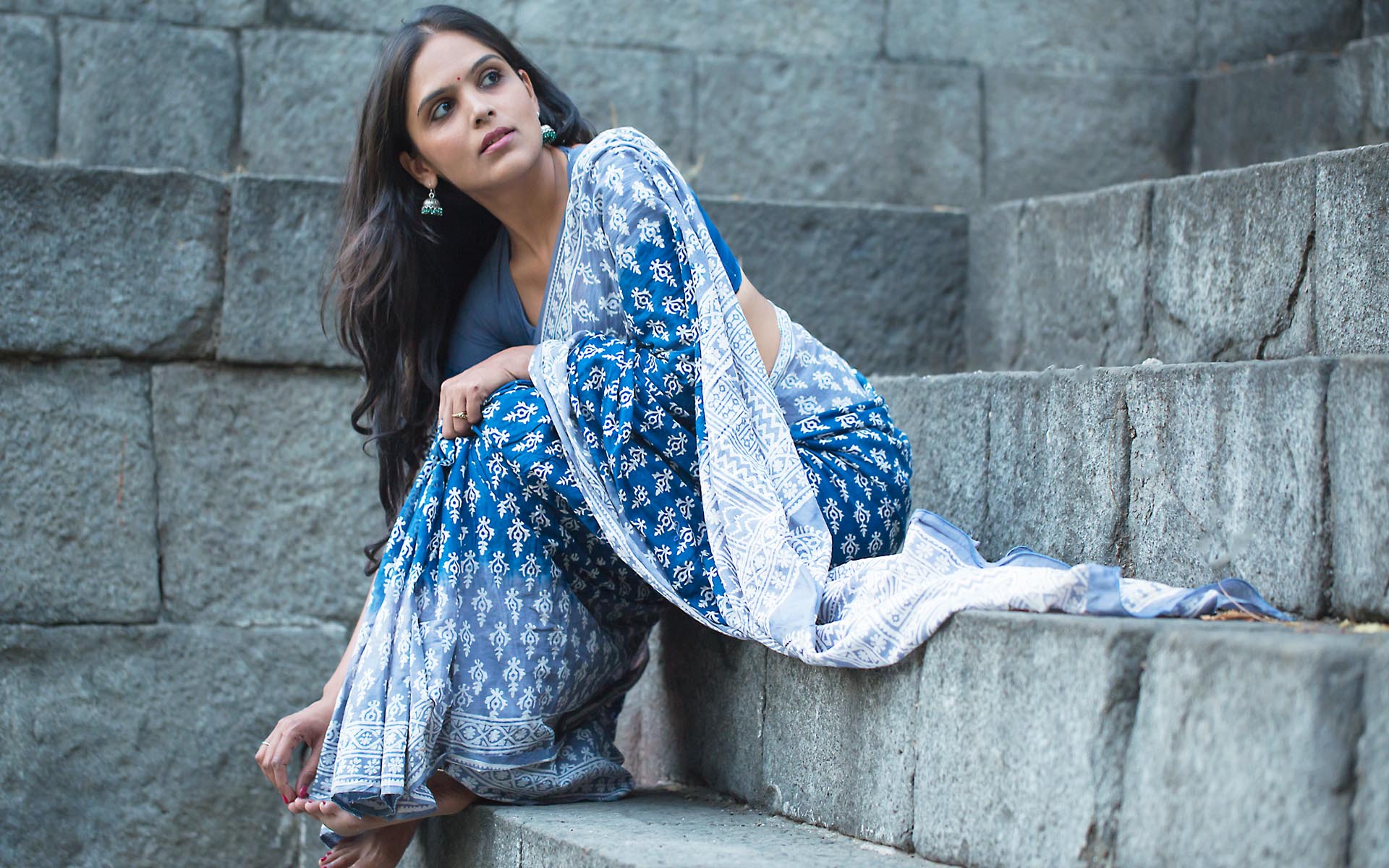
These 26 Sarees are a must for Every Saree Lover’s Wardrobe
The Indian saree is a garment from ancient times that has over the passage of time been much explored and experimented with, to transform from a traditional attire of need to a fashion fabric of appeal. Saree fabric material is varied from traditional cotton & silk to the more recent flavours in jute, nylon, rayon, georgette, chiffon, satin etc. or blends.
Unnati Silks, with handlooms since 1980, proudly presents a fine collection of 26 saree varieties that it believes should adorn the wardrobe of many an Indian woman who sees the saree as an additional ornament to enhance her beauty and allure, besides being the clothing that best serves her in the need for comfort and ease of movement.

1. Ikat saree
Perhaps, one of the most popular and widely sought after artistic crafts since traditional times, adorning Indian ethnic fabrics with its unique and classy outcomes, is the Ikat process, a dyeing technique wherein dye resistant bindings or substances resisting dye penetration are applied over cloth yarn fibres in pre-determined patterns and then the threads are dyed. The resulting creation after the weaving of the threads would expectedly surface in a lyrical colour extravaganza of finesse and precision.
Pochampally in Andhra Pradesh and Rajkot Patola weave of Gujarat are famous for their individual brand of ikkat sarees. The Odisha Sambalpuri and Bomkai Handlooms have their own versions.

The Ikat saree is uniquely processed and be it from Pochampally, Sambalpur or Rajkot, each with its own merit and specialty, it is a variety that no saree lover must miss in her wardrobe.
2. Patola saree
The origins of the Patola can be traced back to Gujarat’s Solanki royal family where the creativity of the Patan Patola incorporated Gujarati sensibilities and design variations. The history, skill and aura created by this amazing creation in silk in double ikat has made it an item that equals an individual work of art. The Rajkot Cotton Saree is a single ikat saree.
Block prints in light to pastel colors on light backgrounds, fresh-feel designs, floral motifs and colored borders are the different variations that bring about variety, innovation in a host of colors. The theme is simplicity with elegance.

Highly recommended as a unique feature in Indian ethnic the Patola saree is something akin to a jewel in the crown of Indian handloom sarees. A must for the fashion diva!
3. Kalamkari
Kalamkari is an art, kalamkari is a craft. Practised with different styles in two distinct places in Andhra Pradesh, Kalmkari has captivated, fascinated and enamoured all those who have come in contact with it. The colors used, the choice of themes, the sharpness of the lines, the intricate detailing and its applicability over a wide range of fabrics have all contributed to its popularity in the market. The Saree is the best canvas for Kalamkari to create delightful detailed narratives, floral gardens and many other decorative depictions by hand that have made it a ‘must have’ for every saree-loving woman.

If you have missed it somehow, buy now!
4. Bandhani
Imagine a whole lot of light colored dancing dots on a vast barren contrasted expanse, arranging themselves into nice patterns and wavy shapes. That is the exotic Bandhani and its variant Leheria Shibori for you. Sensational and gifted offerings, they come from the nomads of the desert regions of Gujarat and Rajasthan. Evolving out of a simple-seeming but extremely calculated process of tie & dye, whose accuracy and appeal arise from the way the knots in the form of resists are tied before dyeing, the precision in the placement of the knots and the colors that are chosen.

The tie & dye collection adorns any Indian woman’s wardrobe bent on a good mix of the traditional and the trendy.
5. Block Printed sarees
Two of the finest examples in the traditional block printing on fabrics are the Dabu Prints and the Bagru prints of Rajasthan. Dabu printing is a traditional art using mud in an elaborate process and a unique way of dyeing and printing by which exceptional print fabrics in fine detail have left modern pundits dumbstruck.
A unique craft in block printing, the fabric is printed with natural dyes or colorants which are derived from plants and animals. Different blocks with different colours are used for the different parts of the overall design. Since a majority of the natural dyes are from plants, Bagru Prints are also referred to as ‘eco-friendly’ prints.

So if you are a lover of unique designs that are a healthy mix of the traditional and the trendy do make a beeline for including the Bagru and Dabu block printed fabrics in your prestigious wardrobe.
6. Patachitra saree
Patachitra is from Pata or ‘cloth’, and chitra or ‘picture’ or ‘painting’. In other words, Patachitra refers to the traditional painting of Odisha, India, where generally the themes that are chosen are based on Hindu mythology, specially inspired by Lord Jagannath and the Vaishnava cult. Lines are bold, very clean, angular and quite sharp. There is an absence of landscapes, perspectives, or intended views. The backdrop would have flowers and other floral representations to distinguish the figures that are drawn or represented in the foreground. There are decorative borders and a theme designed in the form of a narrative becomes evident.

A traditional offering of Odisha, that has fine tribal hand-painted art on smooth Tussar silk and other finely woven silks, would be an object of pride in any woman’s wardrobe collection.
7. Warli Painted saree
The Warlis or Varlis are an indigenous tribe or Adivasis, who have an interpretive language that makes use of the basic shapes. Rudimentary wall paintings made with these as a graphic vocabulary have added a new dimension to fashion fabrics. Generally the womenfolk indulged themselves in these unique paintings that showed only events of daily life rather than mythological themes and religious images. Geometric designs dominate most paintings; dots and crooked lines are the units of these compositions. The appeal of these uni-color compositions lies in their simple unpretentious representations of the profound.
Easily recognized, appealing in the way they are portrayed, the figurines that make up beautiful designer themes for the saree pallus. A must for the woman of fashion!
8. Paithani saree
Traditional trousseau of a typical Maharashtrian bride, Paithani sarees of Aurangabad, Maharashtra speak of finery that has sparkle and dazzle. A rich fabric that employs pure silk threads and silver dipped zari, it is a brocade saree which is completely hand crafted with traditional tapestry technique. A garish display that makes the saree both high-priced and special, its special feature is that it looks identical on either side of fabric.

The Paithani is the pride of Maharashtra for its finery and rich dazzling look. It is definitely one that would be a prize catch in any collection.
9. Batik painted saree
A lot of white floral art work on a contrastingly dark background, either on the entire portion or sections of the saree, it most probably would be Batik printing. A wave of fresh breeze, novel and catchy, Batik prints are eye-catching for their picturesque white designs on coloured canvas. There are 4 popularly known methods for creating Batik in India. Batik is a process using ‘resists’ for making designs on a fabric. Generally wax is used as a resist in Batik. The block printed areas where resists are in place, come out as un-dyed areas in the dyed fabric.
Batik can be done with various types of dye & wax on cotton, silk and other natural fabrics. Cotton is easy to work with and generally gives best results.

Batik sarees are unique, decorative and desirable additions to any lady’s wardrobe.
10. Kerala Kasavu cotton saree
The Kerala Cotton Saree of white or cream with golden or broad Zari border, gives it the name of Kasavu Saree, and is worn specially for festivals and special occasions. The blouse matches the Kerala Cotton Saree for festive occasions with colours based on the age and marital status of the woman.
Modern day prints on the cotton fabric with coloured borders, popular designs of peacock and temple adorning the pallu, have made the Kerala Cotton Handloom Saree popular as daily wear. These fresh-feel light, airy, transparent cottons with pleasing colours are available for a host of occasions from daily casual to office to festivals and functions to the more exclusive weddings and parties.

Once restricted to pure of white or cream with zari border, there have been delightful changes in the Kerala Kasavu with many other light colors being experimented with.
11. Kanjeevaram Pattu silk saree
Kanjeevaram Pattu Silk Sarees, traditional and rich-looking are made of pure silk, with motifs having zari of silk threads dipped in liquid gold and silver. Made from extremely pure and costly materials, the appeal of the Kanjeevaram Silks, lies in the elegant broad borders with colours and designs different from that of the body. Priced from a modest Rs. 2000/-, the Kanchipuram Silk Saree could be upto a lakh and above, based on the design, motif and materials used.
A must in every South Indian woman’s wardrobe, it is on display at weddings, social functions and festivals prominently.

A prize catch for any lady’s saree collection.
12. Madurai Cotton saree
Sarees woven from highly mercerized cotton and block printed reflecting the Bandhani patterns, derives its look from the mercerization of the weave that gives lustre and strength to the fabric. The universal appeal of Madurai cotton sarees lies in its ability to absorb heat and is best for summers or hot climatic conditions. Affordably priced, with trendy designs and patterns, with exquisite borders and attractive motifs have given the Madurai Sungari a new look, making it a must-buy for all age groups and a widely accepted choice for daily and occasion wear.

Definitely one that adds worth to your wardrobe for its utility value!
13. Mysore Silk saree
The traditional Mysore Silk saree is regal in appearance and inspiring in its unchallenged position of pride. A royal fabric of grandeur, the Mysore silk saree was originally meant exclusively for the Royal family. Over a period of time it was available for high ranked and special status persons in society. Today it is available to the market. Despite numerous other saree varieties flooding the market, neither has its demand reduced nor its appeal diminished for the undimmed finery and exquisite workmanship that are its hallmarks of excellence continue to remain as they always were.
The sari rarely fades owing to the purity of the gold and silver used. Despite being a costly and delicate fabric, it does not require excessive care for its maintenance. Mysore silk saris are further enhanced with the use of kasuti embroidery, thickly woven pallus and colour experiments.

The Pride of India since traditional times, Mysore Silk Sarees are a treasure to any saree lover.
14 .Dharwad Cotton saree
Dharwad in Karnataka, India, has sparked interest in cotton creations of a new kind. Path breaking experiments that have developed naturally grown colour cotton in brown and green have now made it possible to have cotton commercially on a large scale grown in these colours in other regions of India too where the soil could be favourable. Unique for their colors, soft in texture and comfortable in wear, the Dharwad sarees are a nice change for the adventurous.
Do buy it !
15. The Andhra Handloom sarees
United Andhra Pradesh before it split into two states, had a region known for its fine handloom fabrics in silk and cotton, that showcased India to the world for its variety and quality of weave. Narayanpet known for its fine pattu silks with Nizam borders, shimmer and high count weaves, Dharmavaram with lovely smooth textured lustrous silk sarees that were a connoisseur’s delight, Mangalagiri & Venkatagiri with fine handloom cottons, Gadwal & Uppada with their fine Pattu silks, and the illustrious Pochampally with unique double ikat sarees and fine silks were a force to reckon with.

A handloom saree from each of these hubs would enhance your wardrobe tremendously.
16. Tussar Silk sarees
Tussar Silk Sarees, also known as ‘Kosa’ Silk Sarees, made from ‘wild silk’, a name given because the silkworms breed on trees like Sal and Arjun found in the forests of Jharkhand. Tussar Silk is mainly found in India, in the states of Jharkhand, Chattisgarh, and Bhagalpur in Bihar. Tribals in Jharkhand, for whom sericulture accounts as a major source of livelihood, and weavers of Bhagalpur, are skilled weavers of hand-woven Tussar Silk Sarees. Hand-woven Tussar Silk Saris are well known for their texture, zari borders and motifs and the hand crafted designs that enrich them.

Tussar Silks can just not be missed by You.
17. Chanderi saree
Chanderi sarees, known for their light weight, pure texture, elaborate zari border and glossy transparency are sheer fabrics, so fine in texture, that it is a tribute to the spirit of the weavers who are the authors of this wonderful creation. A weaving art since royal times, this ethnic tradition has still survived the test of time, thanks to the people of Chanderi.
Enhancing the beauty further is the ‘Butti’ or motif, which is an interlaced, hand-woven, shape, consisting of gold, silver or copper coated threads. The Chanderi Saree lends to the wearer, makes it ideal for special occasions, marriages or social functions.

No woman desiring appeal and allure should be without a Chanderi.
18. Maheshwari saree
From the time of Rani Ahilyabai during the Holkar rule, and her personal encouragement to weavers who migrated from other places and stayed put in Maheshwar, handloom weaving has become a cottage industry that has turned Maheshwar into a booming hub for unique, exceptional handloom weaves that are famous not only in the country but overseas as well.
The Maheshwari Saris are exclusive for their unique designs on silk and cotton fabrics, the fine use of zari and brilliant use of stripes, checks and exquisite floral borders. Distinctive features of the Maheshwari Saree are its light weight, shiny lustre, and a fine display of colours, with brilliant motifs, an attractive Pallu and a border to match.
Also notable are the unique block printed sarees of Bagh village with their unique block prints and earthy hues that have created a sensation in traditional handloom printed fabrics for their creative designs and imaginative placements on the same saree.
Sarees that should be definitely part of your collection!
19. Jamdhani saree
Jamdani or Jamdhani is a fine art weave attachment, intended to enhance the look and appeal of the saree on which it is hand woven. It is also considered a hand-woven technique that creates patterns of various colours and designs on cotton or silk sarees. Intending to improve the aesthetic appeal, it takes the form of cotton and gold colored thread weaving to create motifs of geometric patterns and floral designs in colourful hues.
A traditional weave that came from Bangla Desh, it is also the pride of West Bengal, India. So universal is the appeal, that today the Jamdhani is an inclusion today in the making of some of the other traditional handloom varieties also across India, such as the Banaras, Venkatagiri, Uppada, Kanchipuram, Dharmavaram, and Mysore Sarees.

Unique for its craftsmanship and alluring for the wonderful weaving patterns, it would be a lovely addition to your other catches.
20. Kantha saree
Kantha work is embroidery on used or discarded apparel, transforming them into extraordinarily renewed creations with extended life. A unique traditional art from Murshidabad, Kantha Work is embroidery that is popular and practised in Bengal and Bihar. It consists generally a running stitch on the sarees in the form of motifs such as animals, birds, flowers, simple geometrical shapes and scenes from everyday life.

One more to definitely possess for its ethnic craftsmanship!
21. Banarasi
Considered one of the holiest cities in India and the world, Benaras is also known for its famous muslin and silk fabrics since centuries. In an awesome display of grandeur, the Banarasi saree has always been exclusive and captivating. Finely woven and with rich brocades in gold or silver zari that includes fine designs and engravings, the relatively heavy and opulent affair is part of every bride’s trousseau and a must-have finery fabric for weddings and exclusive occasions in many Indian homes.

No North Indian wedding is complete without the Banarasi saree. A must-have for anyone who likes silk, purity of materials, craftsmanship and grandeur.
22. Kota
Kota is known for its fine translucent muslins called Masuria Malmal. The Saree woven on a traditional pit loom is in a manner designed to produce check patterns on the fabric. The square shaped checks known as Khats, make the yarn strong and durable. The Kota Doria weave employs the warp and the weft in a special combination of cotton and silk threads. While the cotton threads provide the binding strength, the silk threads together lend lustre to the fabric.

Sheer muslins of strength, durability, good finish and elegant combinations, the Kota saree should definitely be included in your collection.
23. Pashmina
When the fine wool of the Himalayan goat is blended with good quality fine spun cotton or quality silk from the valley, it yields a fine Pashmina cotton or silk saree, one of the ‘finest’ pieces of apparel that could drape a woman so alluringly. The Pashmina saree is beautifully adorned with Kashmiri embroidery or Kashida, that employs bright and colourful designs, with motifs of floral borders, paisley and chinar leaves and other inspirational settings of nature, that the elegance and allure of the wearer of the saree, is heightened.
A saree worth its weight in gold, it definitely should be a part of your fine collection.
24. Bengal Handlooms
A wide and wonderful mix of silks and cottons that include Muga and Eri designer silks of the North East, the fine Tant & Dhakai muslin cottons and the exclusive Baluchari silks of West Bengal, with also the Jamdani and Kantha worked varieties that make for a wide and varied range of handloom sarees to choose from.

Take your pick from some of the finest in the land.
25. Chikankari sarees
Chikankari refers to a special kind of embroidery that enhances the appeal of fabrics in which it is included. An art since Mughal times, Chikankari is mostly light handiwork on slightly dark fabrics that is practiced in Lucknow and surrounding areas. Today variants are also available to see in cities like Jaipur and Delhi. Chikankari decorated Lucknowi cotton sarees are quite a ‘rage’ and ‘range’ in the designer variety.

You definitely need to add this to your collection.
26. Ajrakh Printed saree
Ajrak printing is a distinguished form of woodblock printing that originated in present-day province of Sindh, Pakistan and neighbouring Indian districts of Kutch in Gujarat and Barmer in Rajasthan. The essence of ajrak printing is to celebrate nature in terms of the vast use of natural raw materials and resources and the representation of its motifs and colours. For millennia artisans have made use of natural dyes to produce the deep intense colours of ajrak, such as extracts of the madder plant for red and extracts from the true indigo plant for the popular indigo colour. The motifs featured in ajrak print are mainly elaborate geometric jewel-like shapes that incorporate motifs which symbolise nature, such as stars and flowers. Noorjehan Bilgrami, an esteemed artist, textile designer, research and author, has played a major role in the modern-day perpetuation of the art and craft of ajrak printing.
If you see the printed designs and the earthy hues you would unhesitatingly make it a part of your wardrobe.
These are most of the finest in handloom saree weaves that would make your wardrobe look like an assortment of collector’s items and a connoisseur’s choice of the finest. Besides the variety there is grandeur and there is comfort, there is craftsmanship and there is creativity, there is allure and there is uniqueness. A lovely mix of sarees that has the traditional moving towards trendy, extraordinary moving towards the exceptional, popular moving towards being celebrated!


